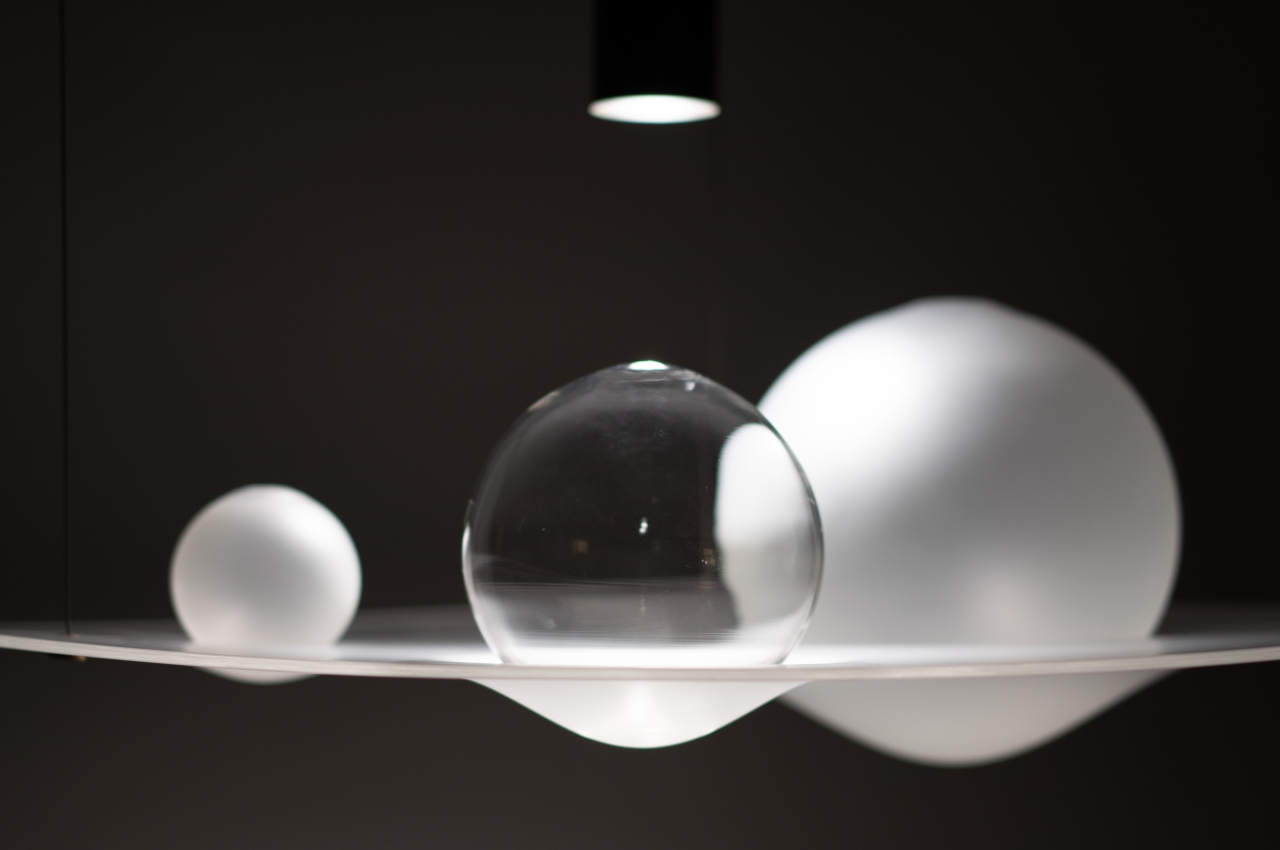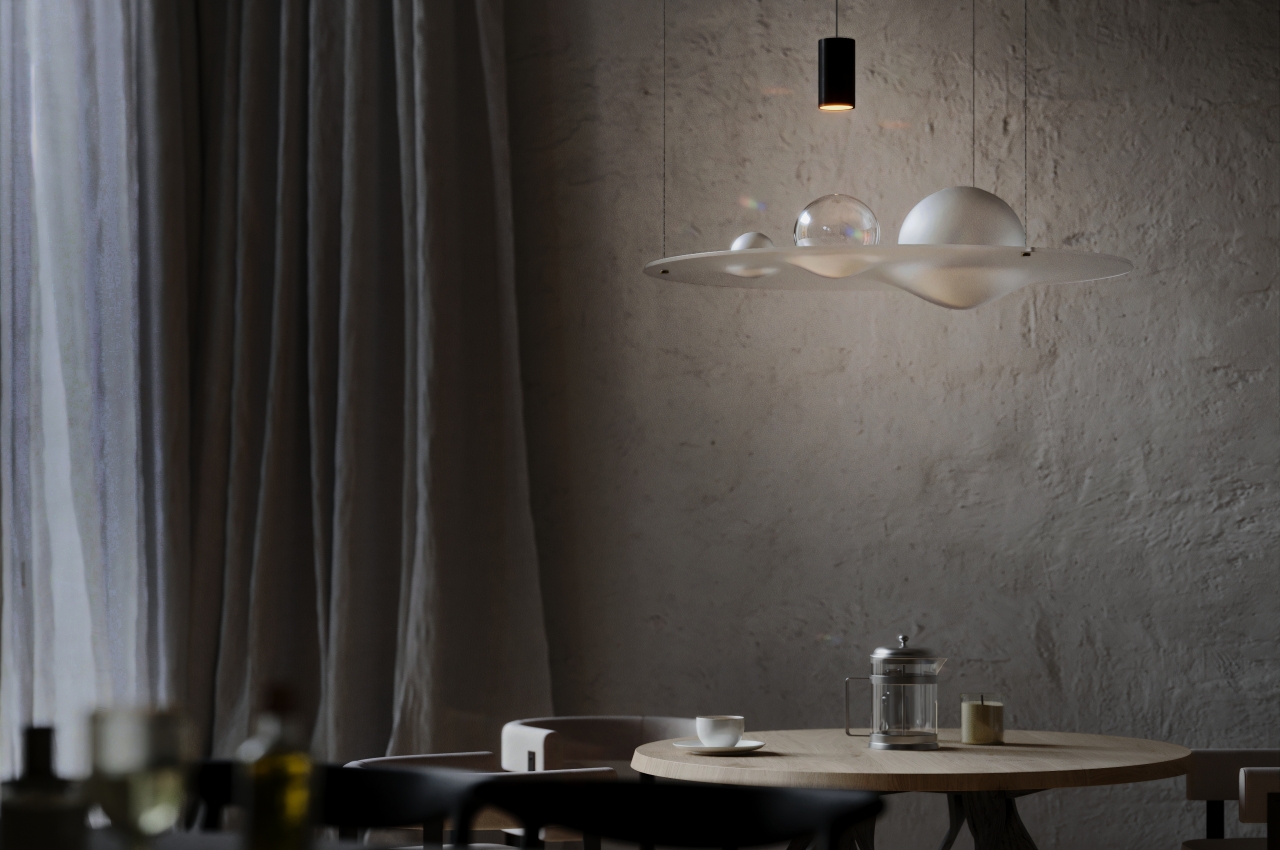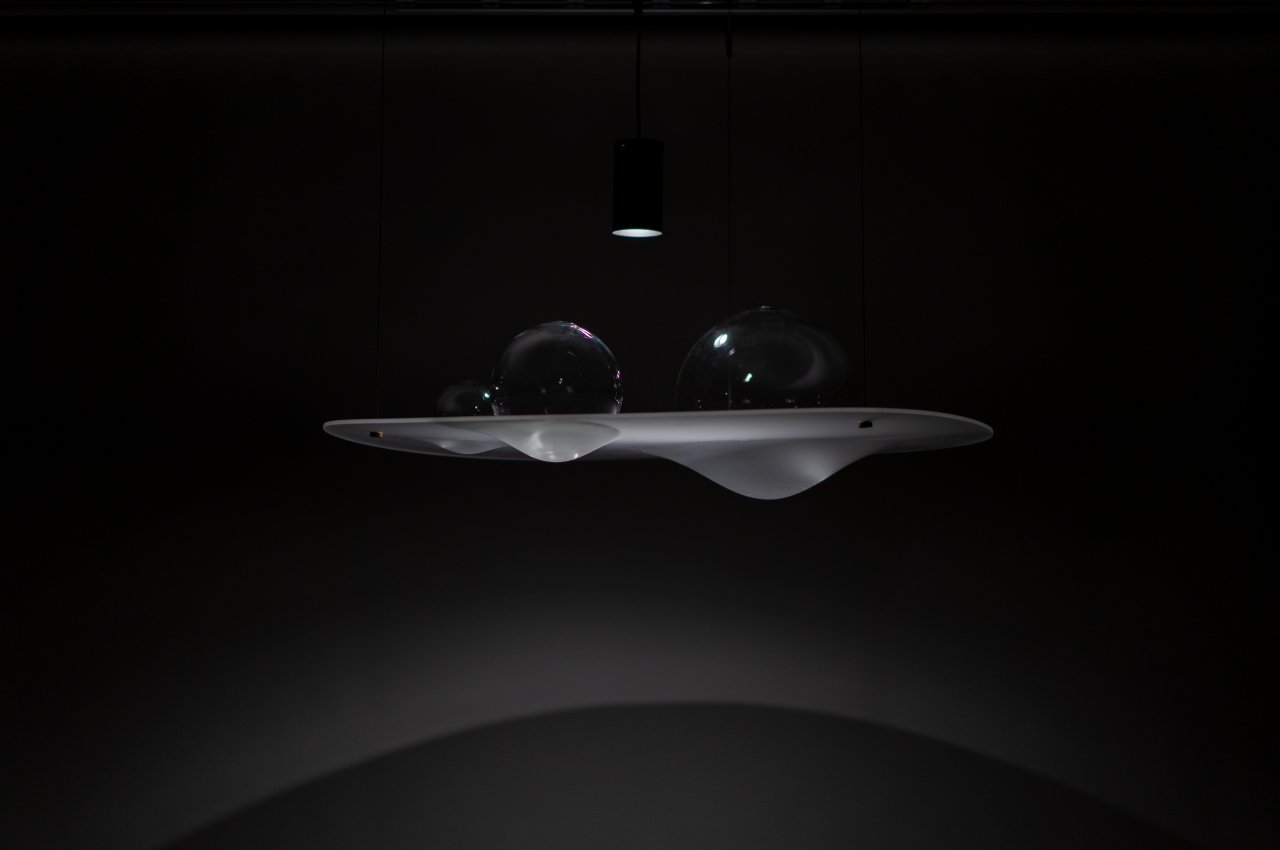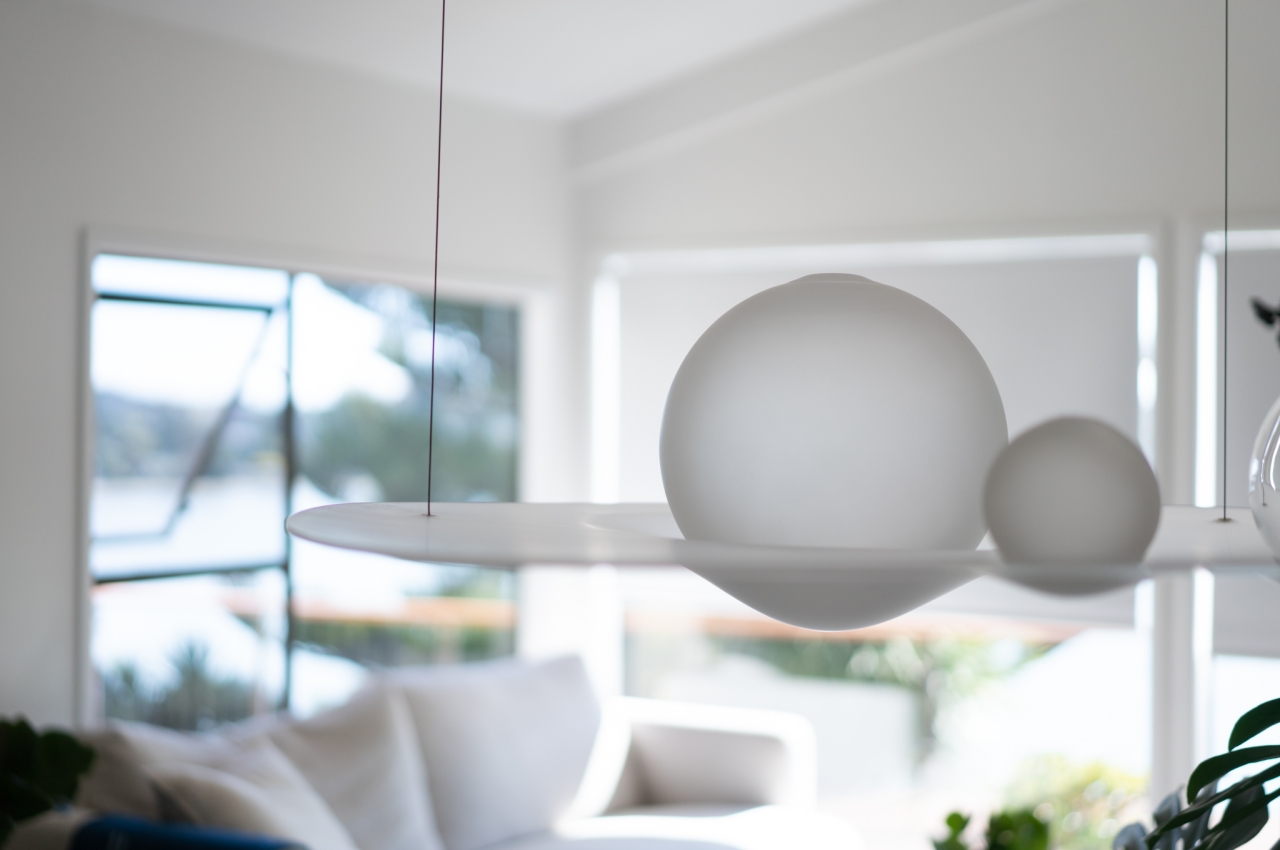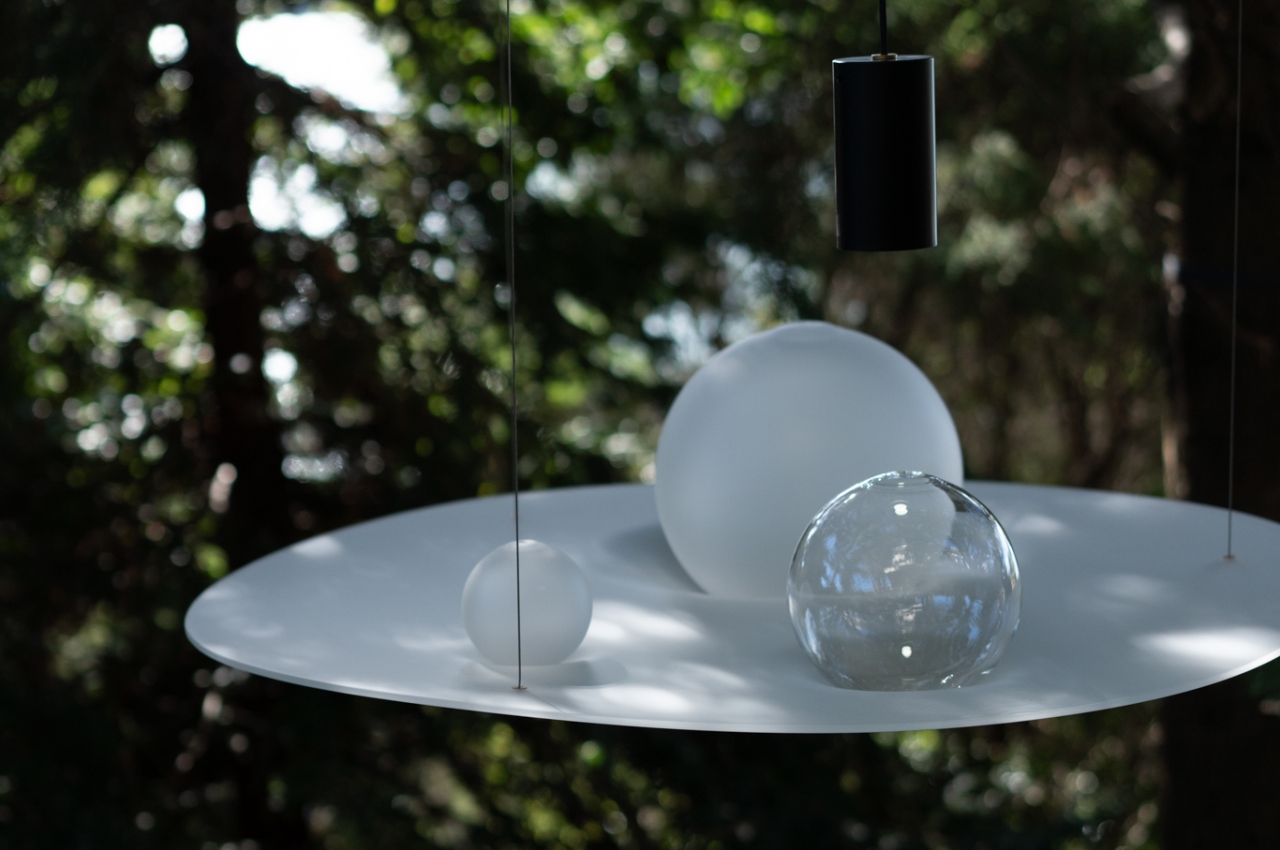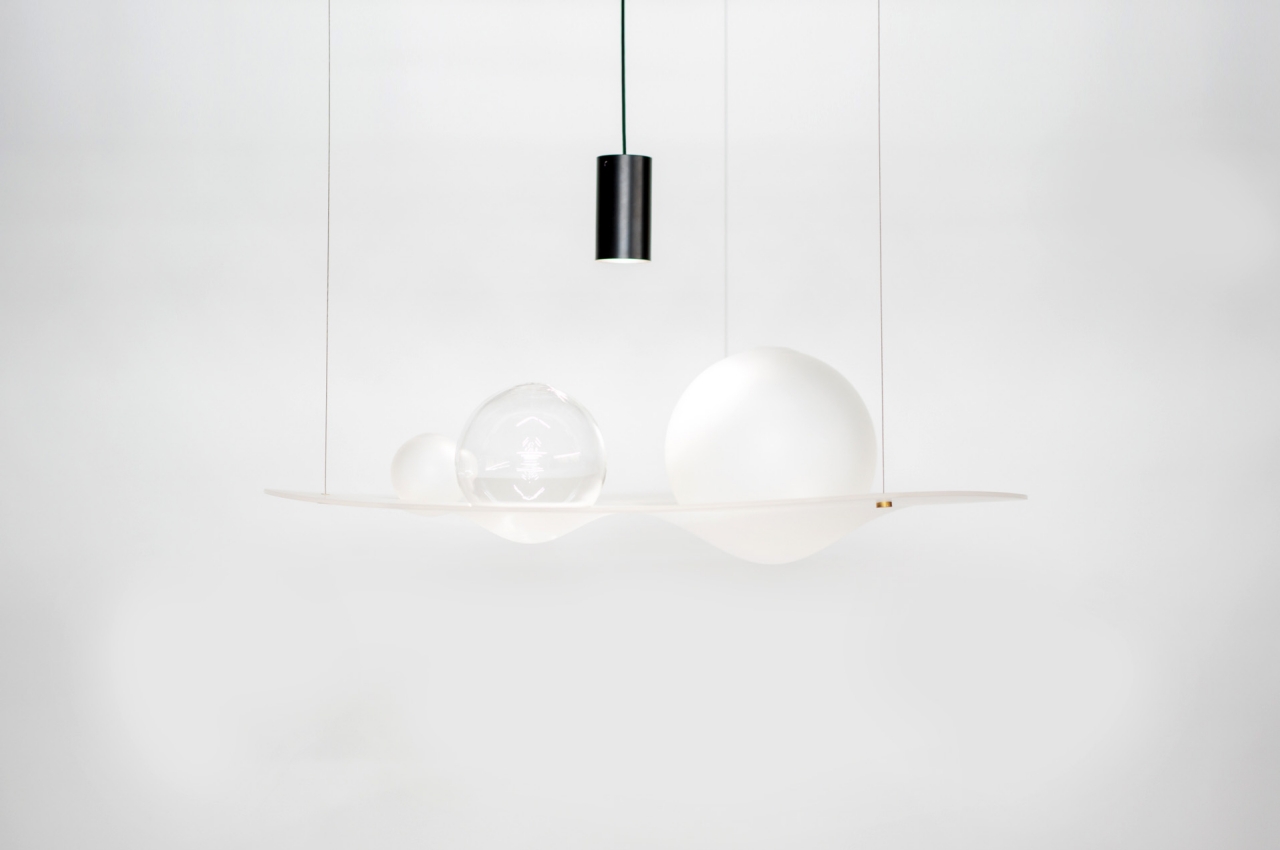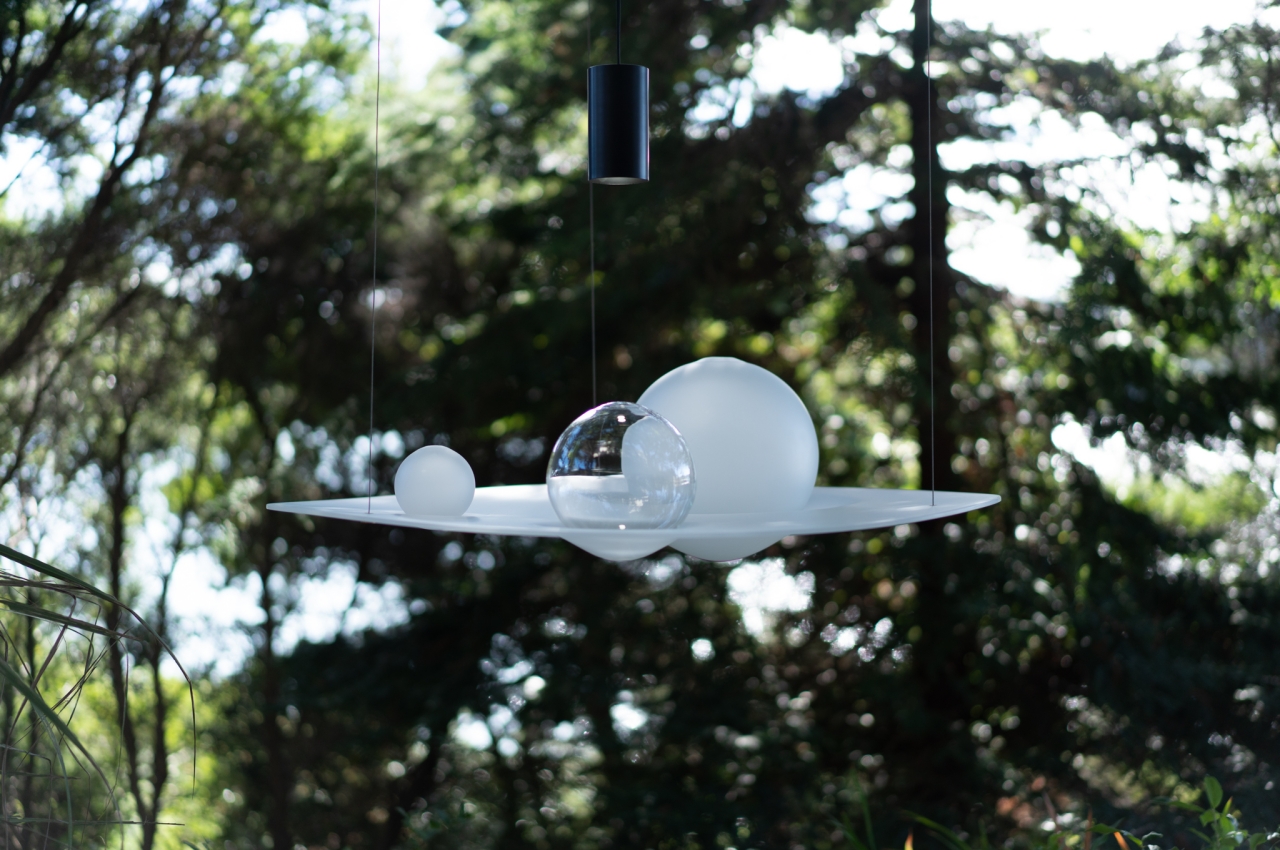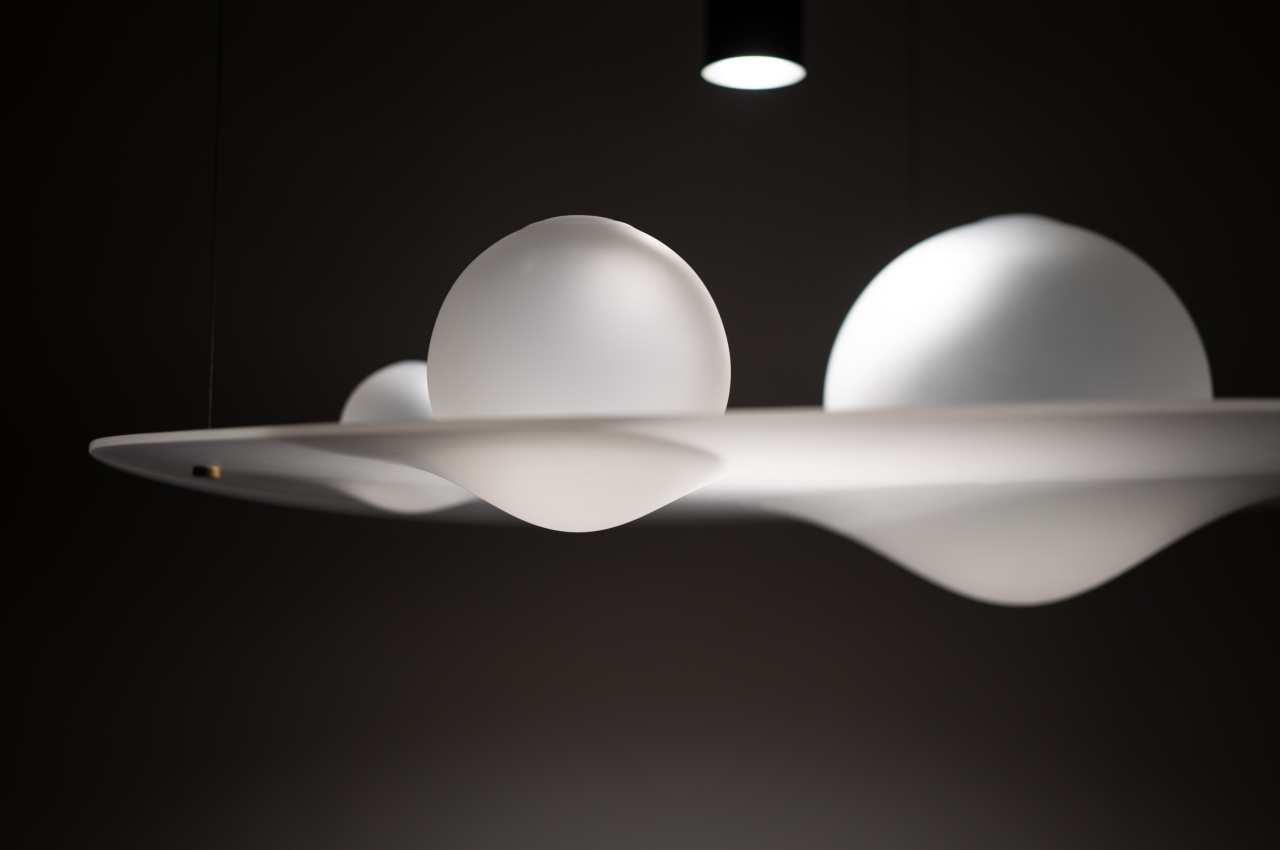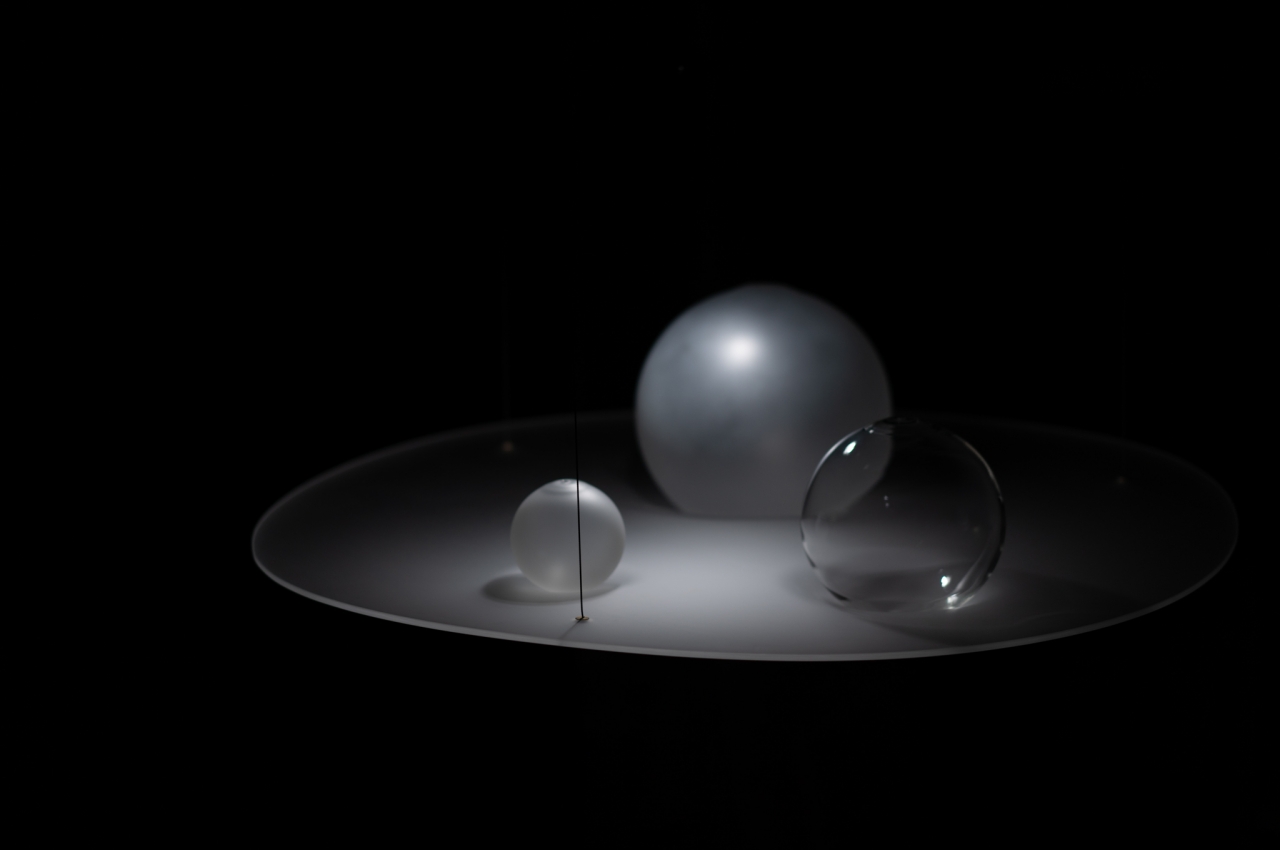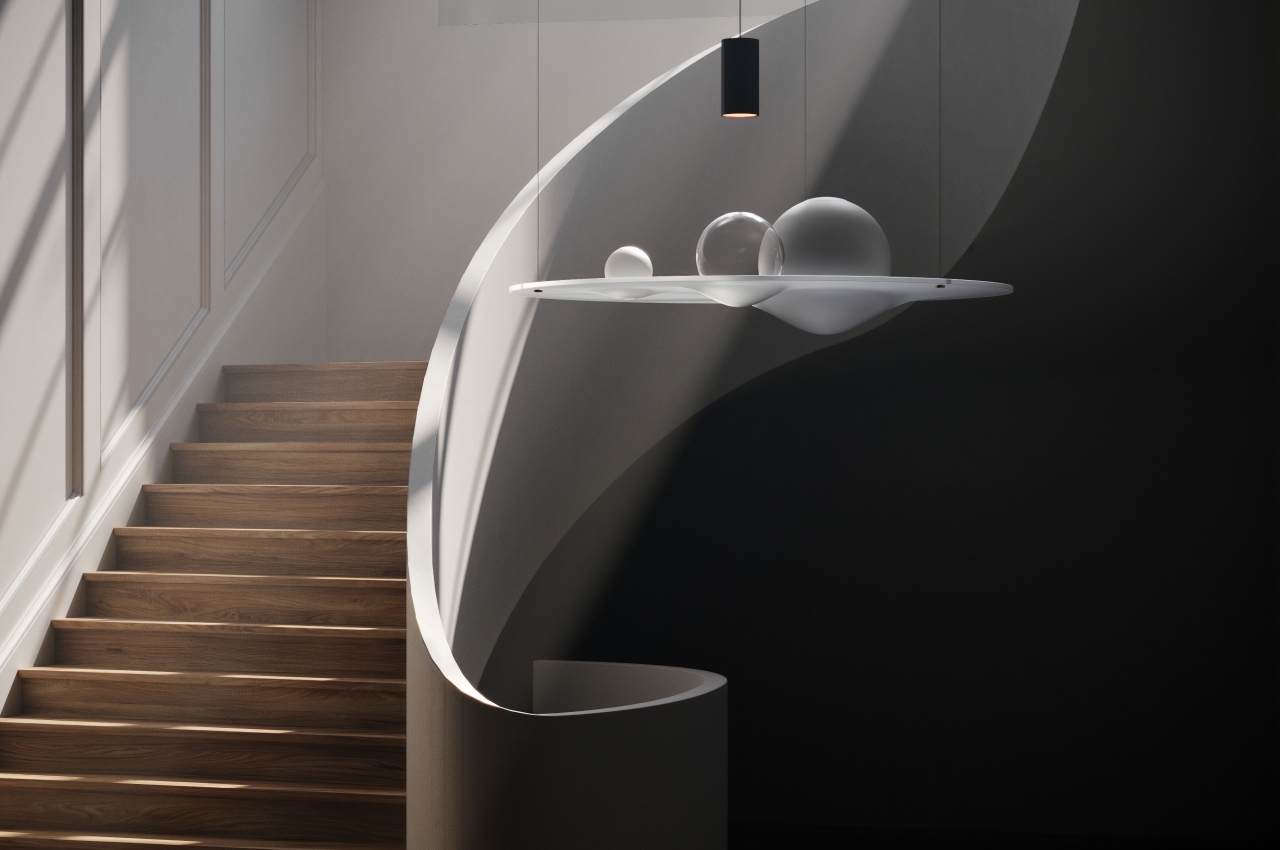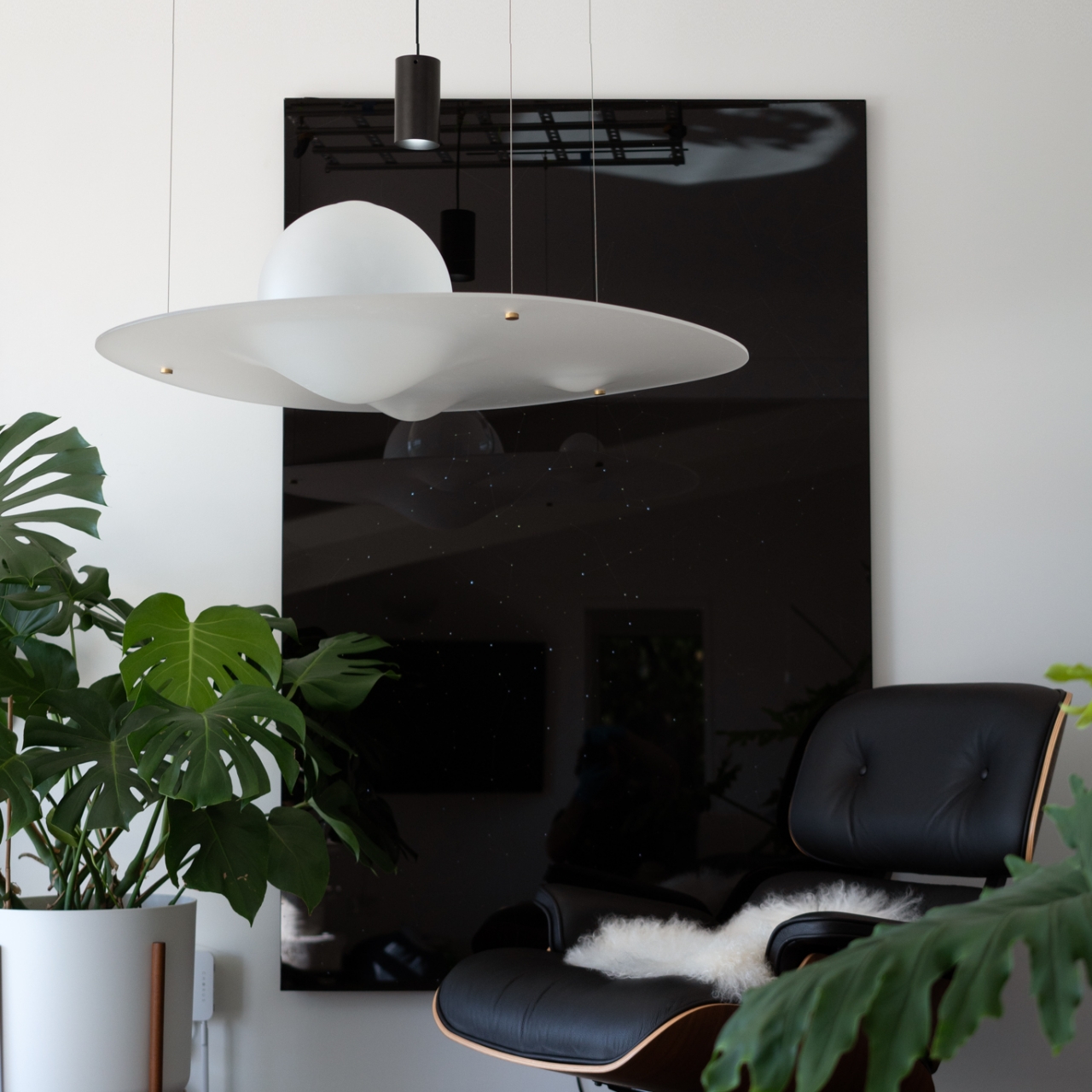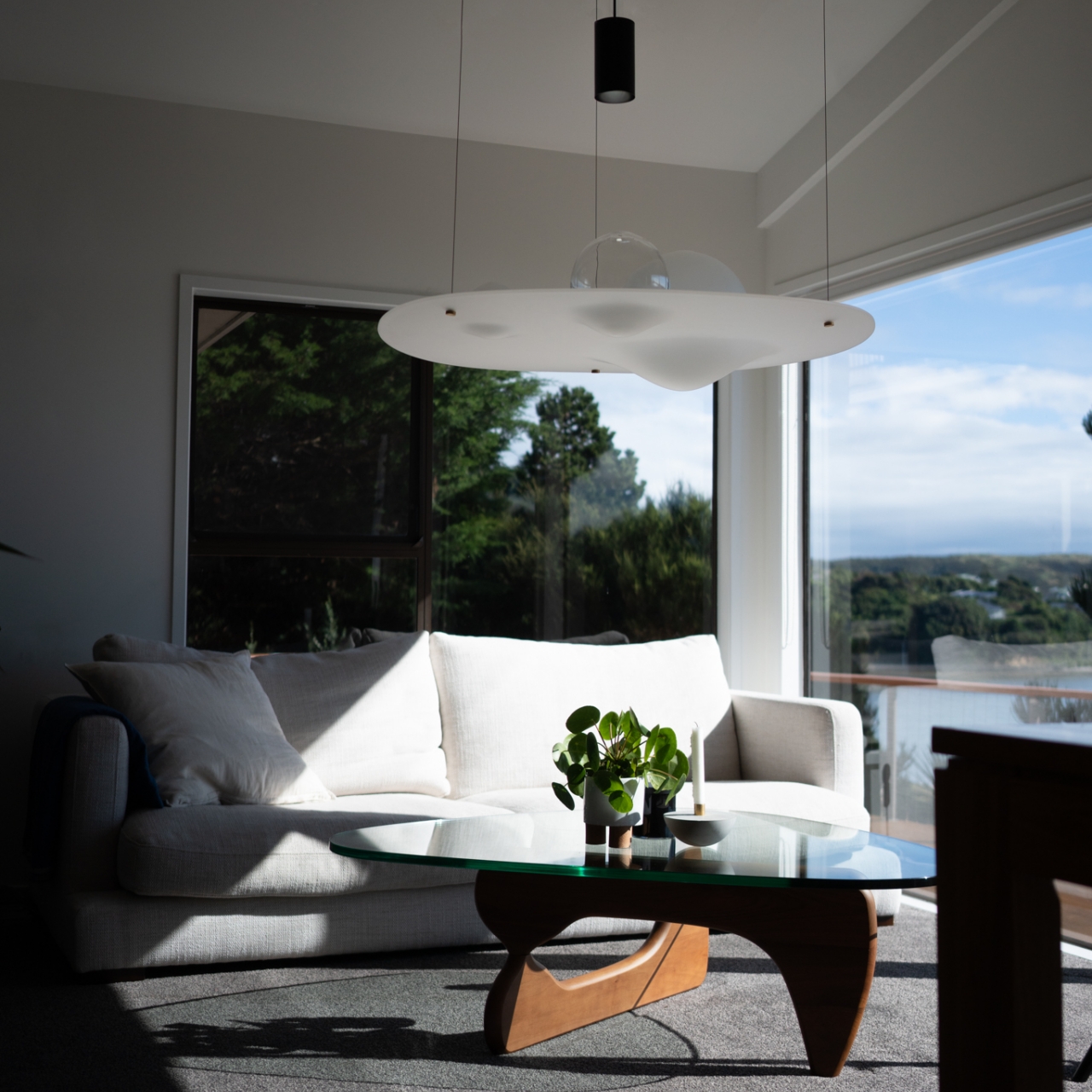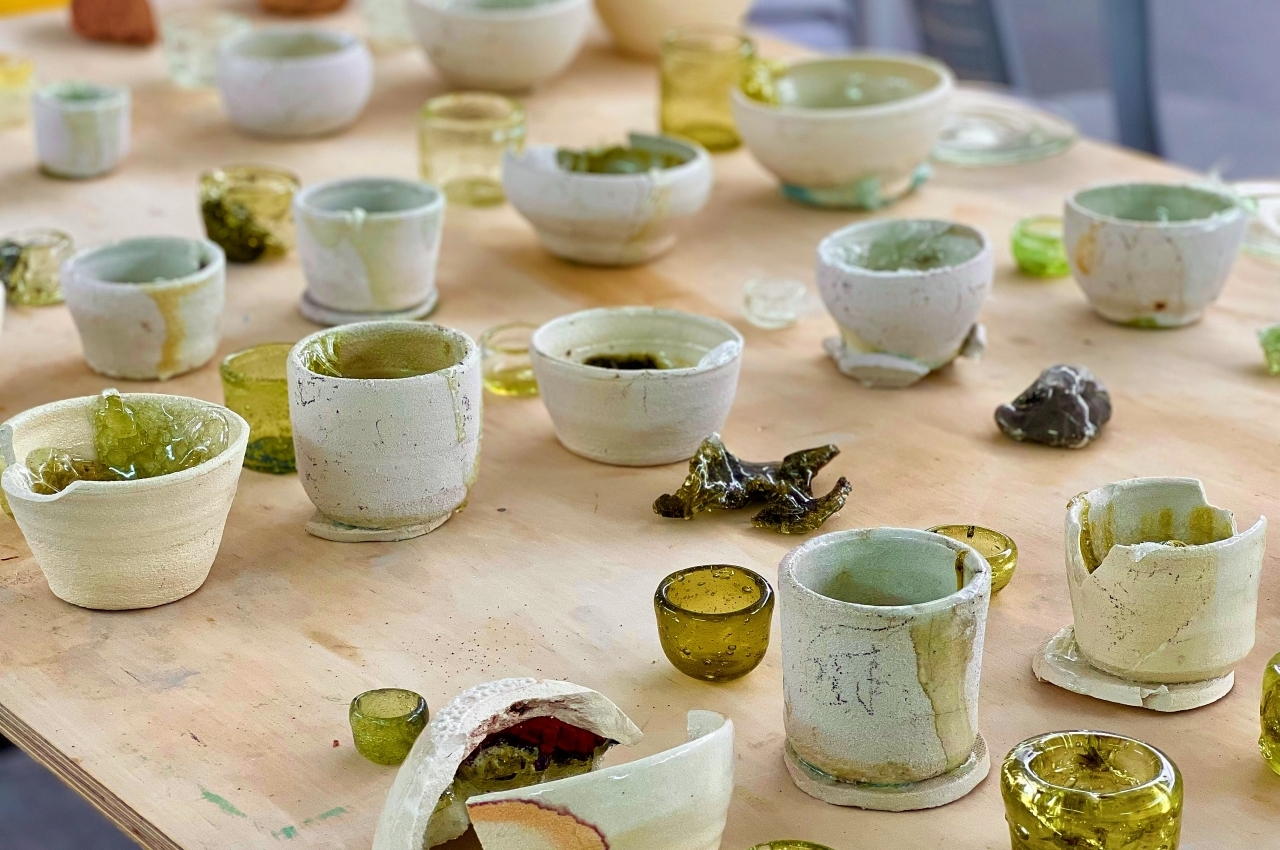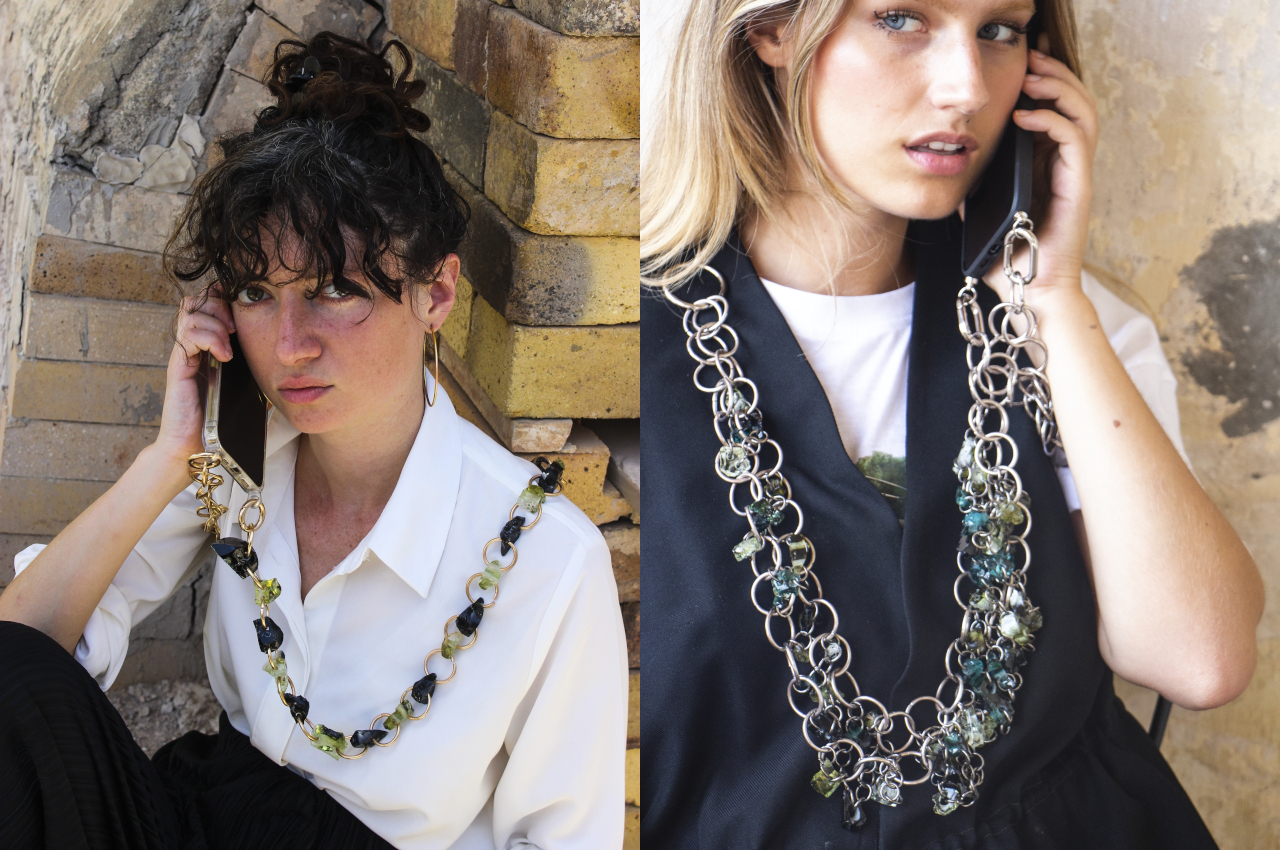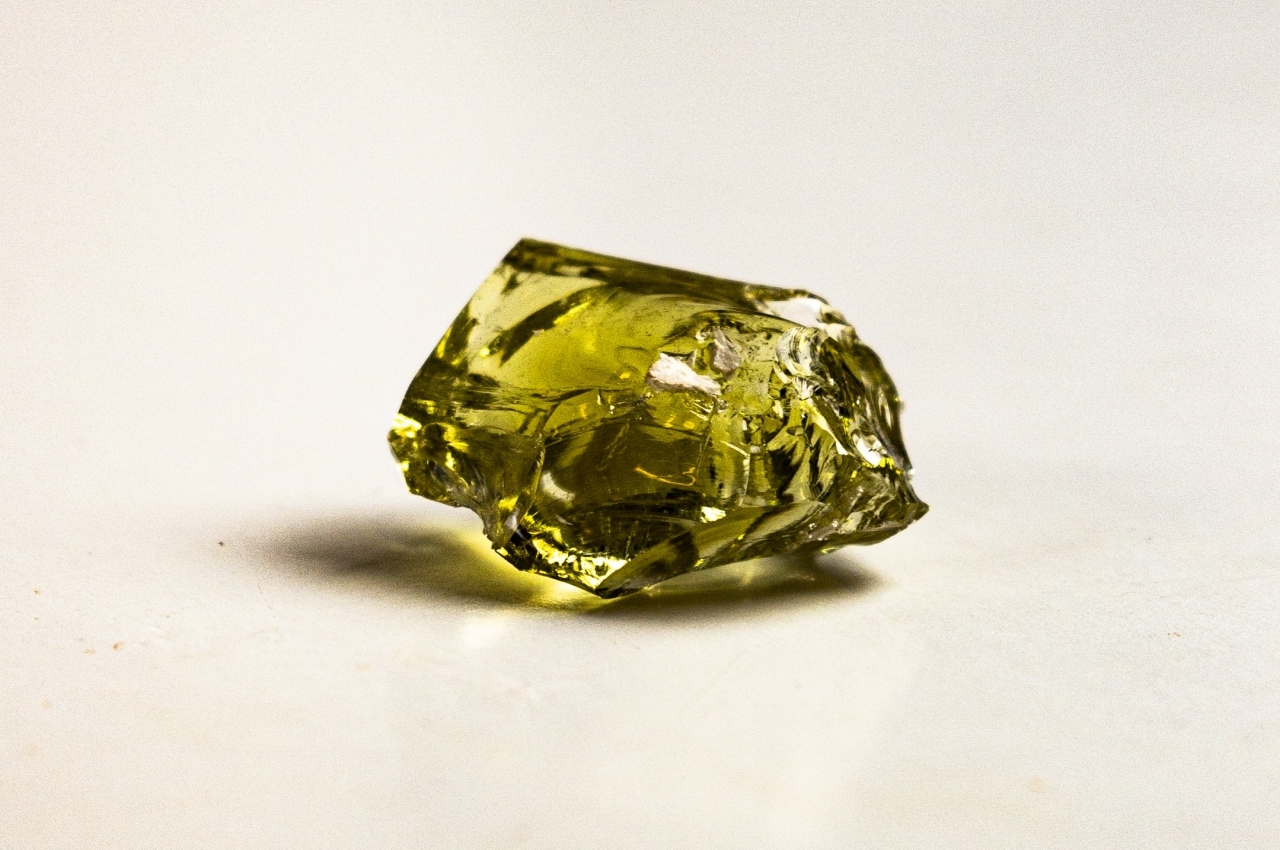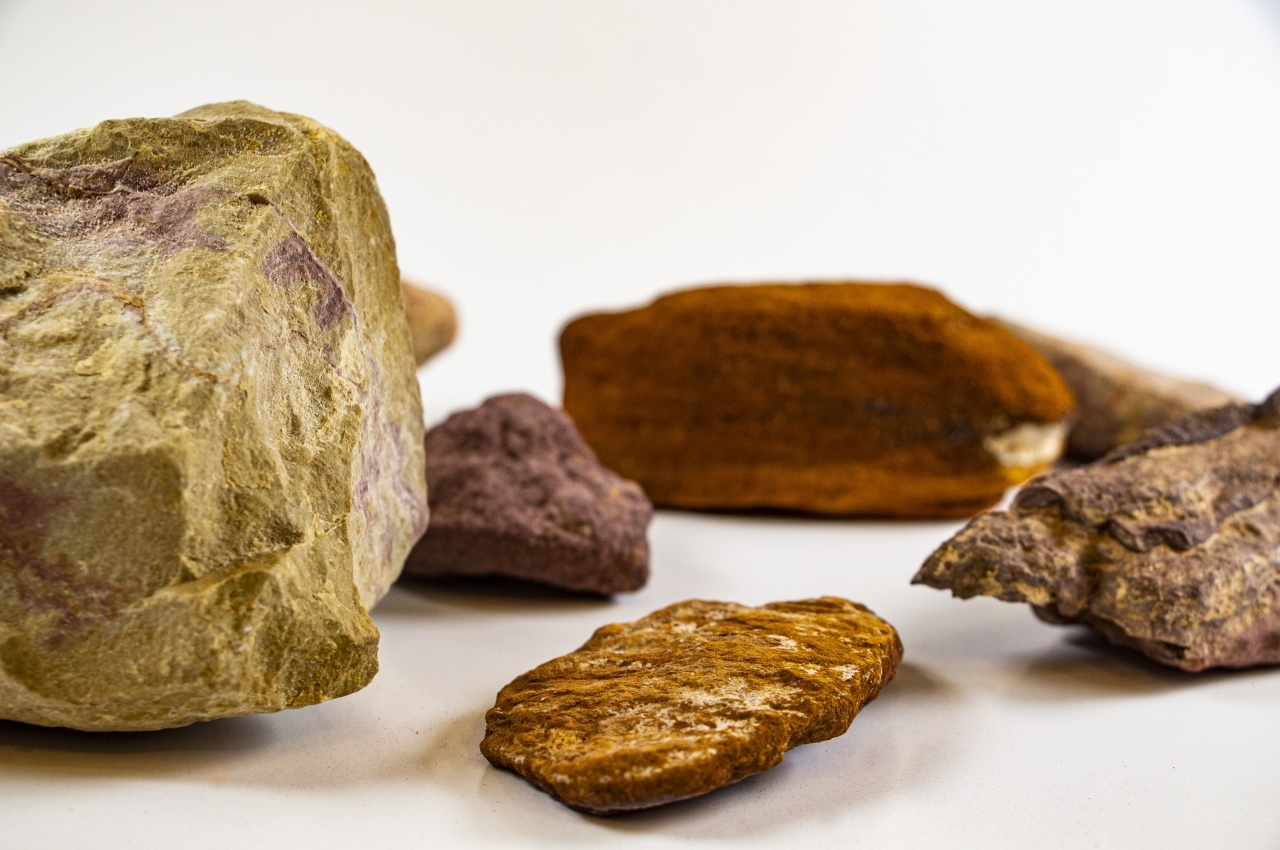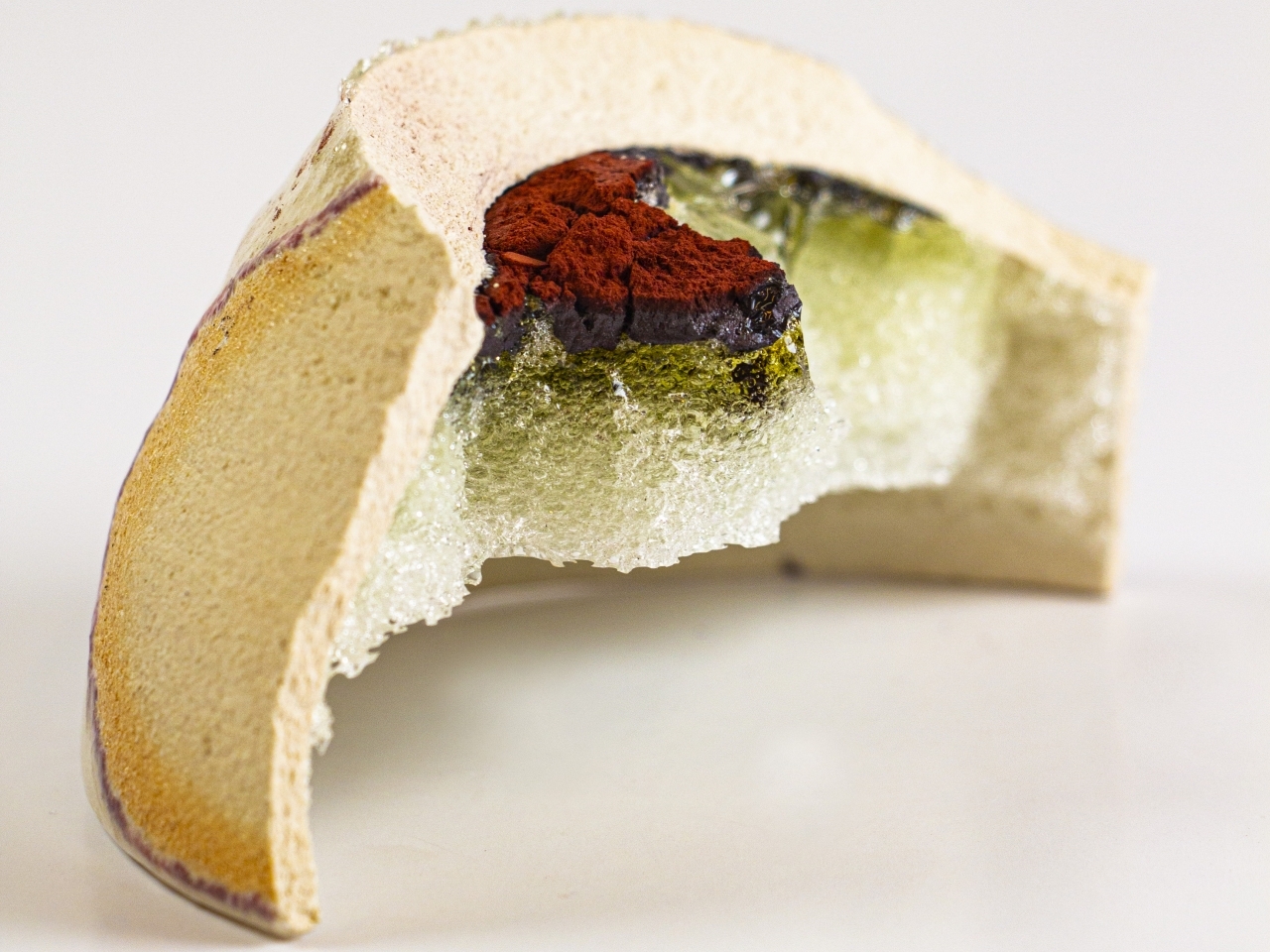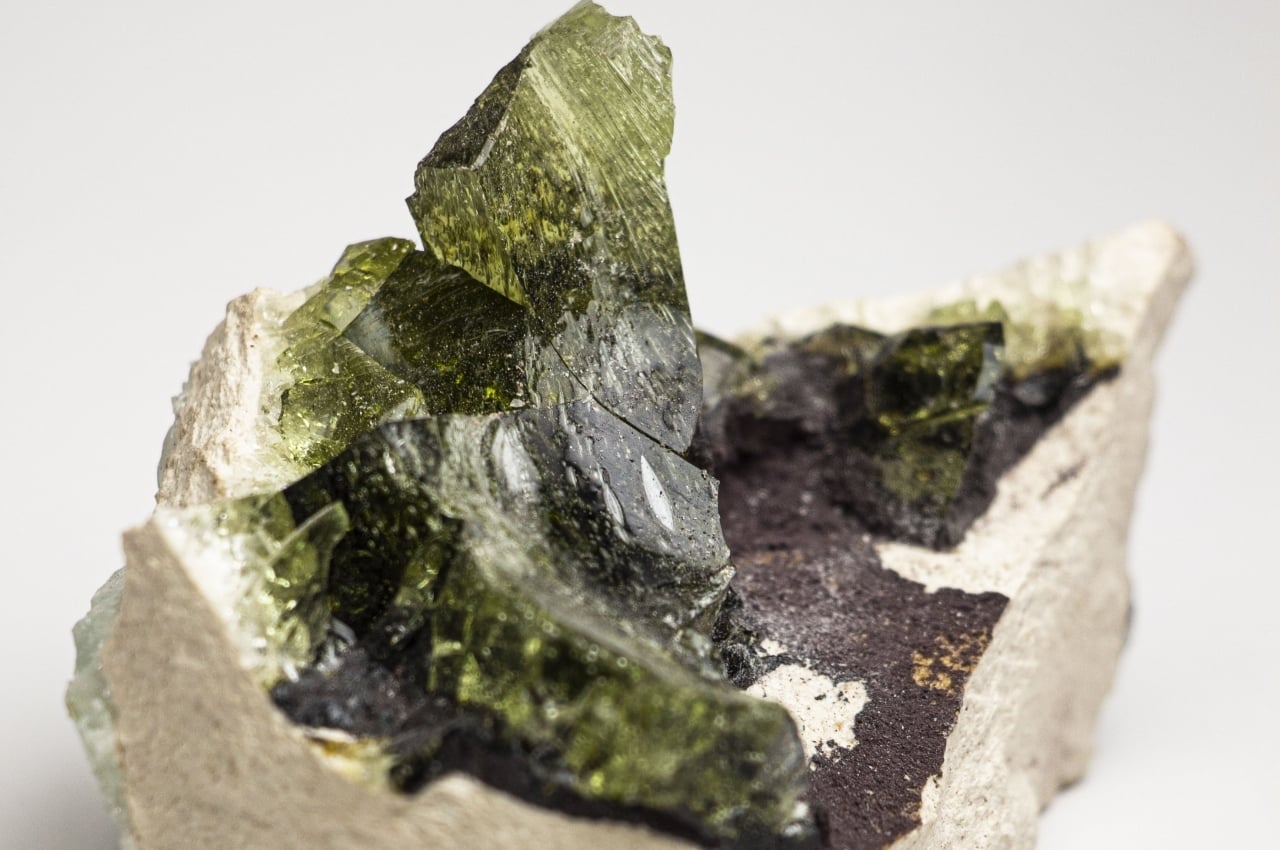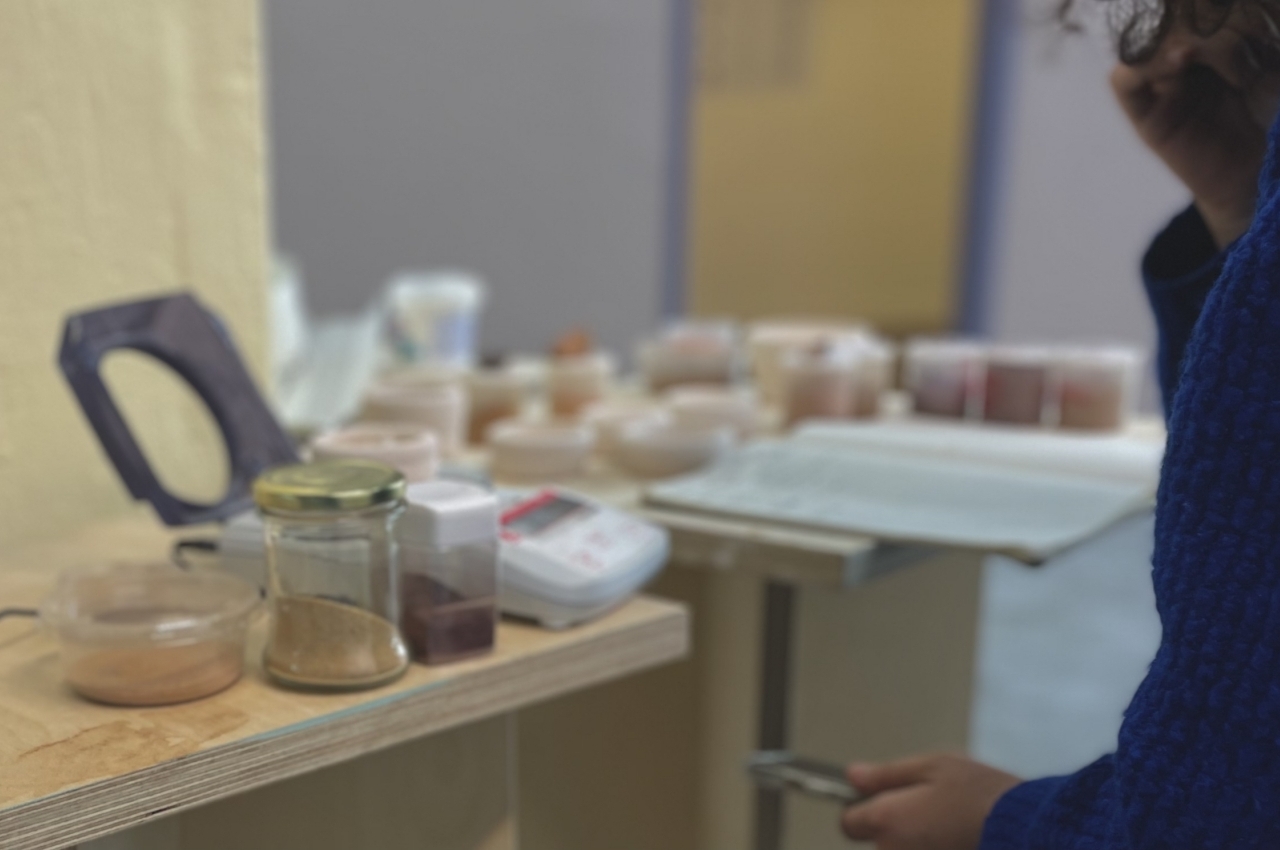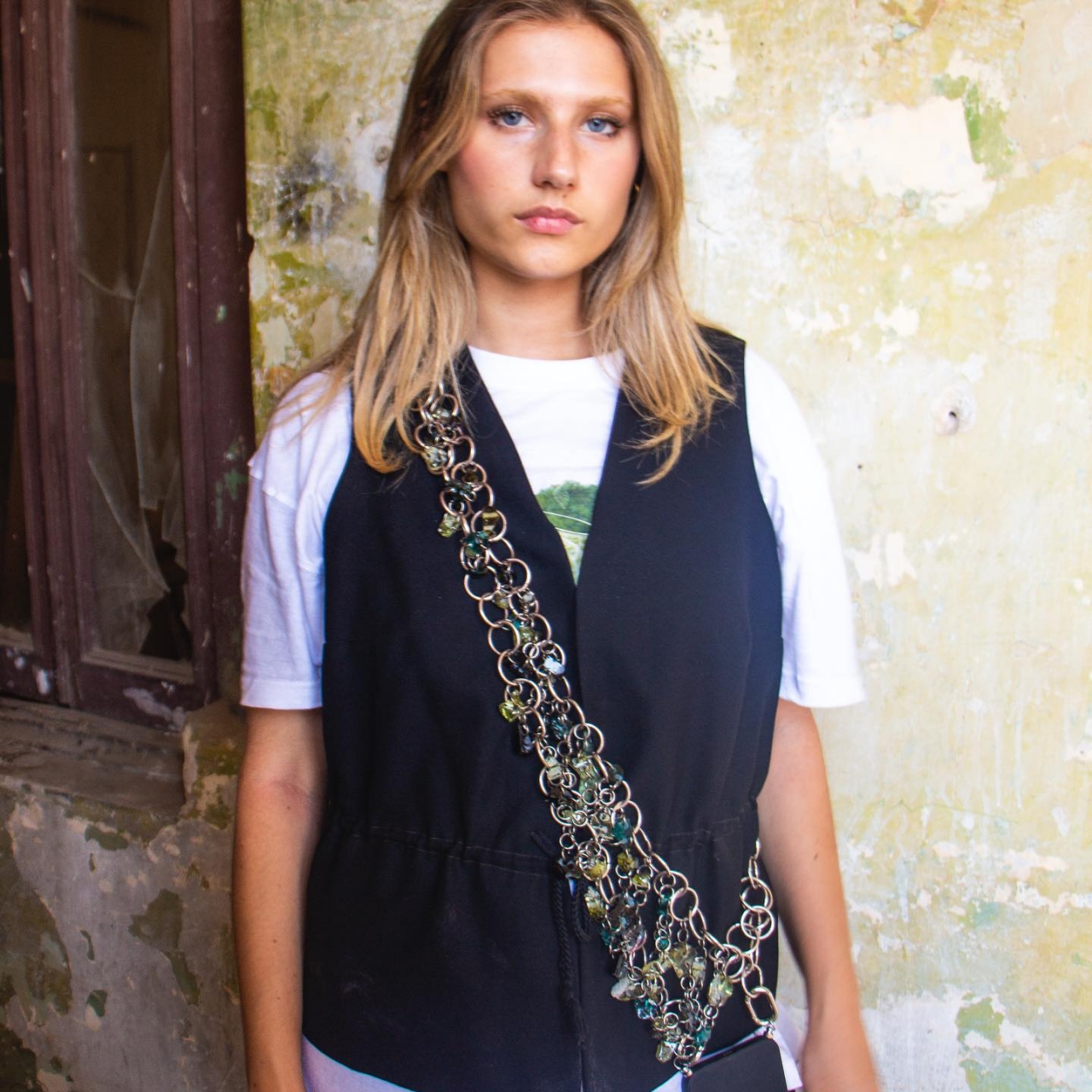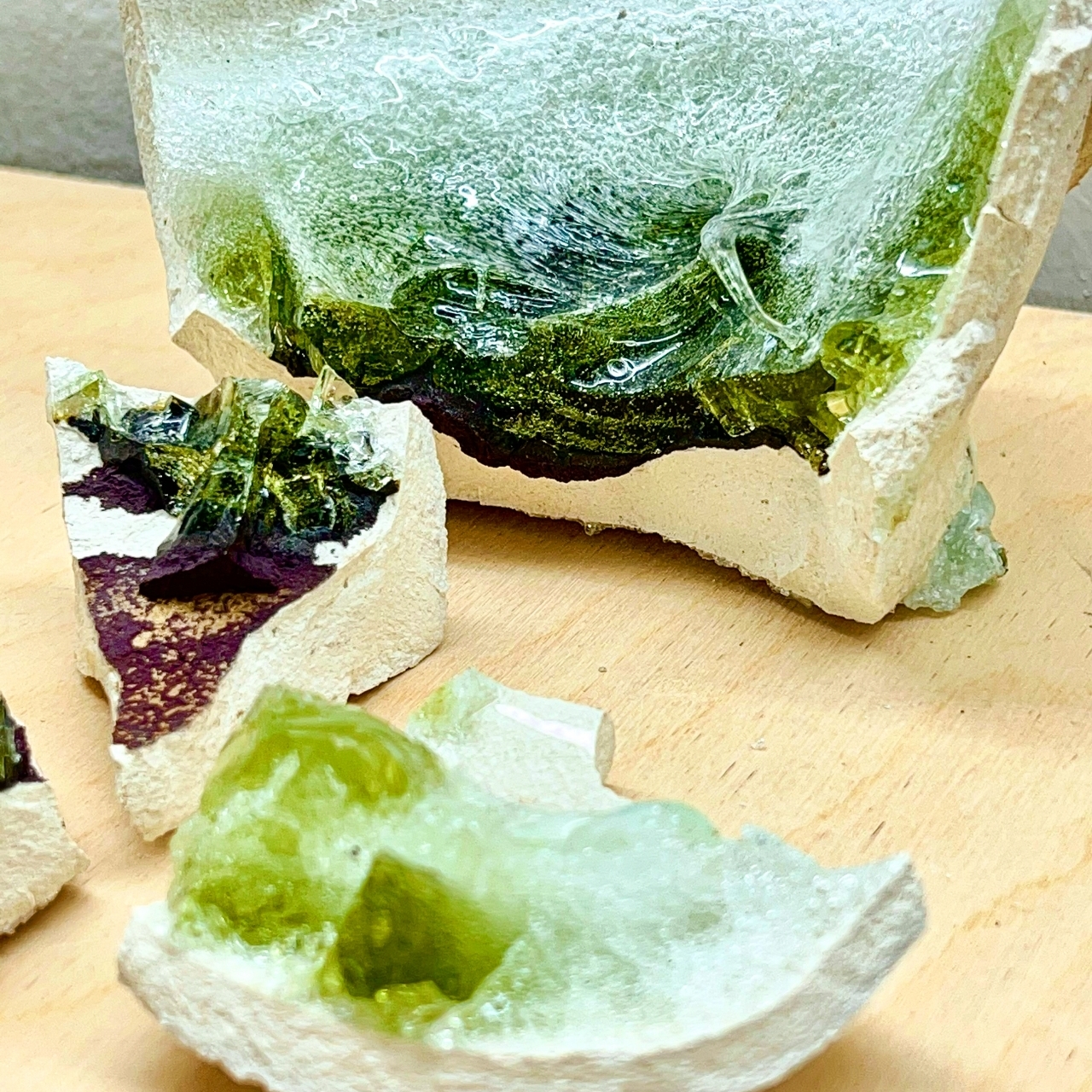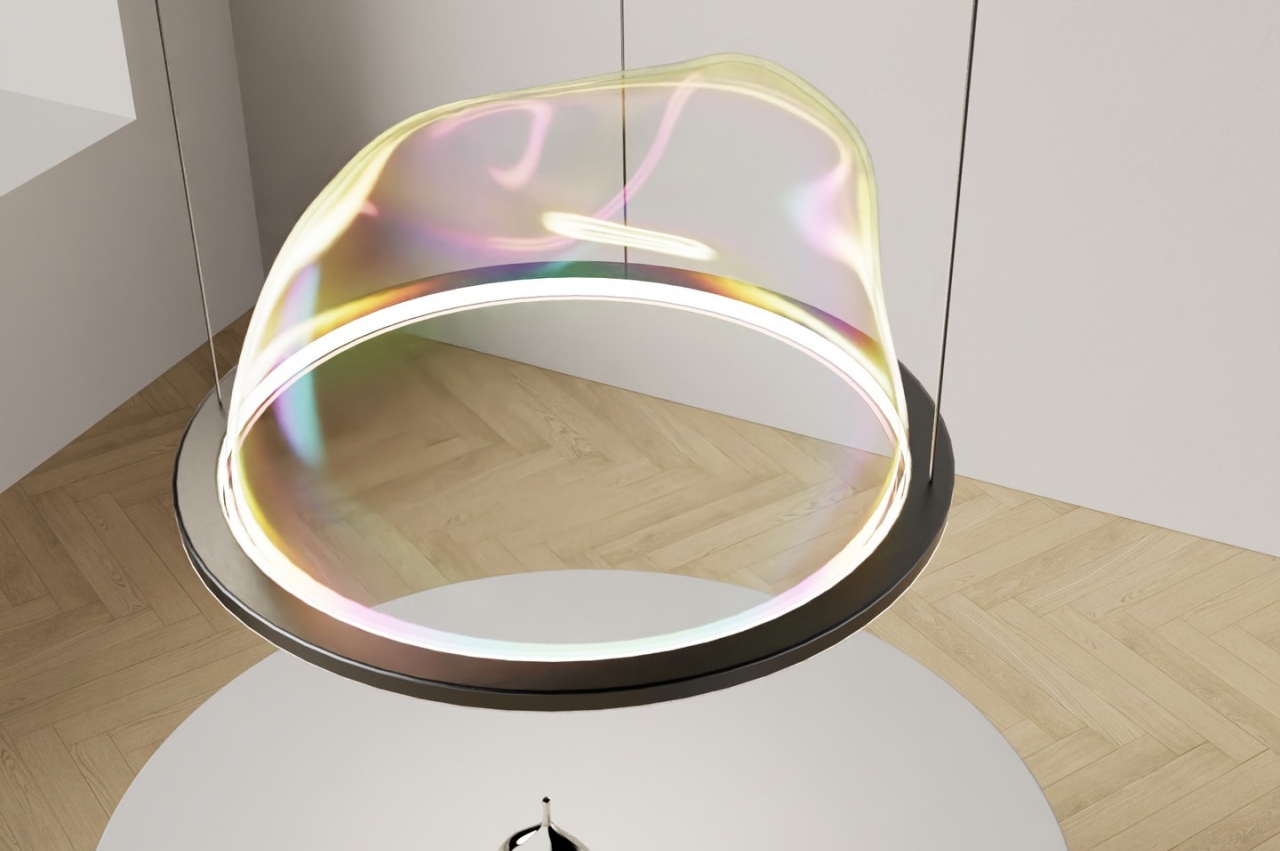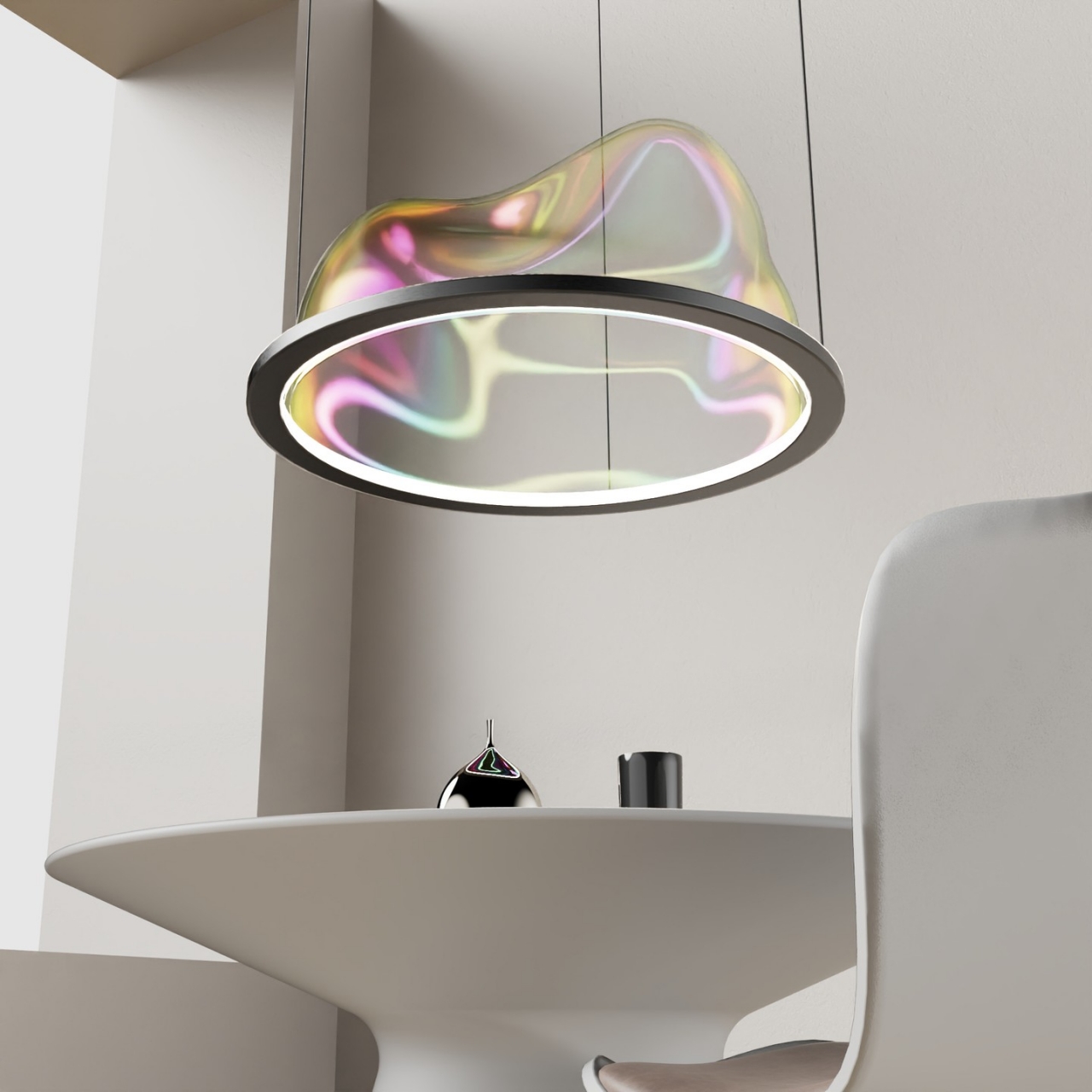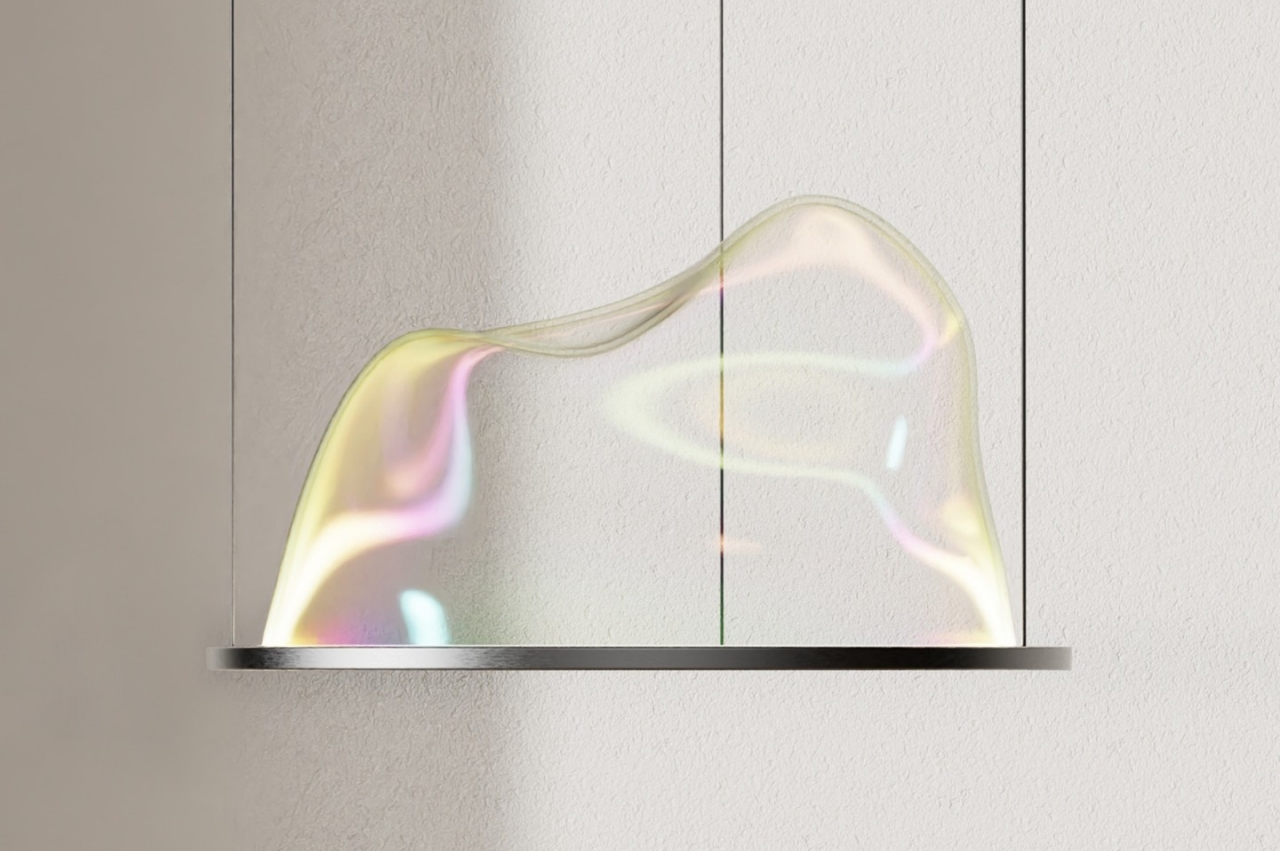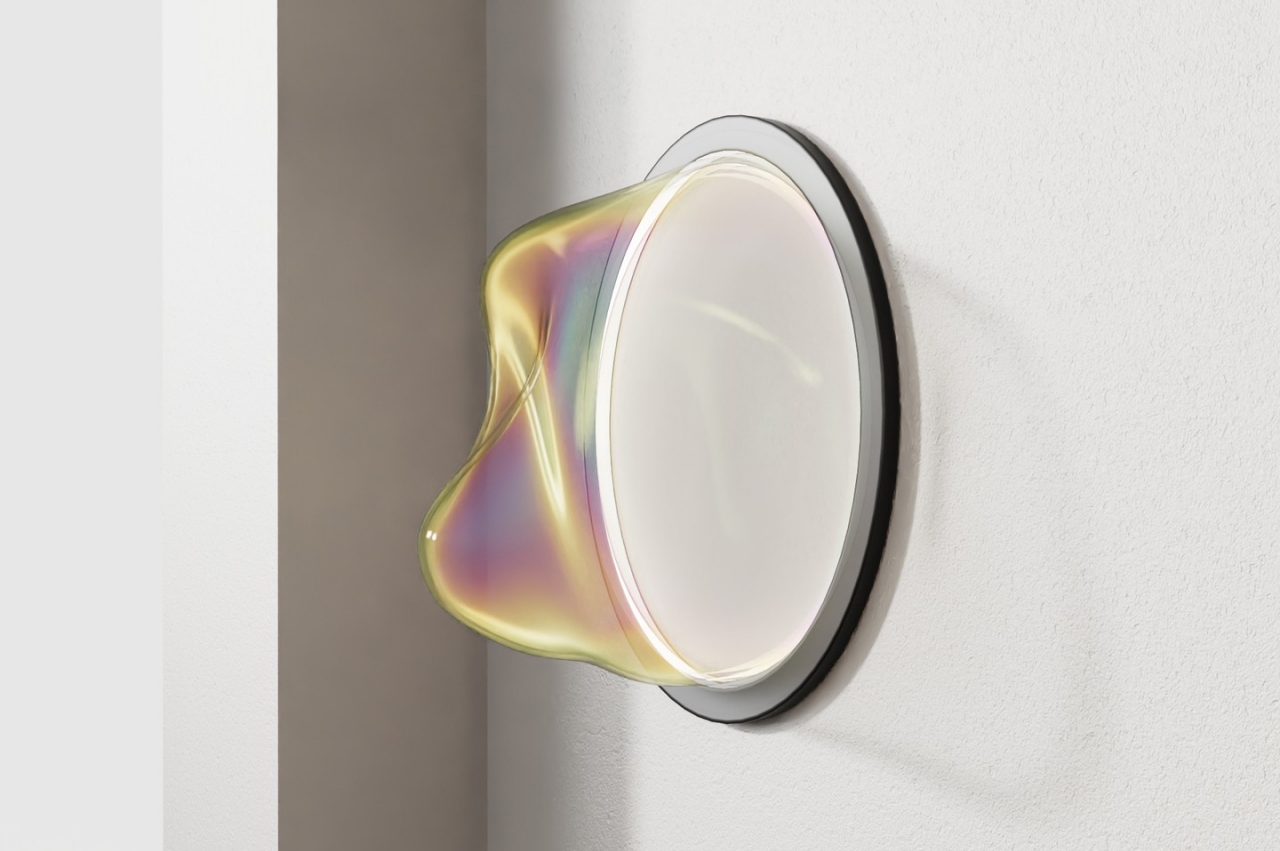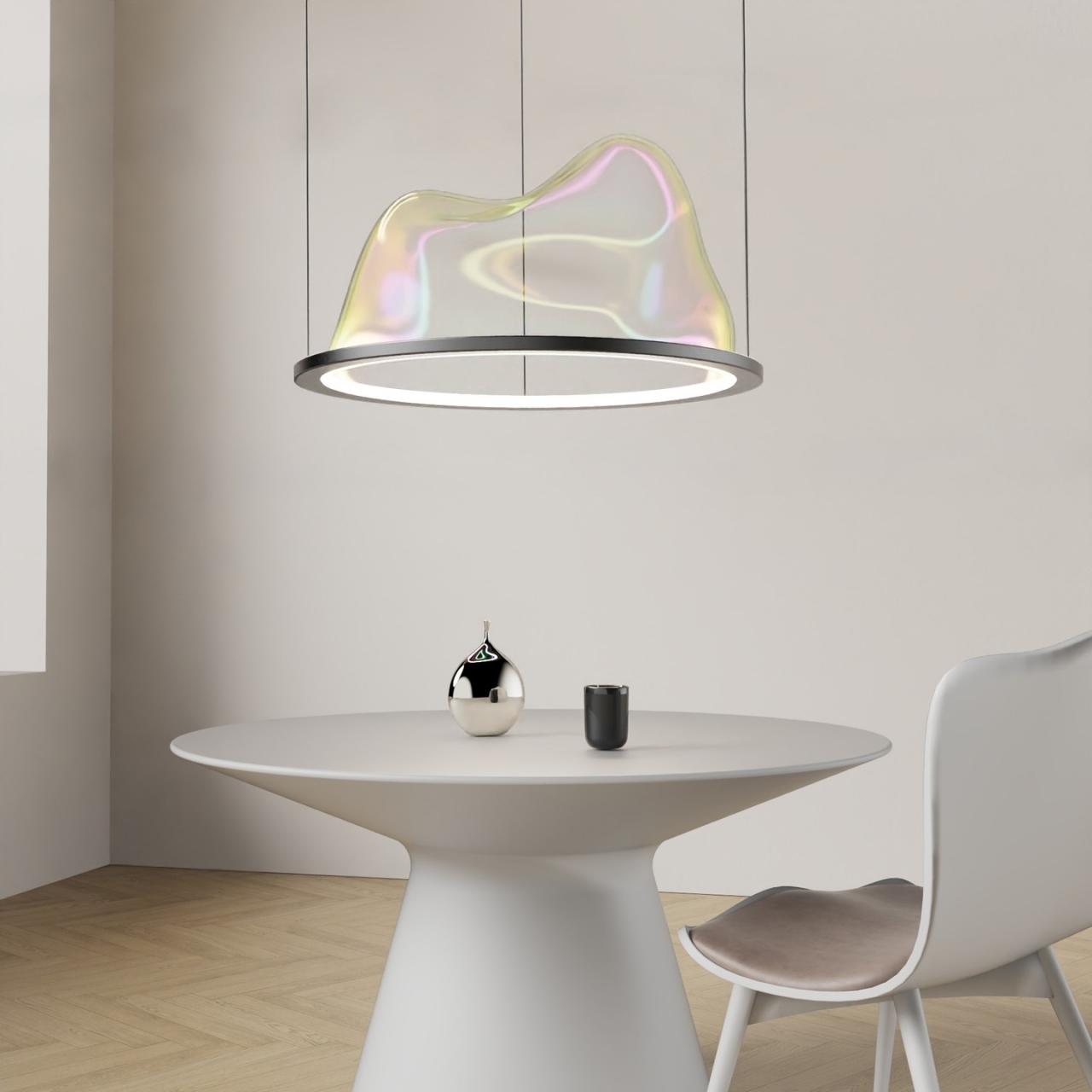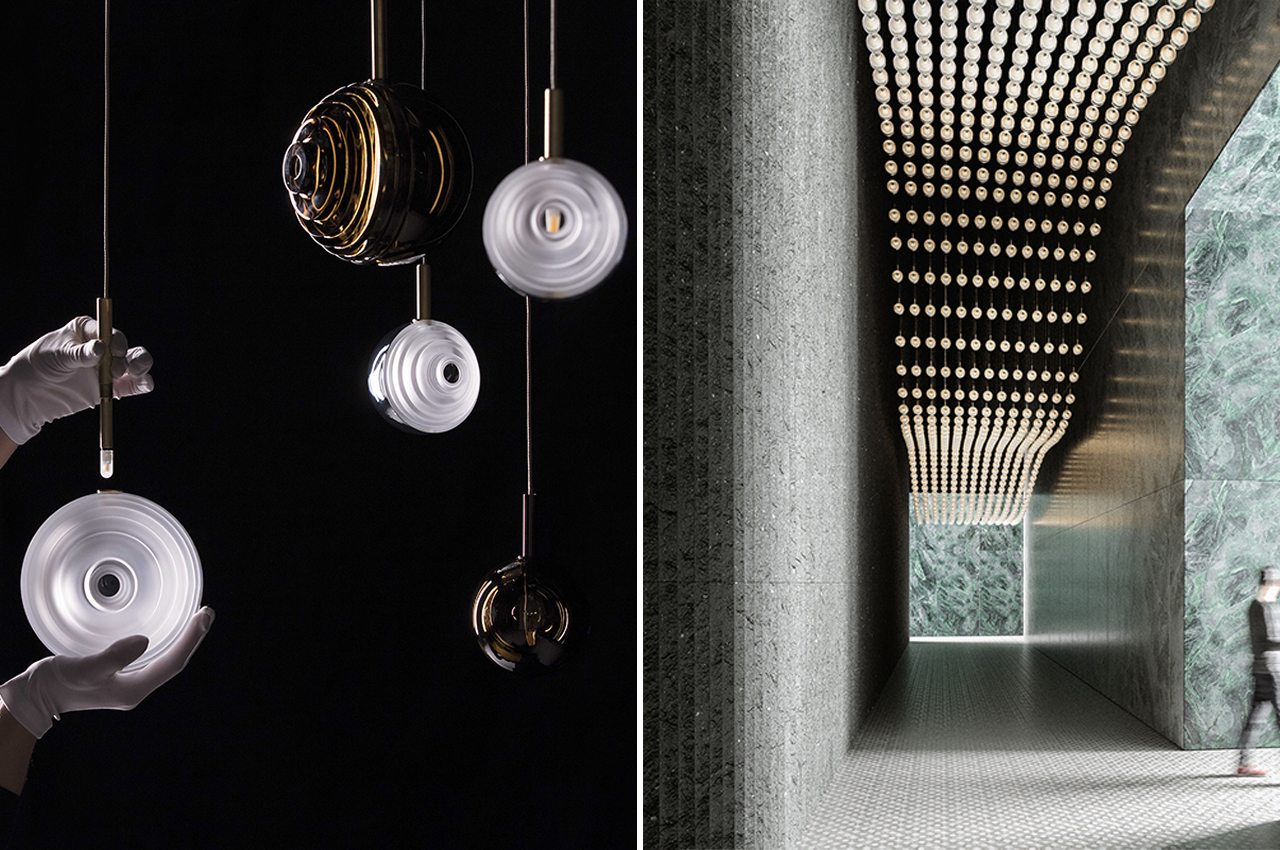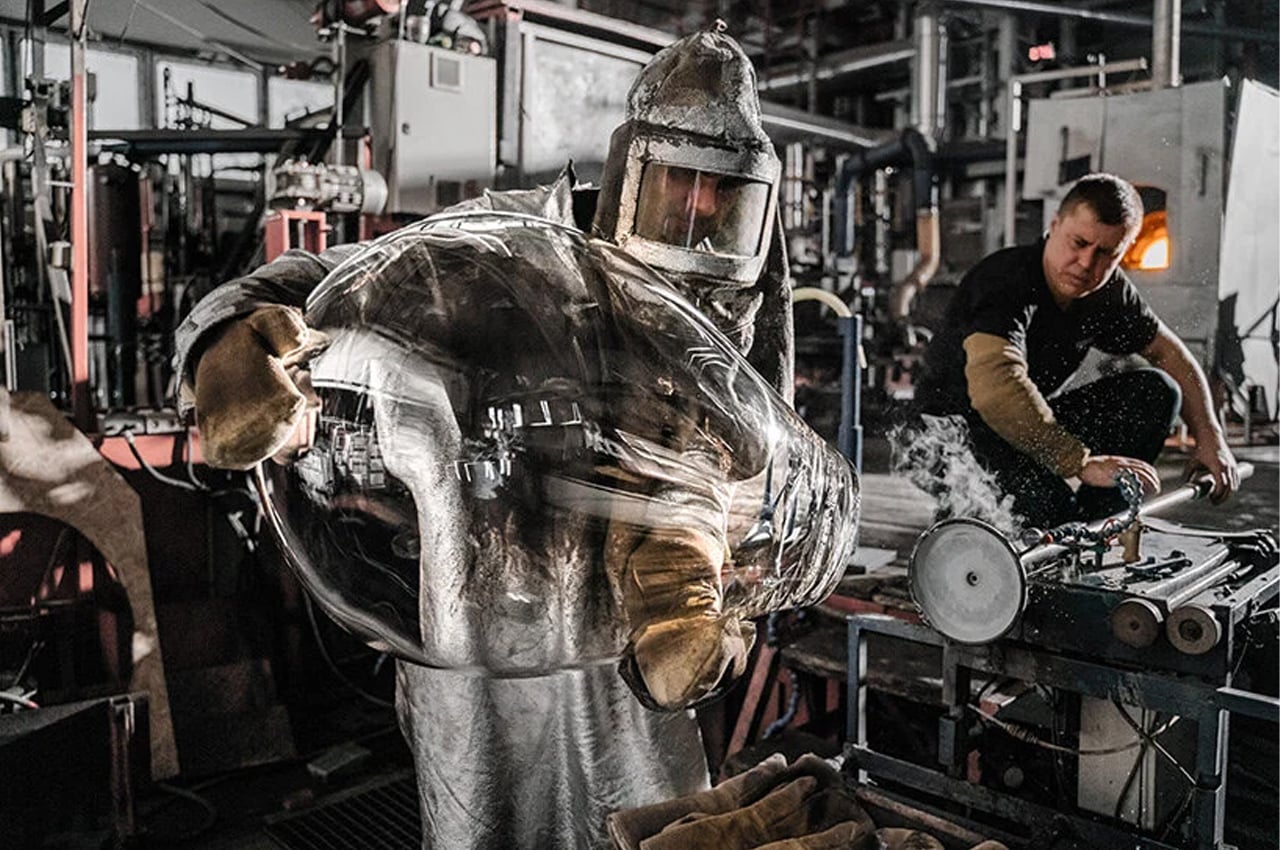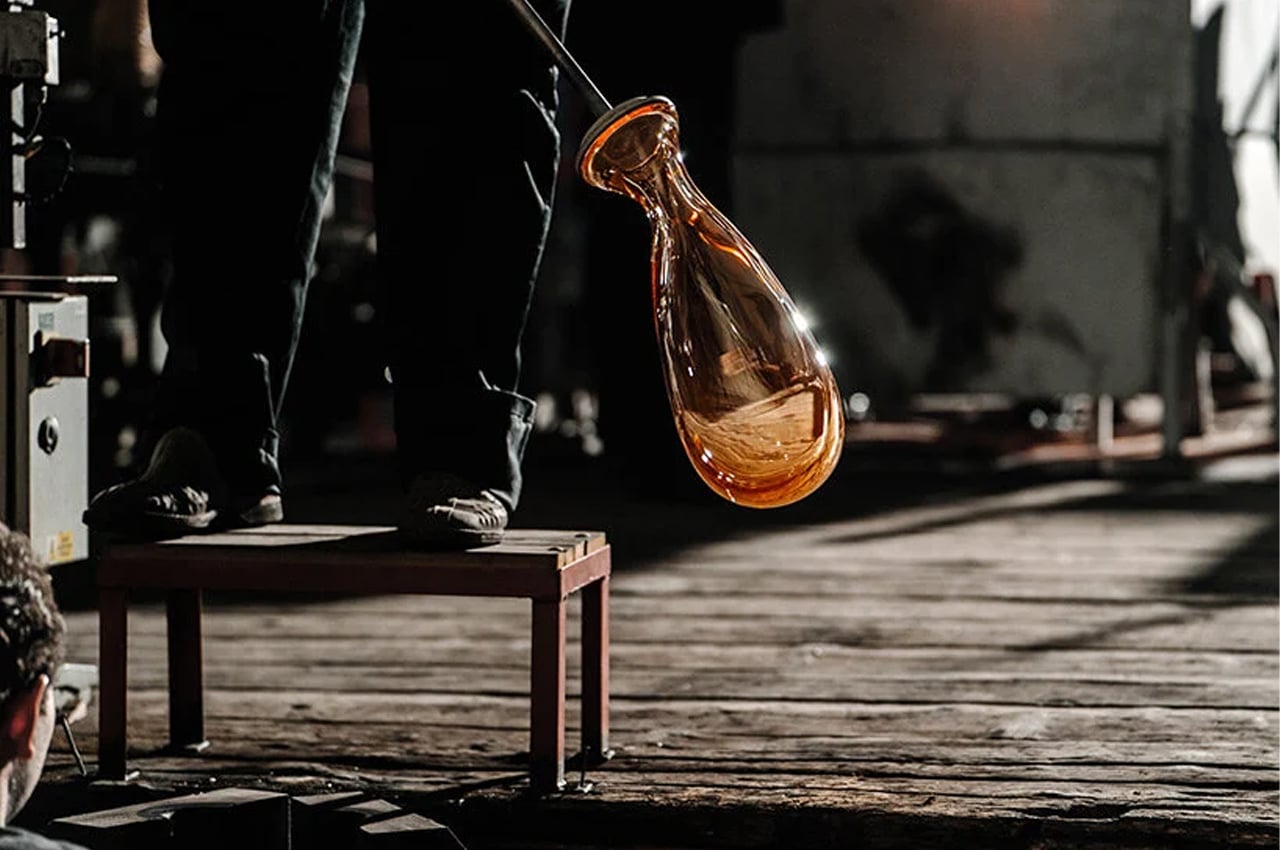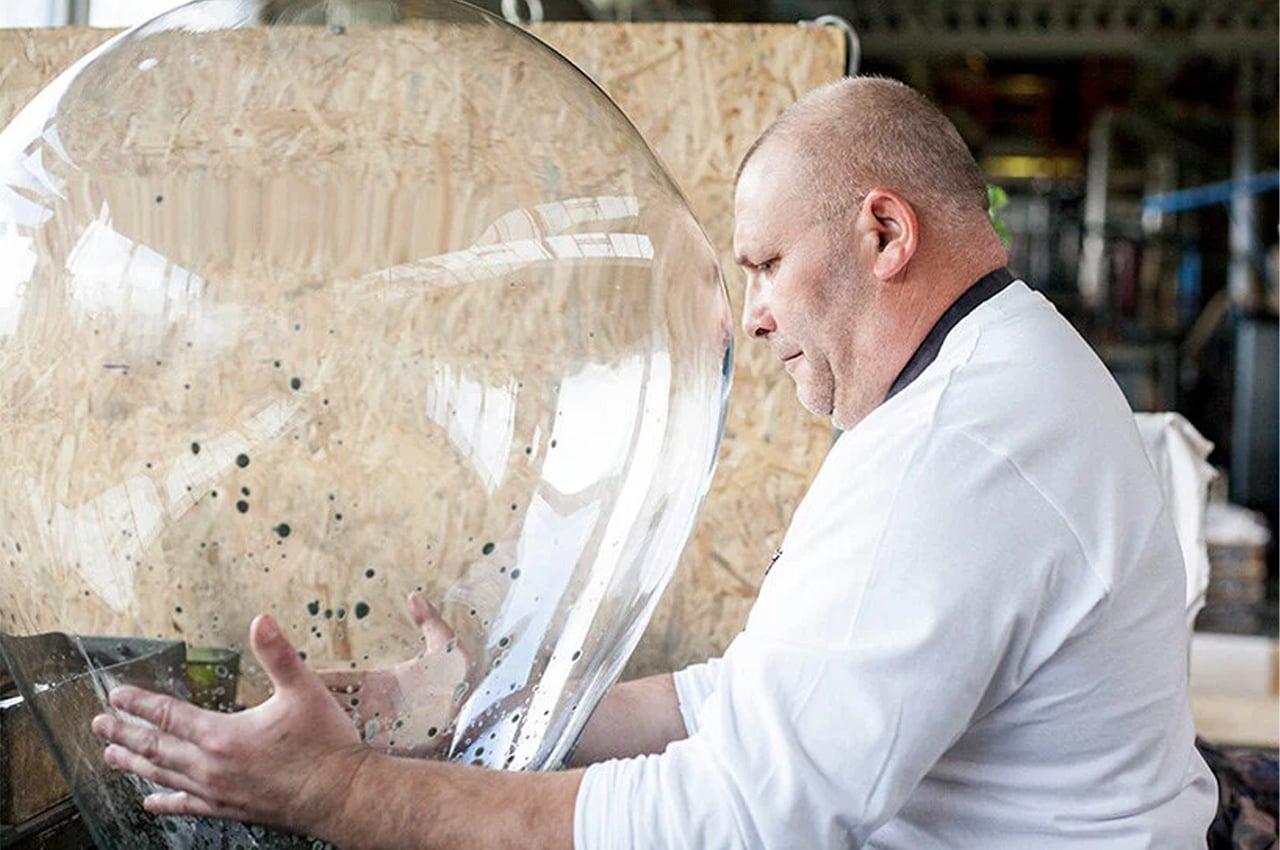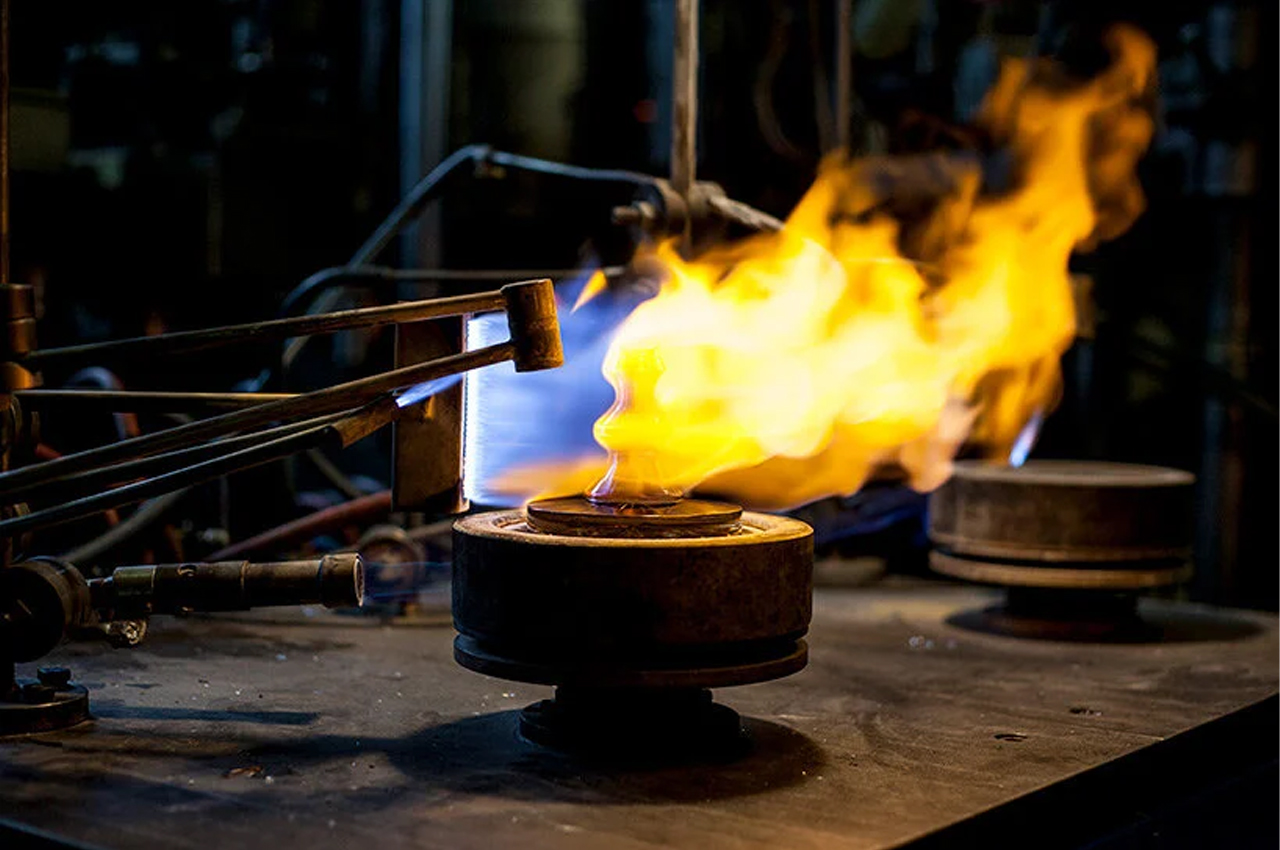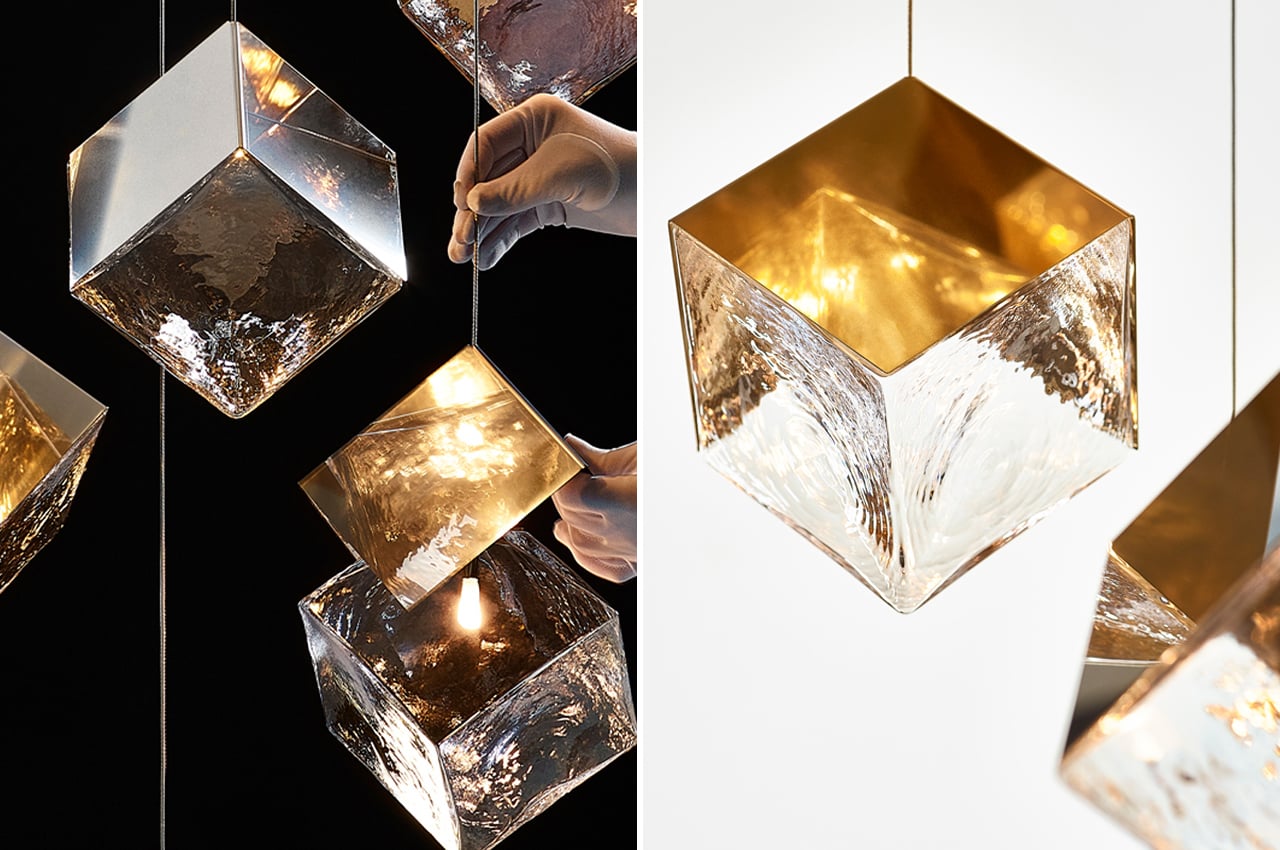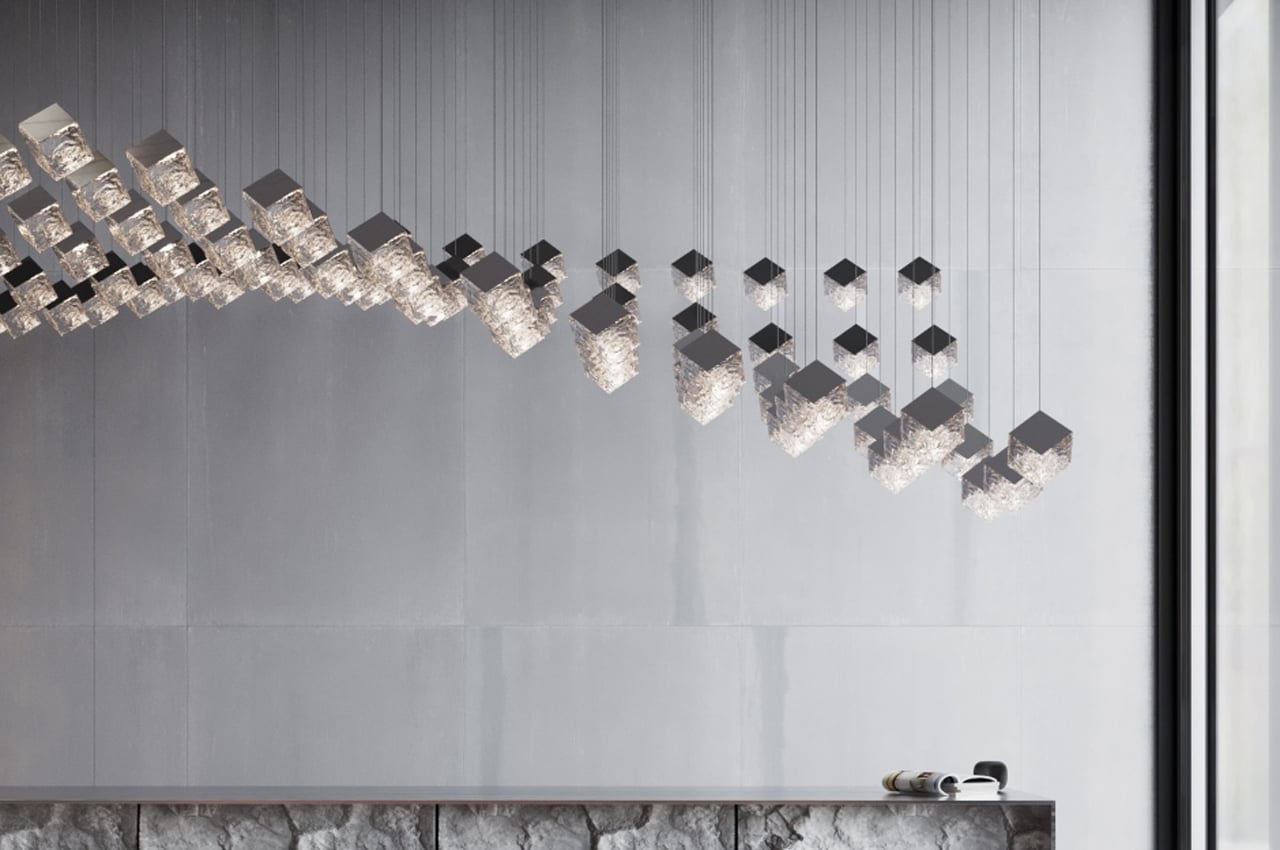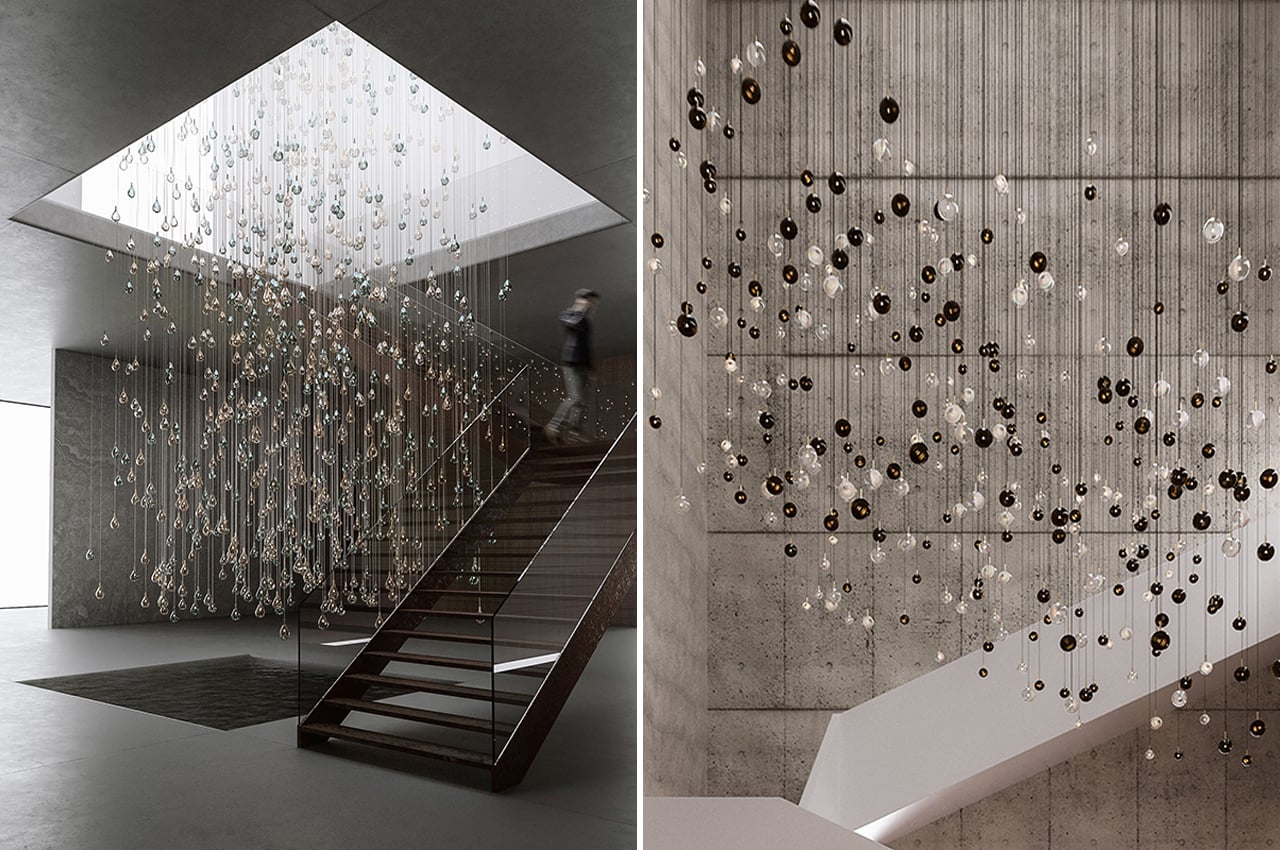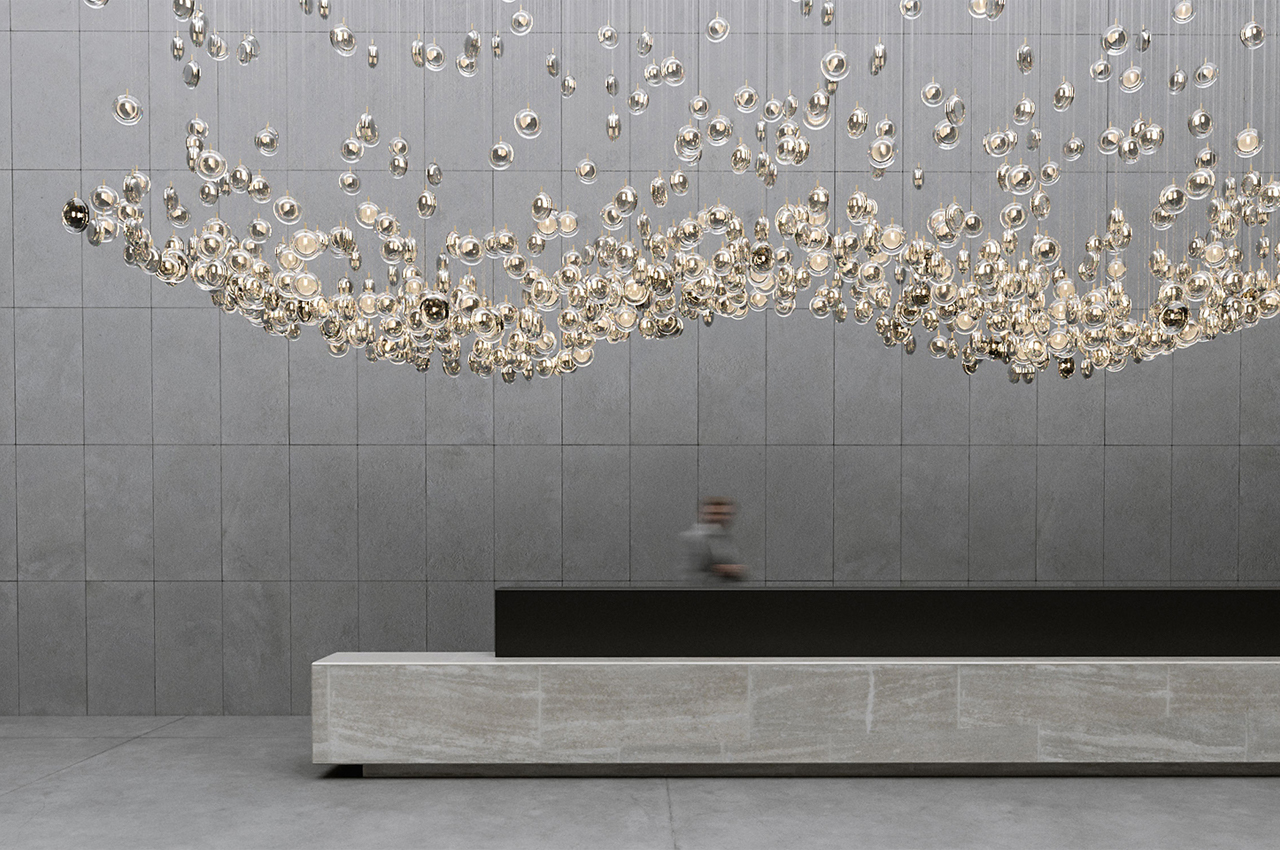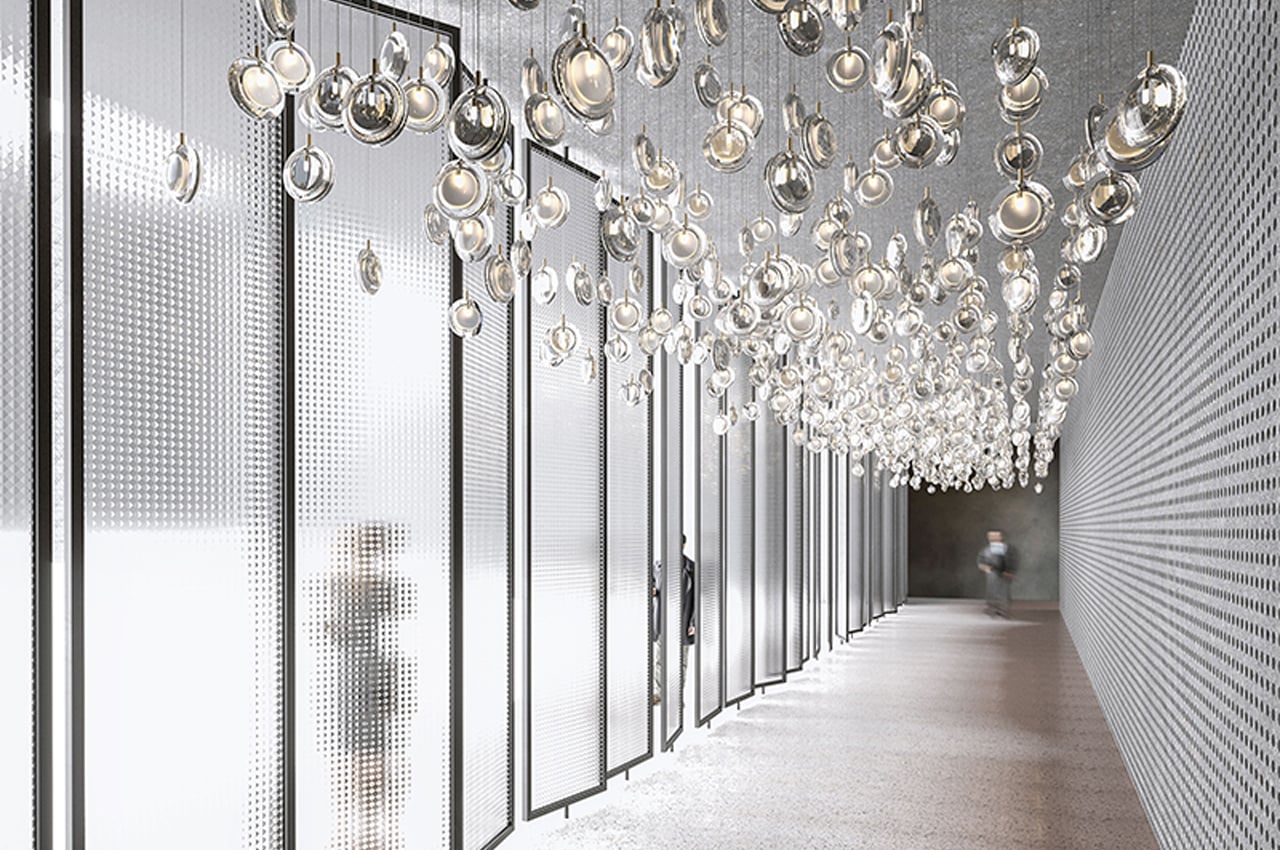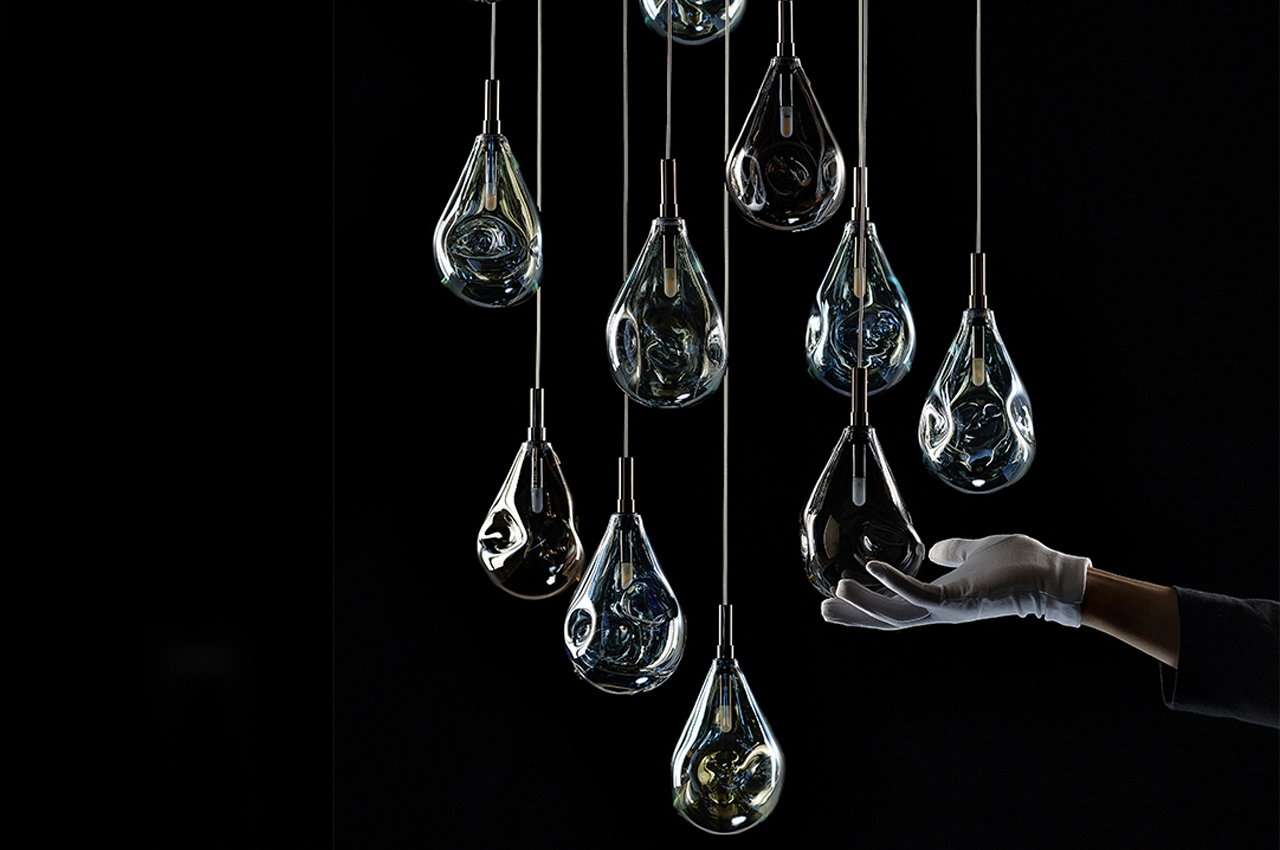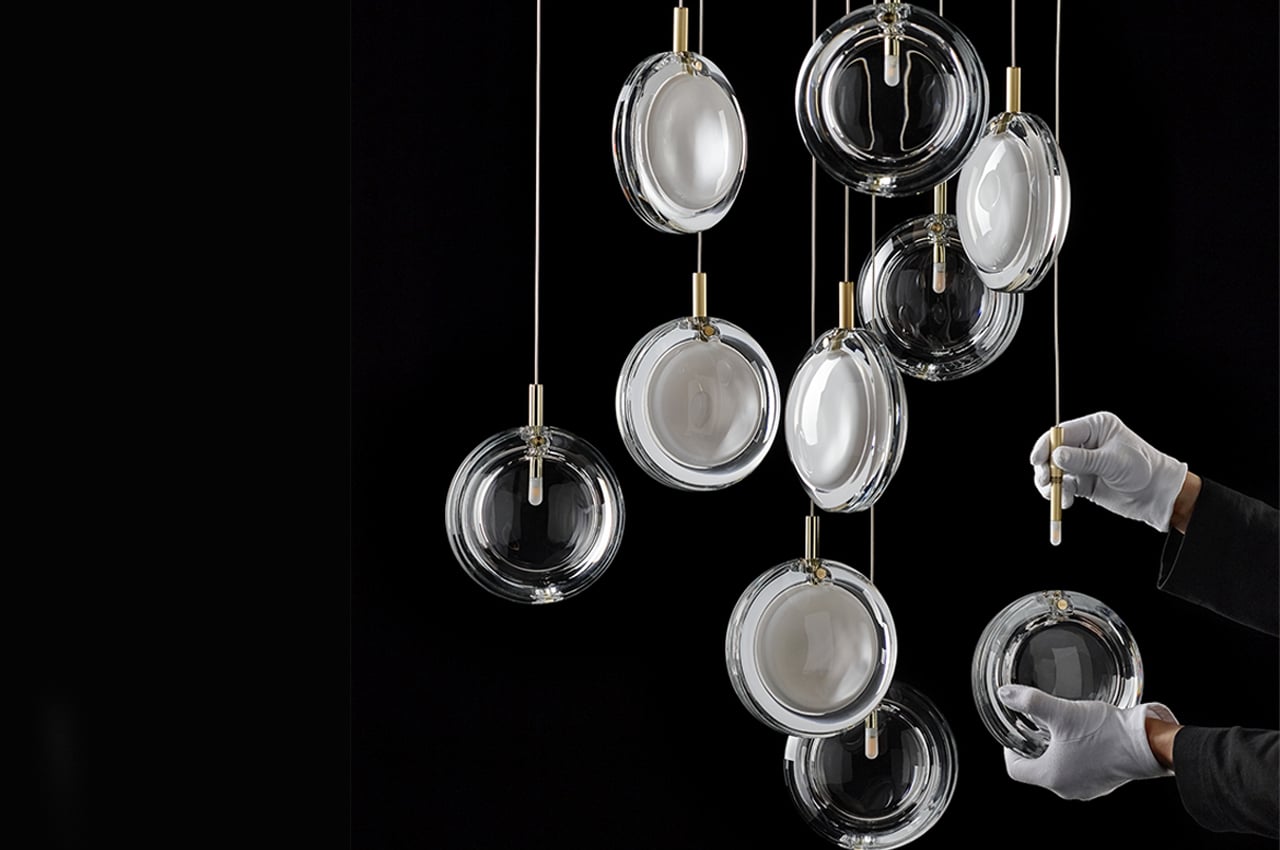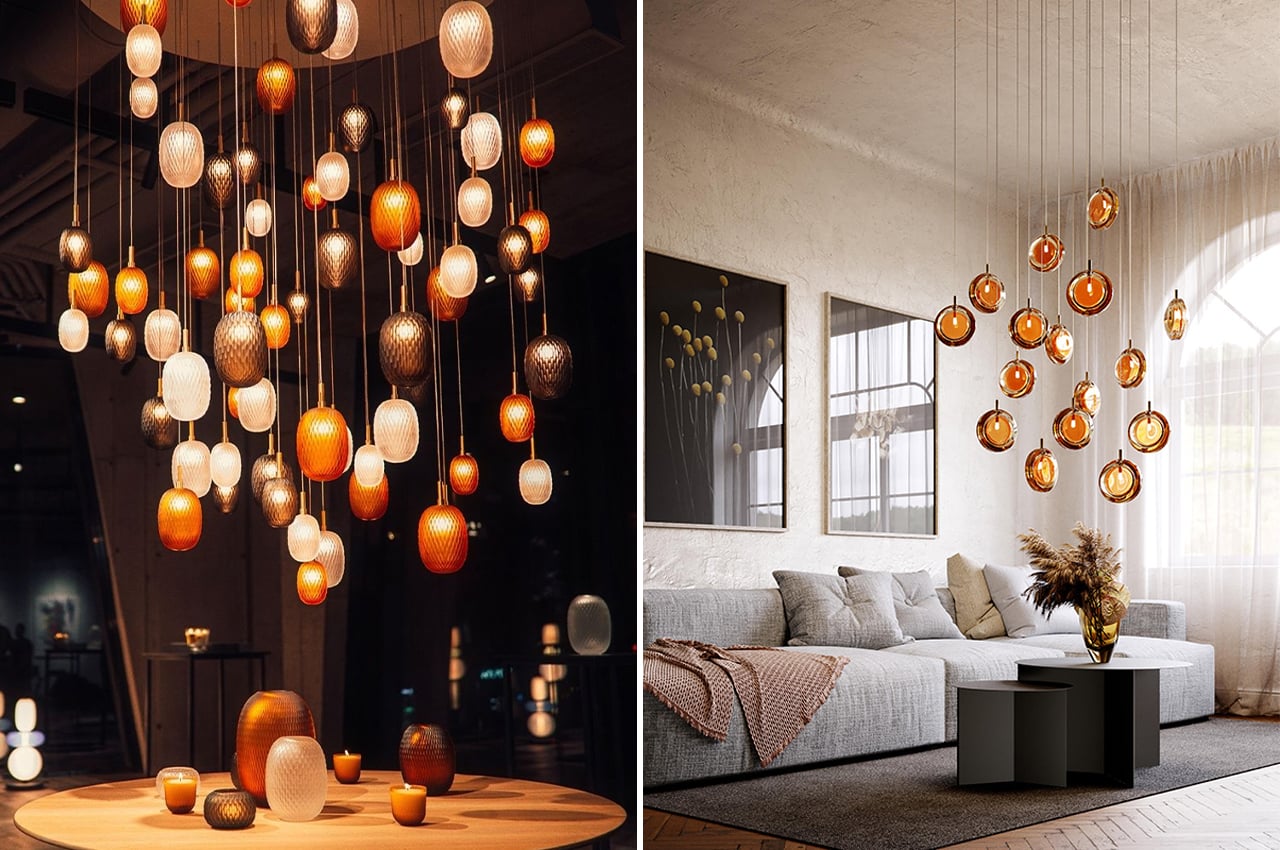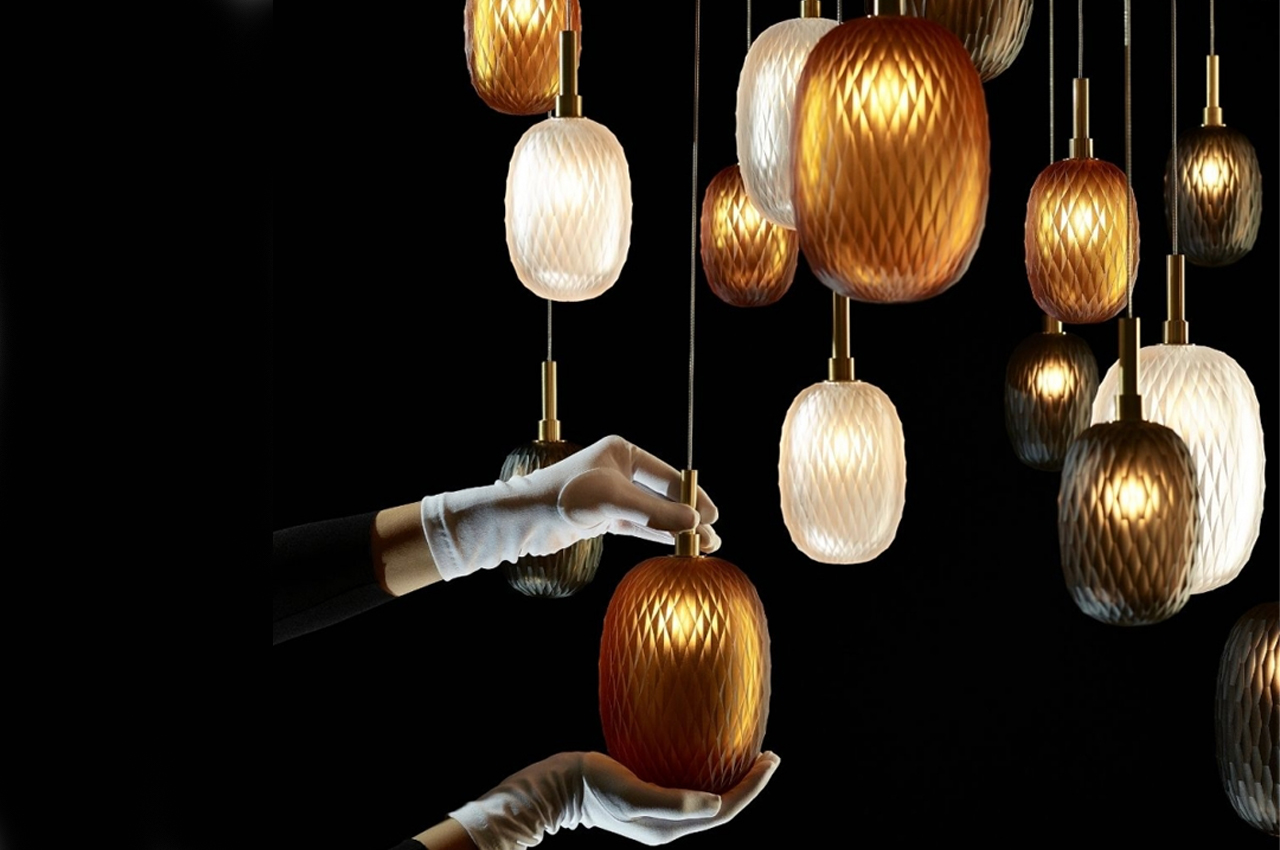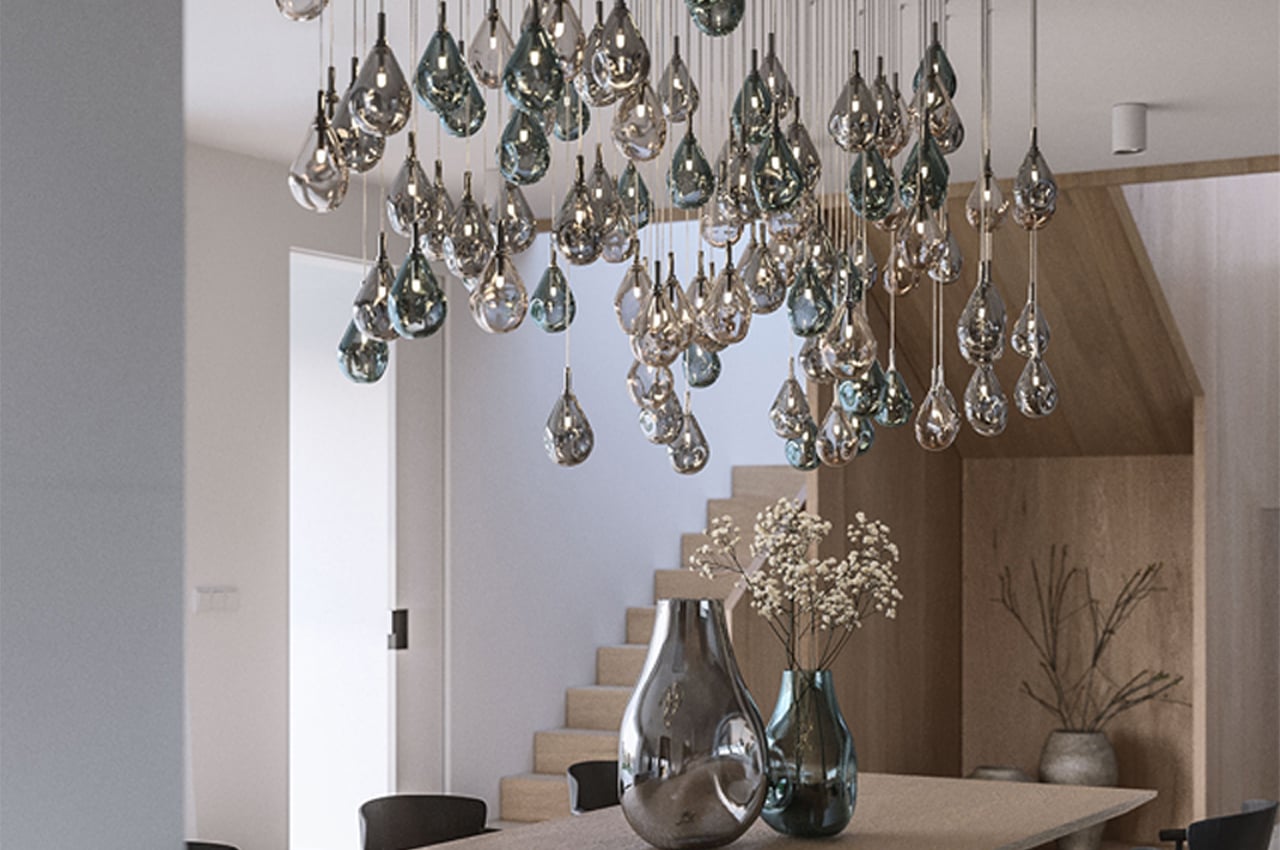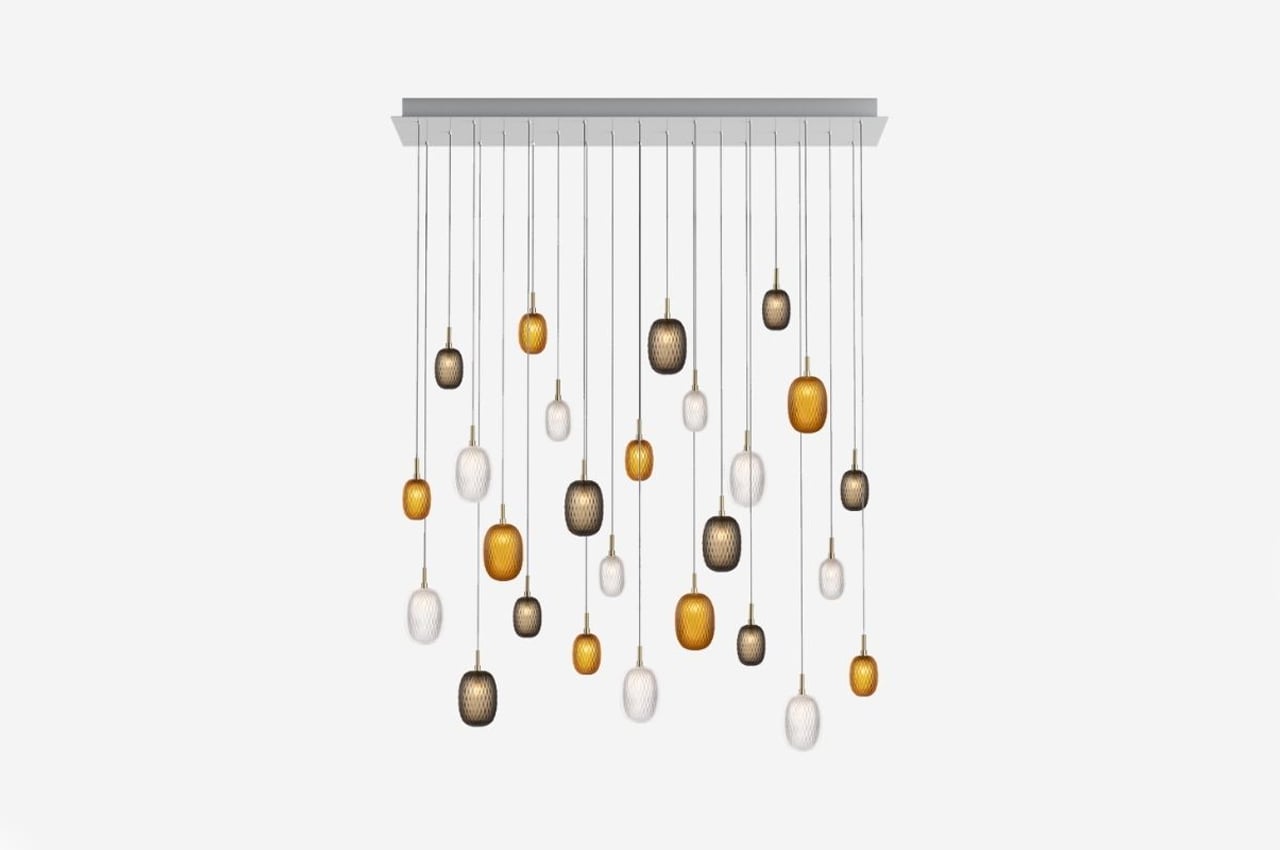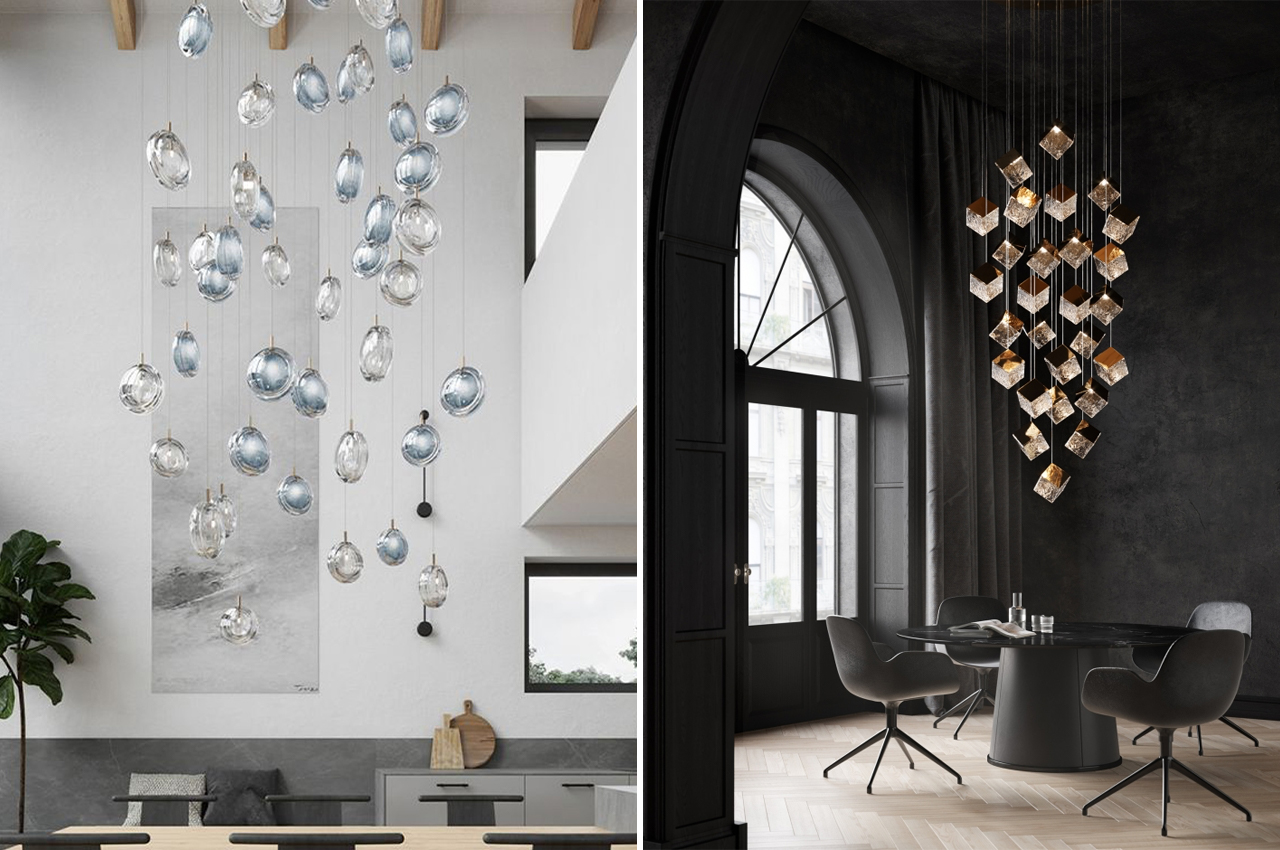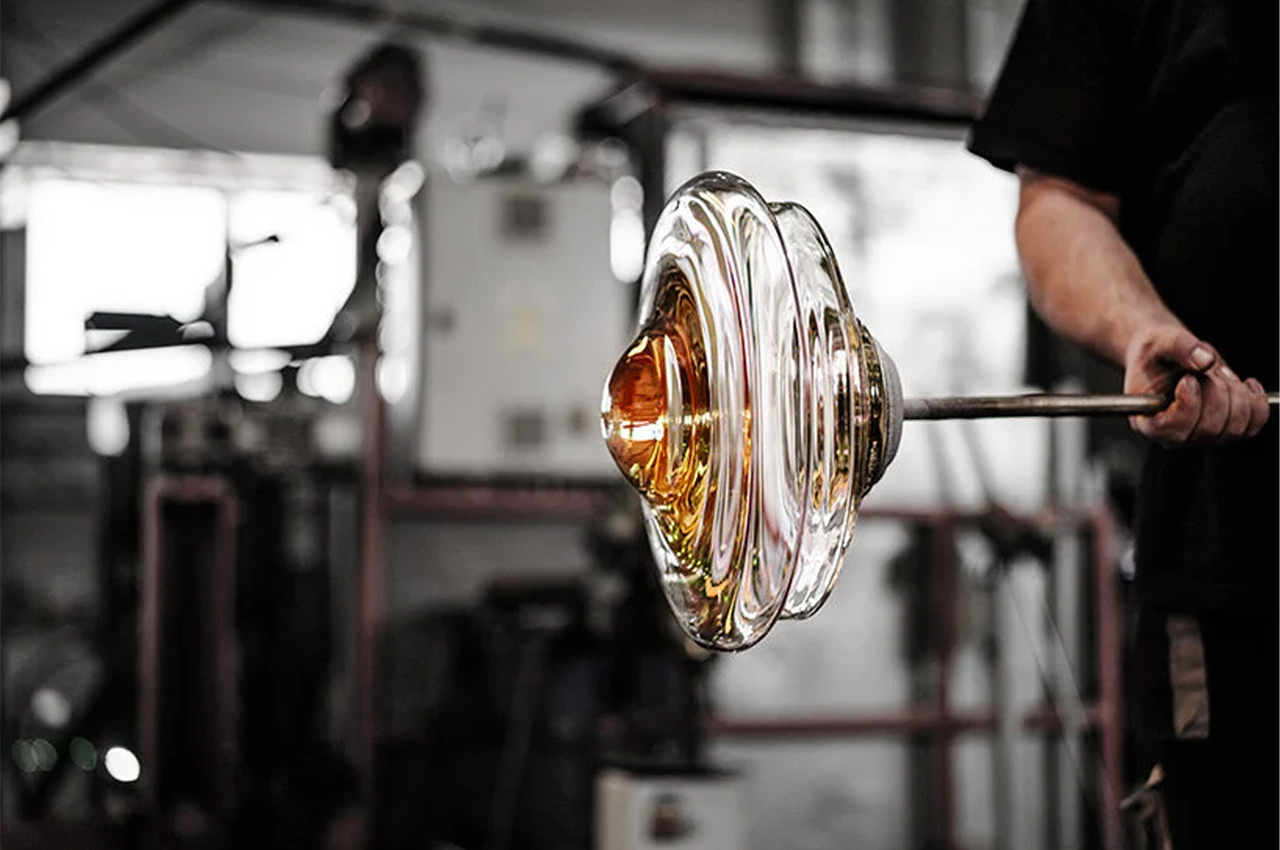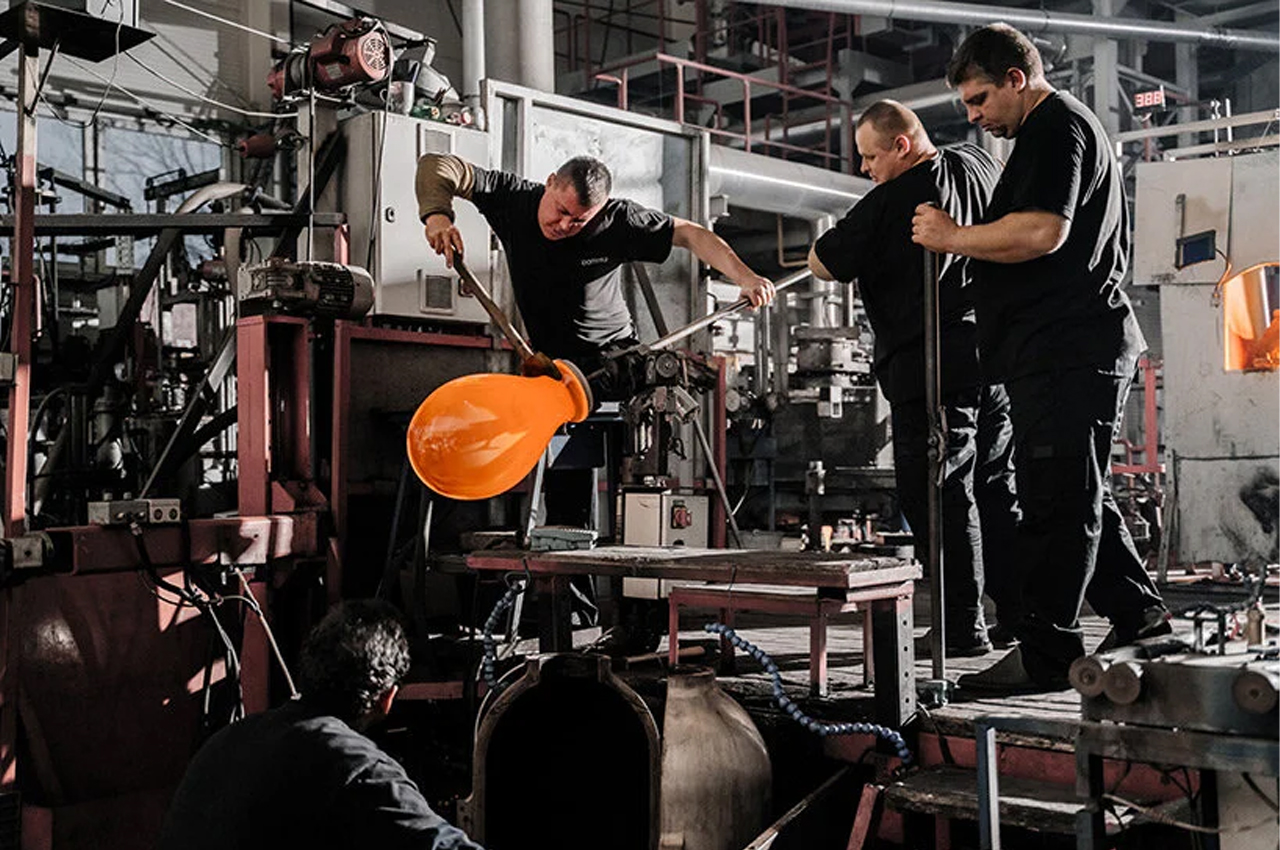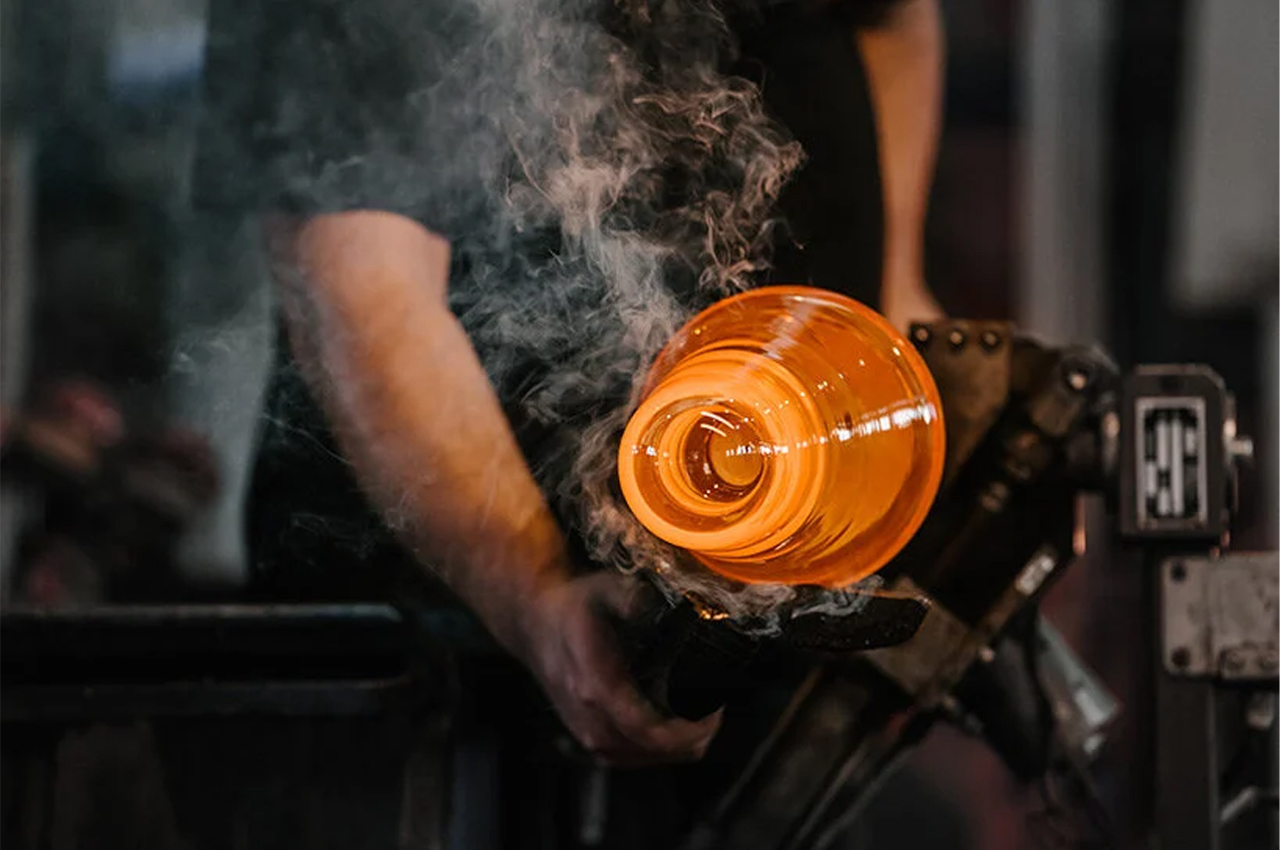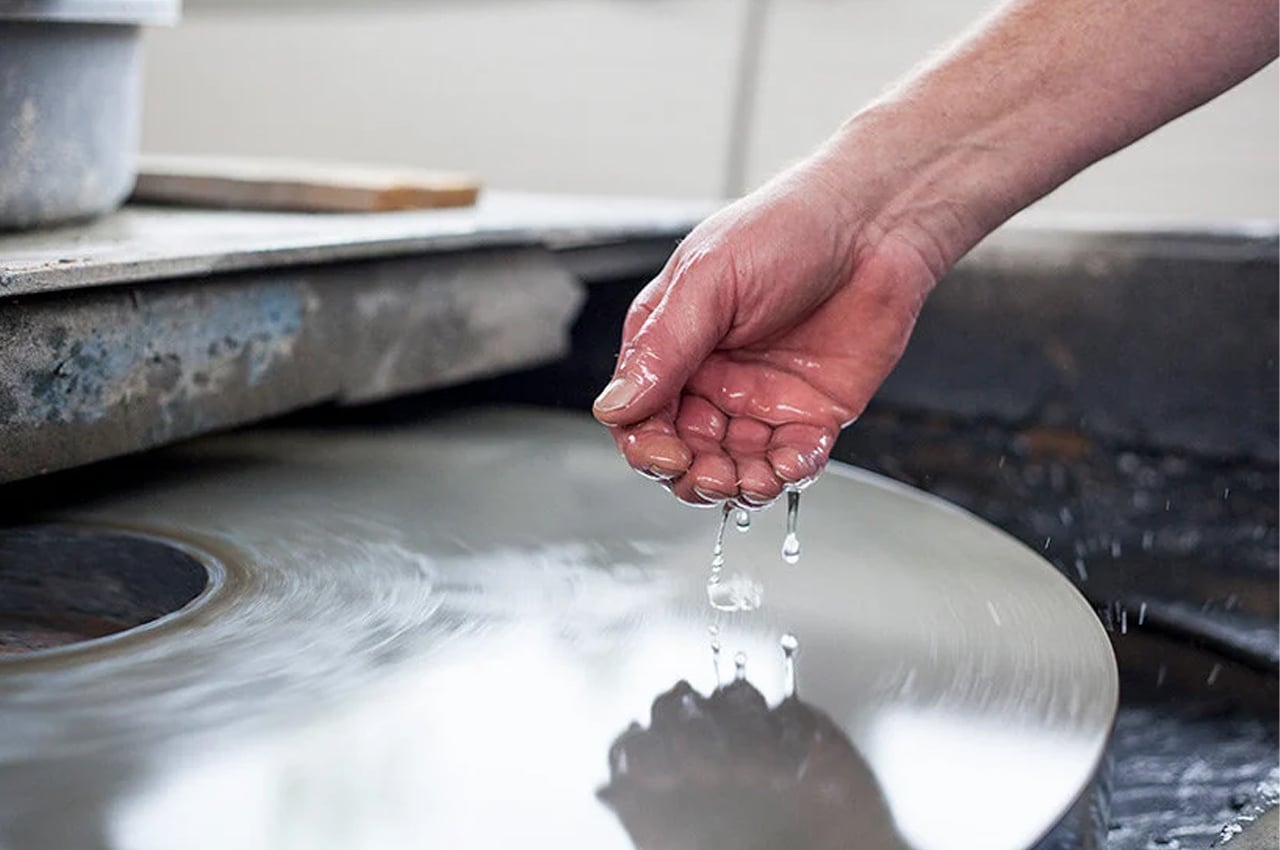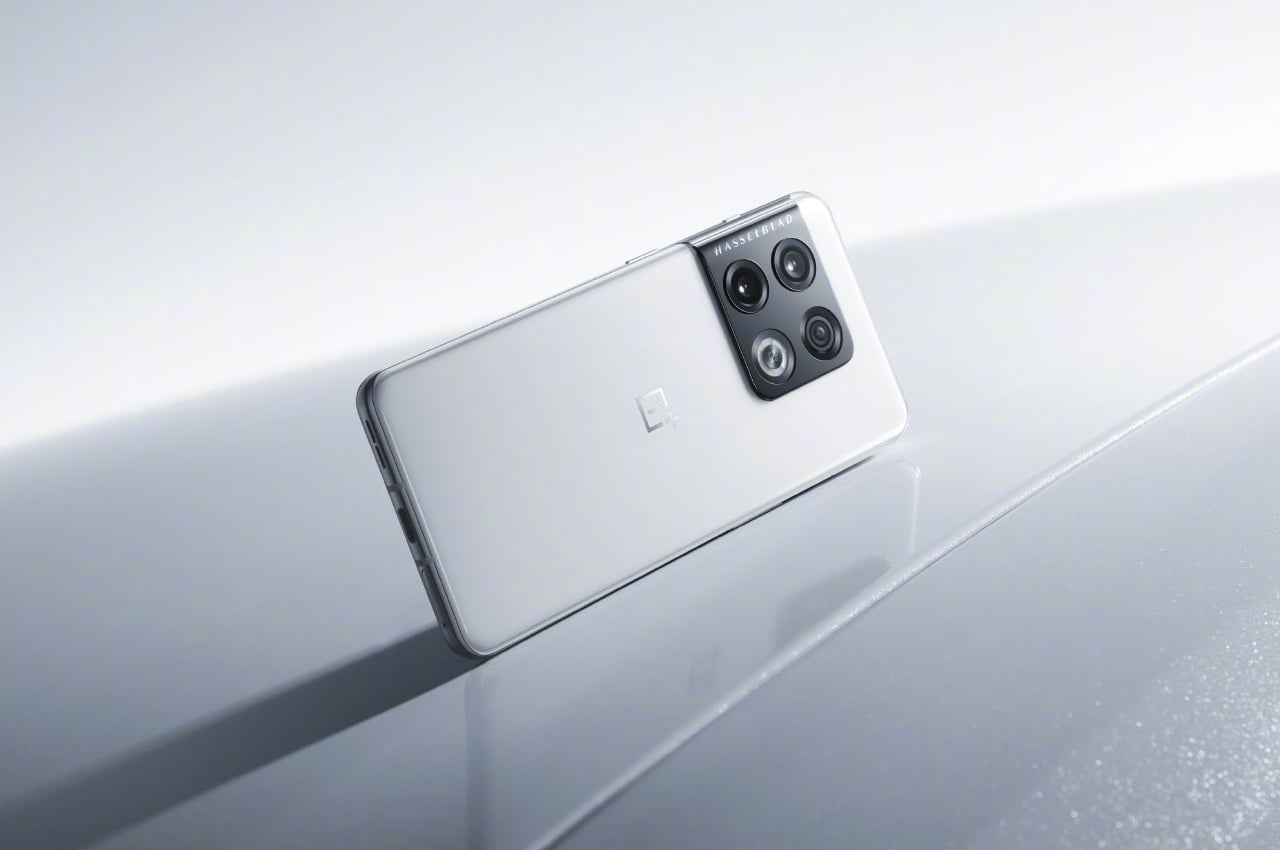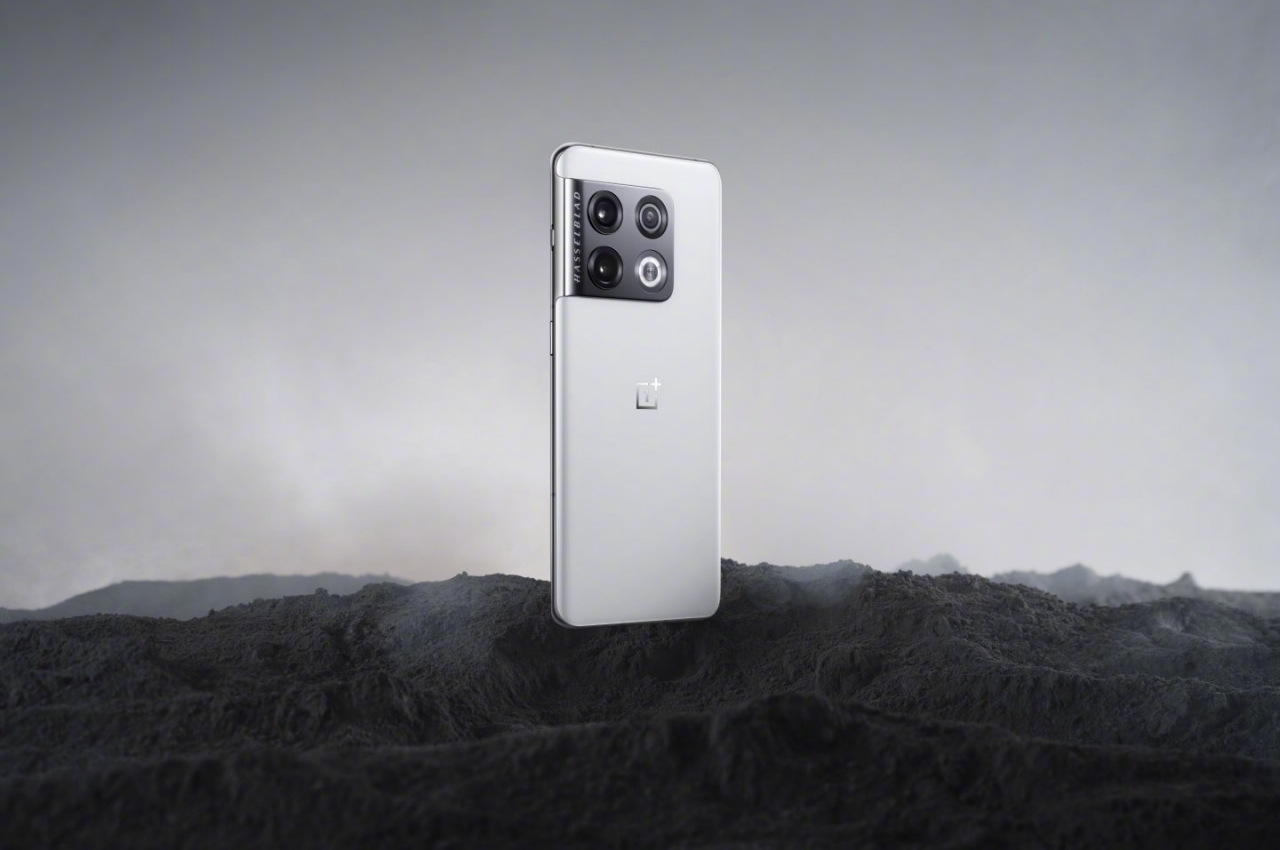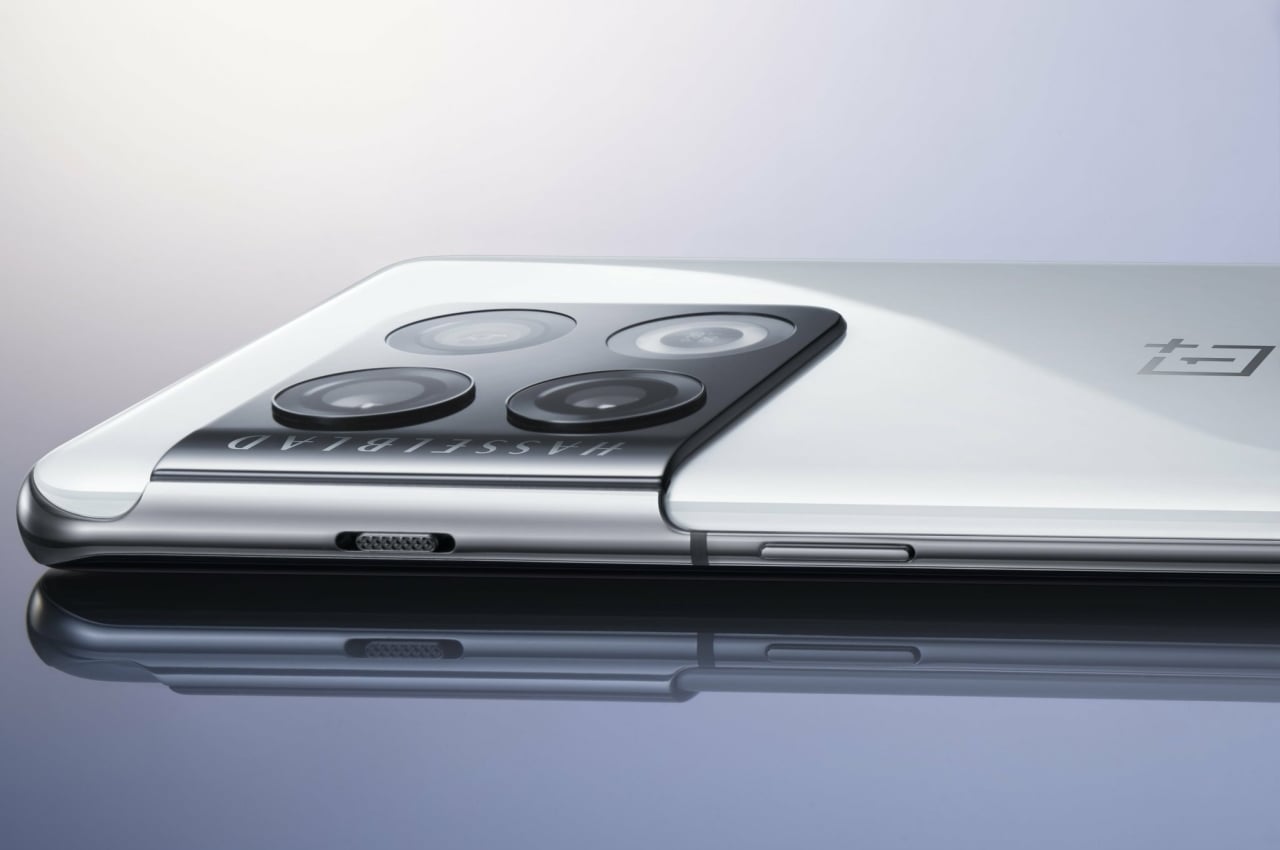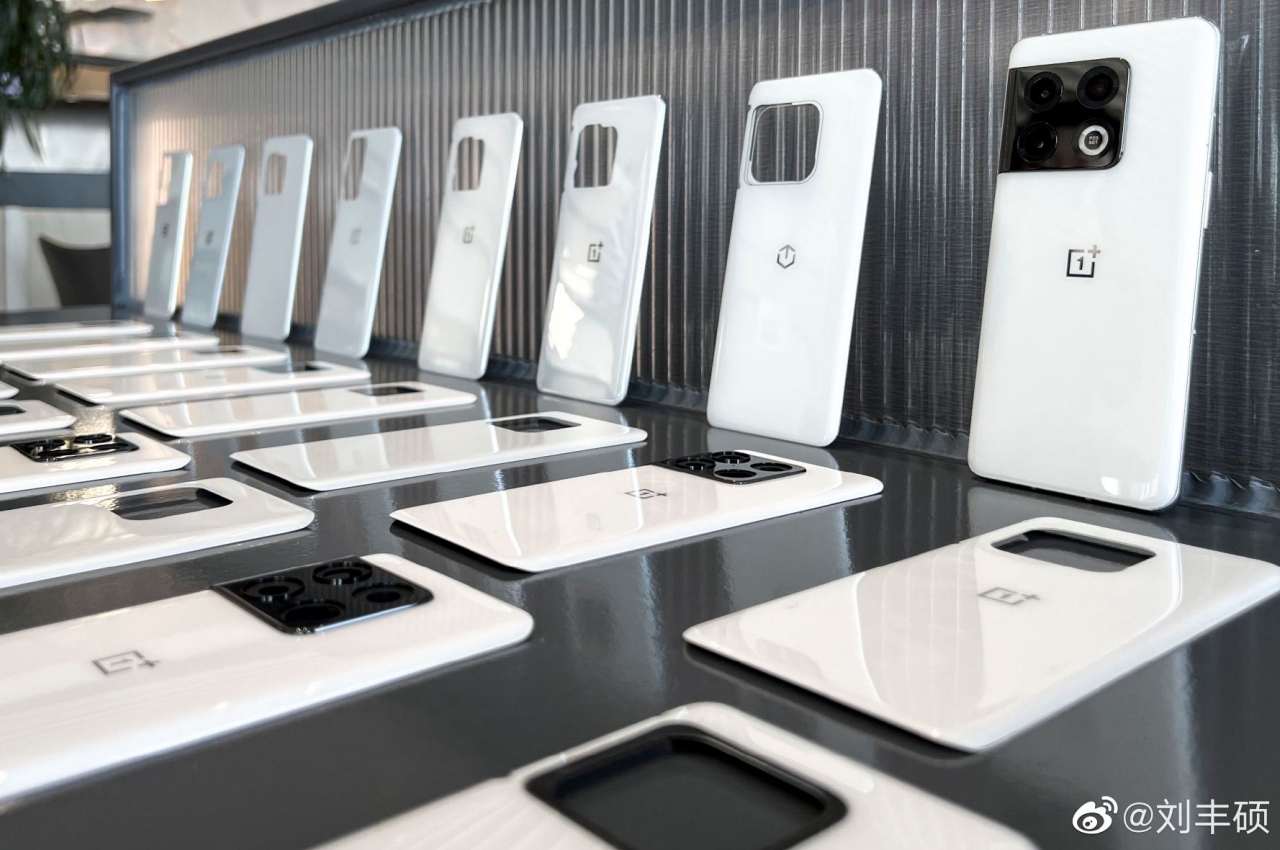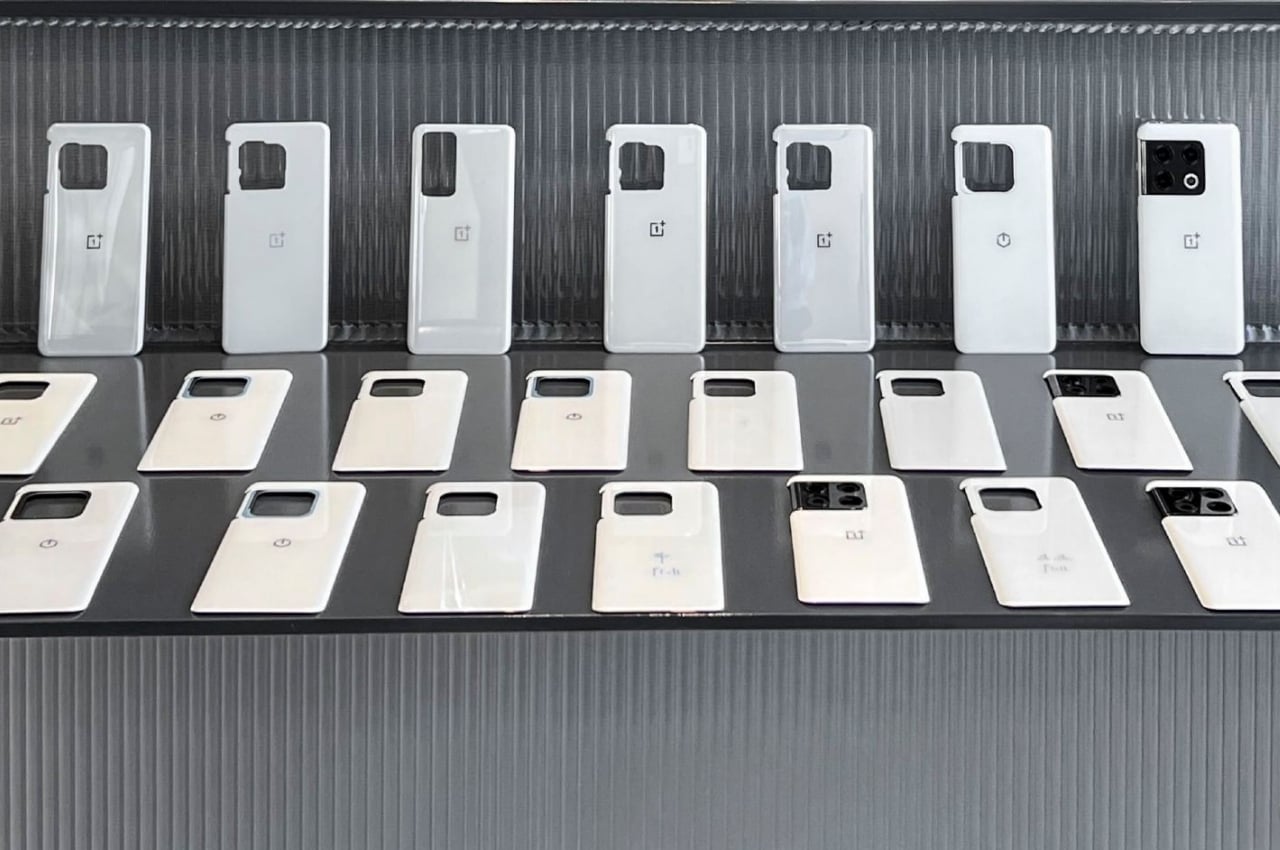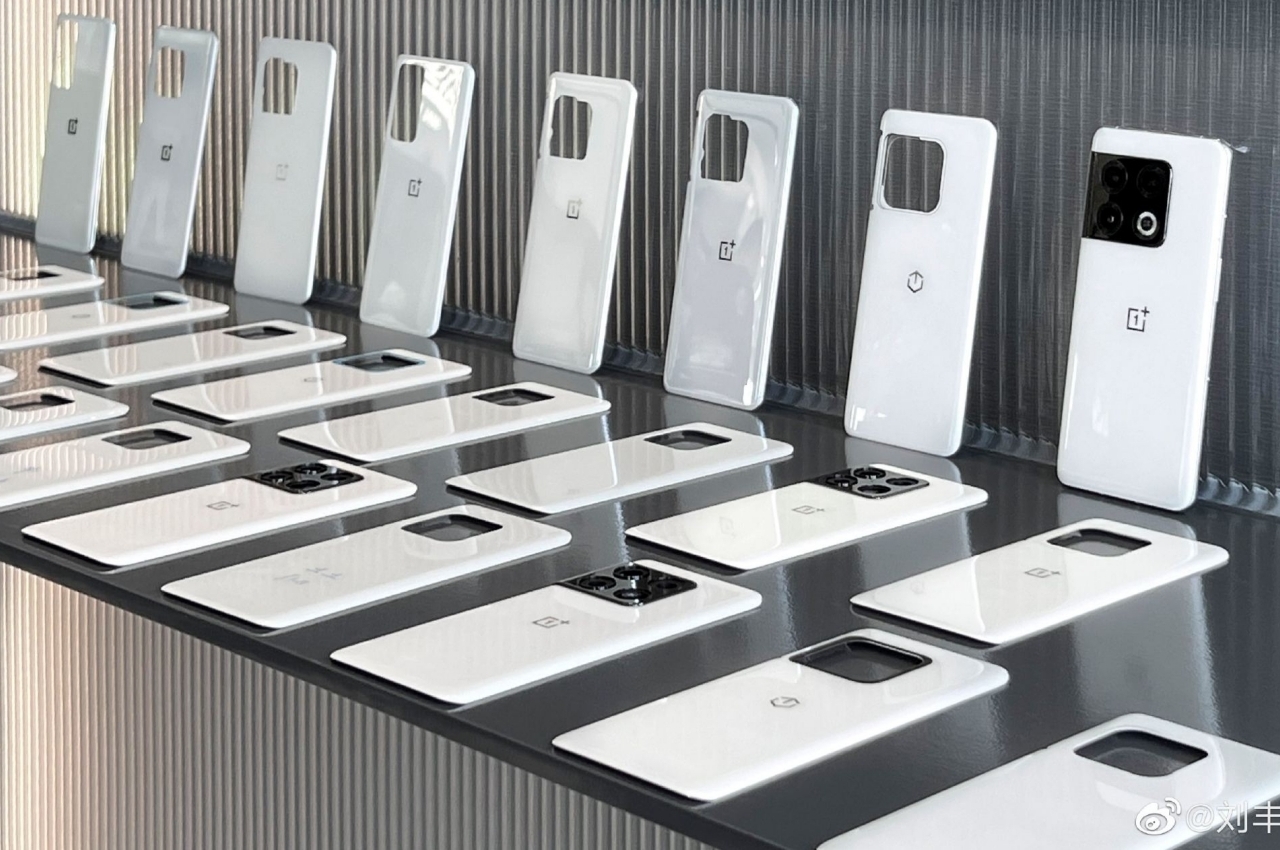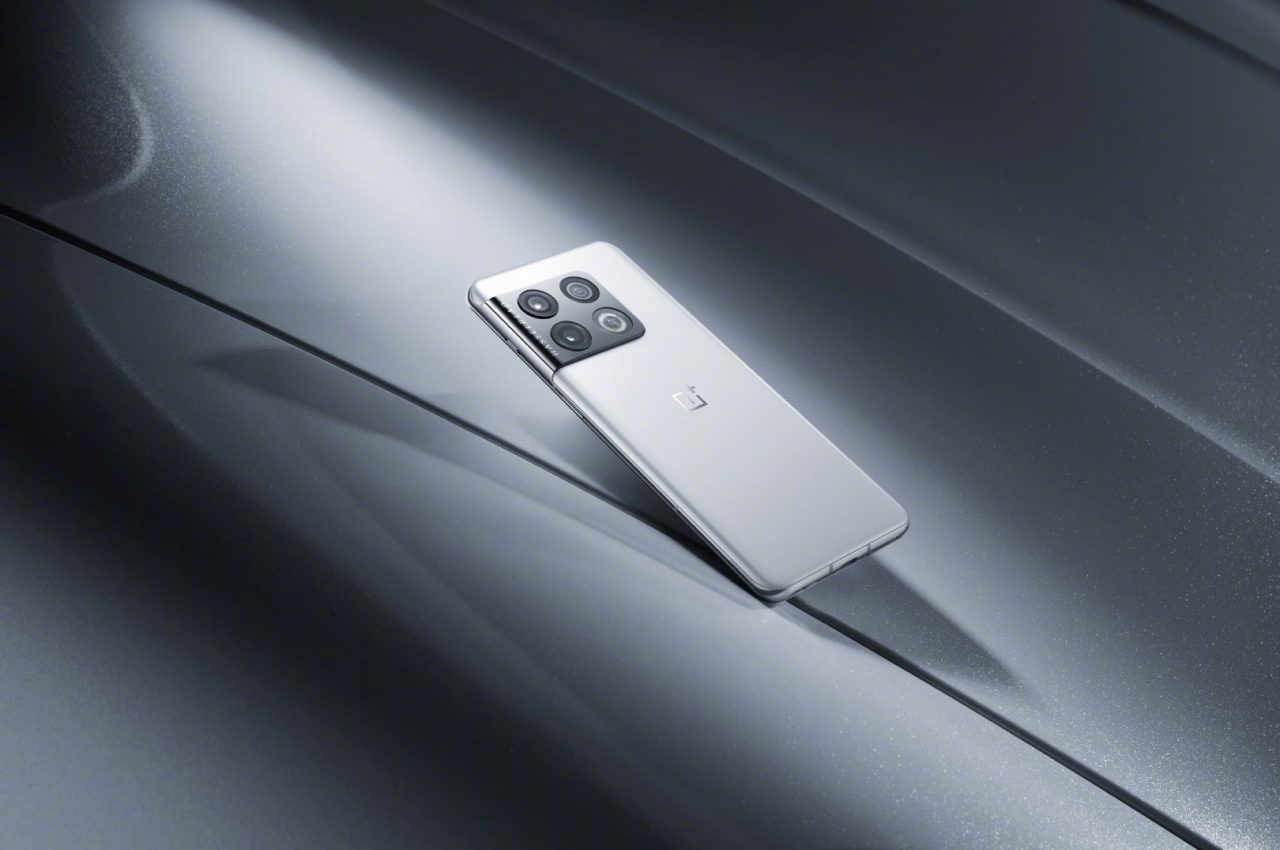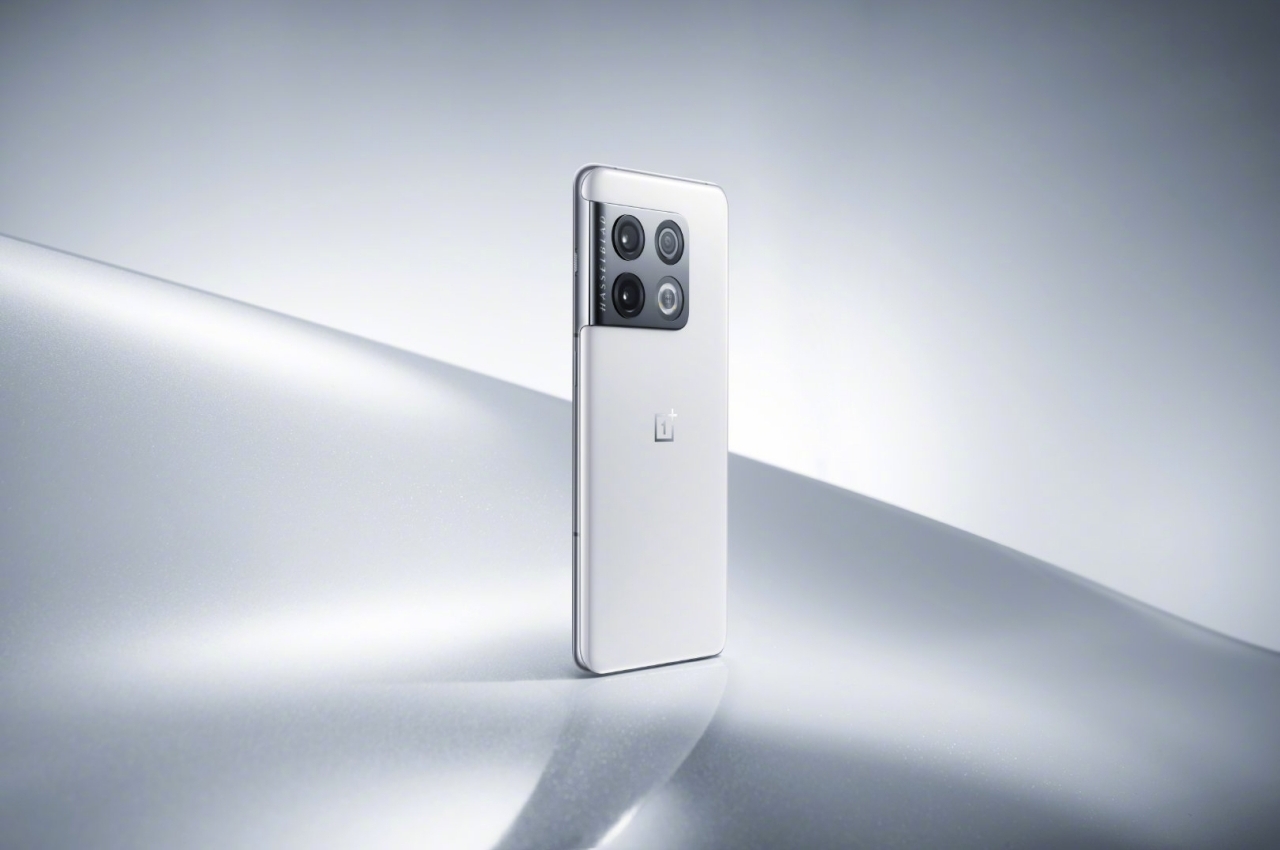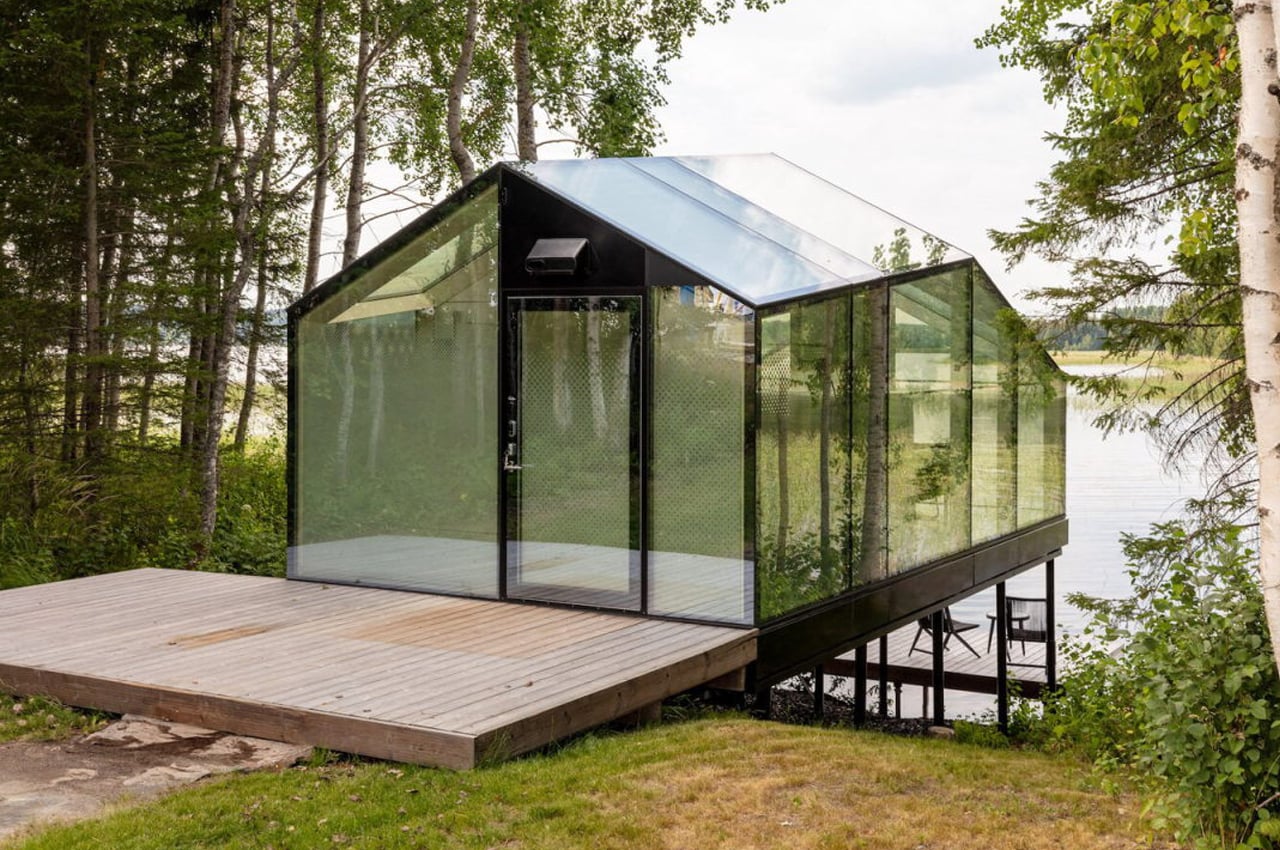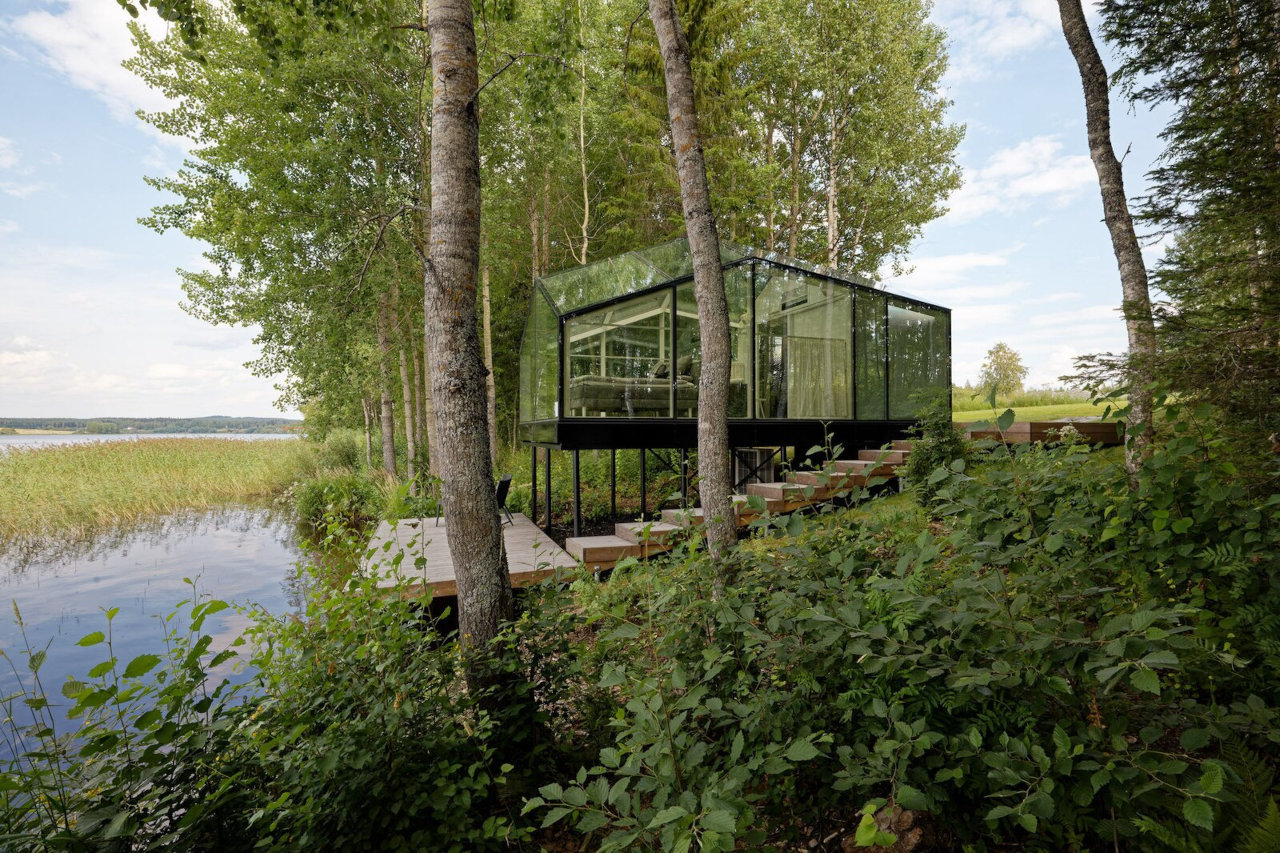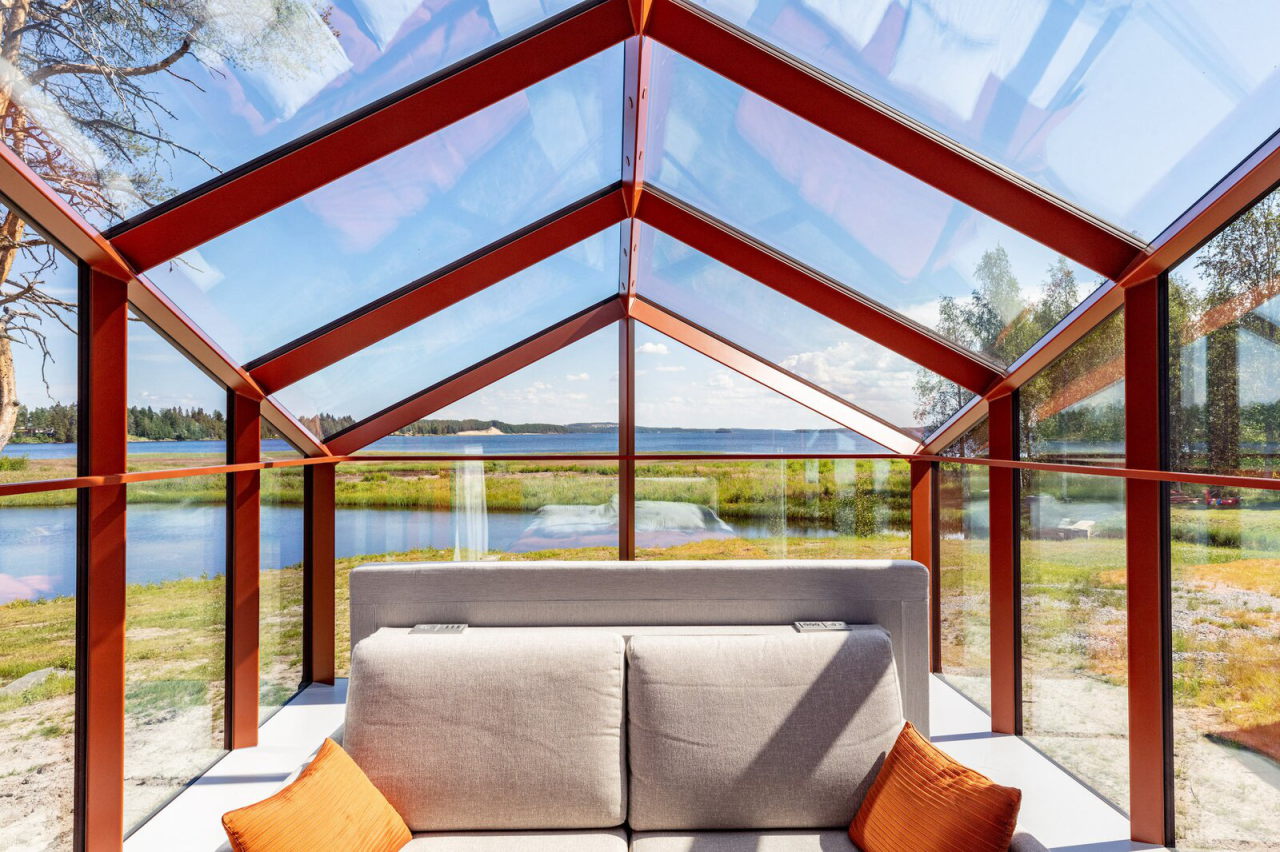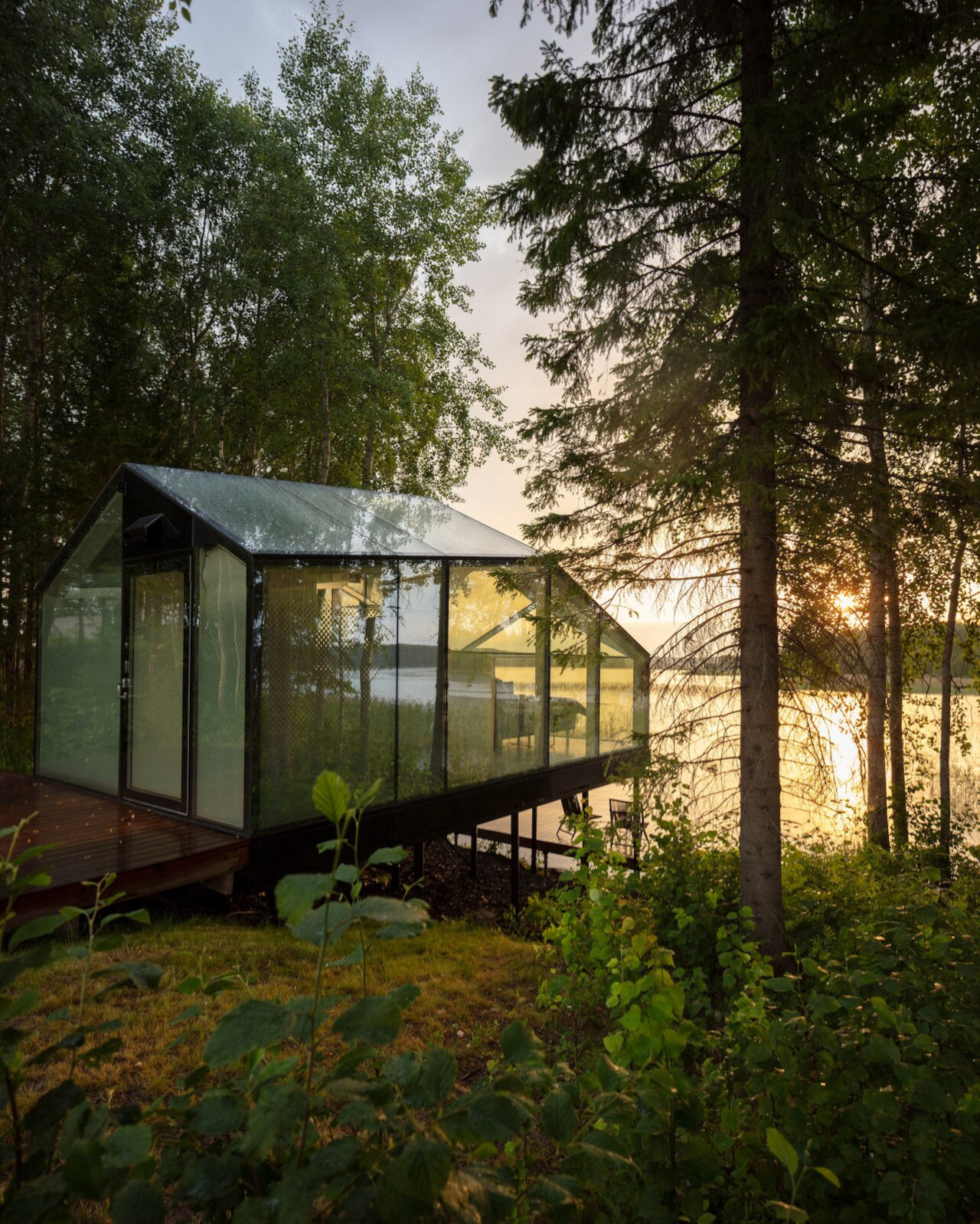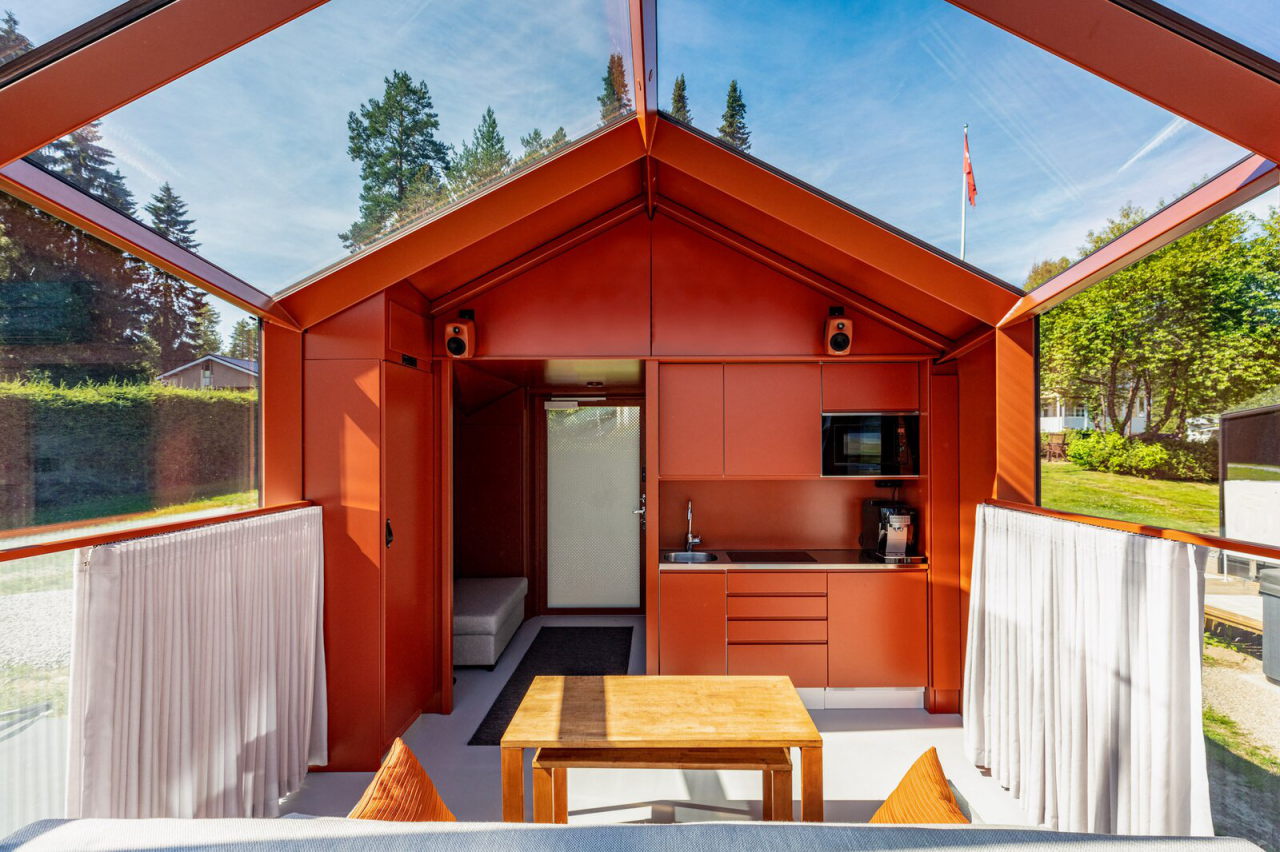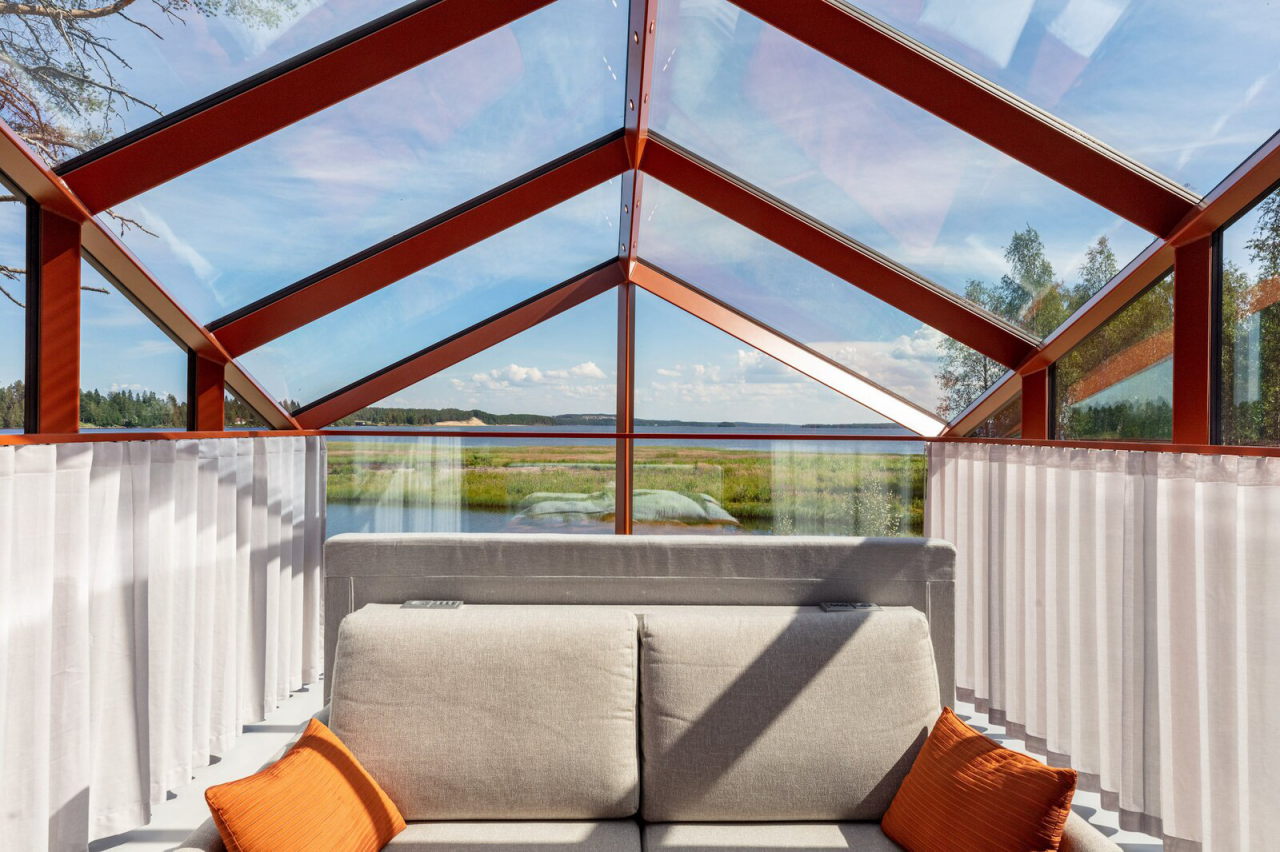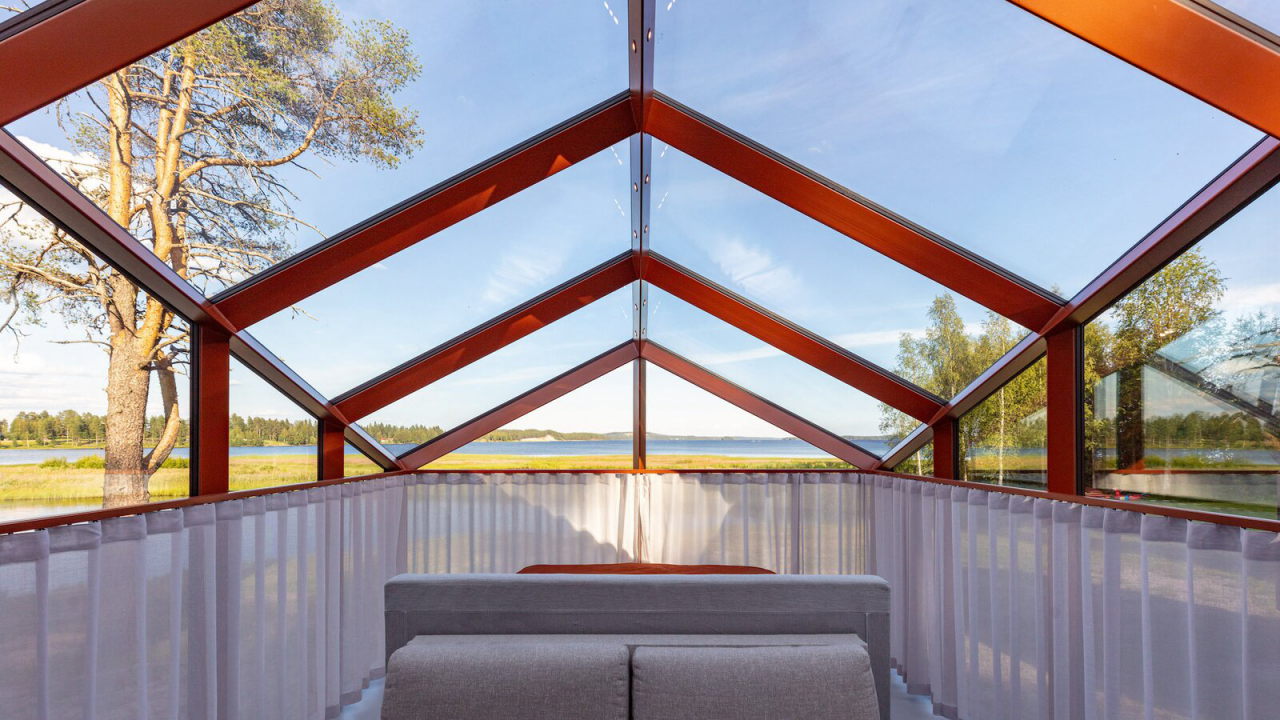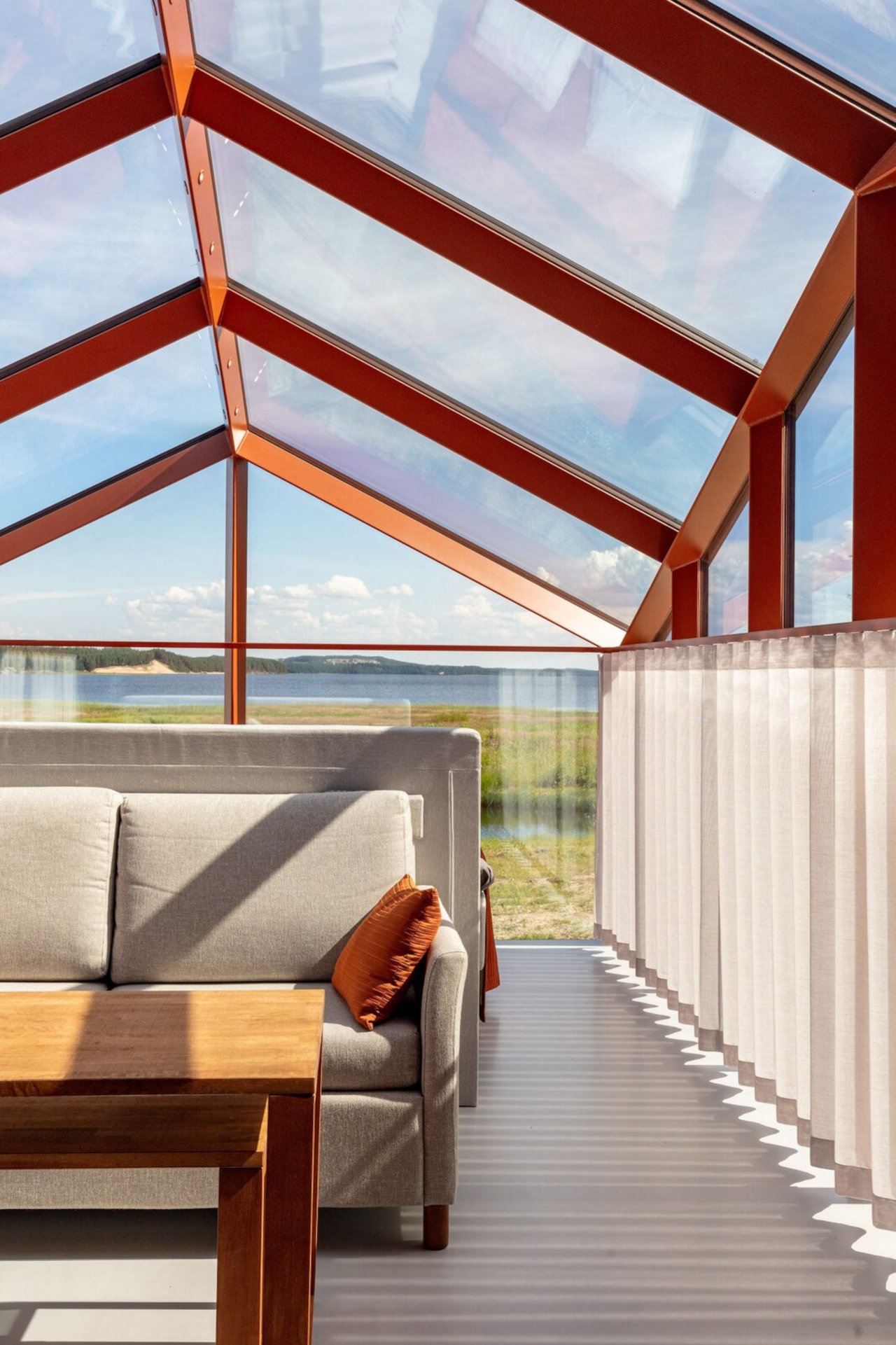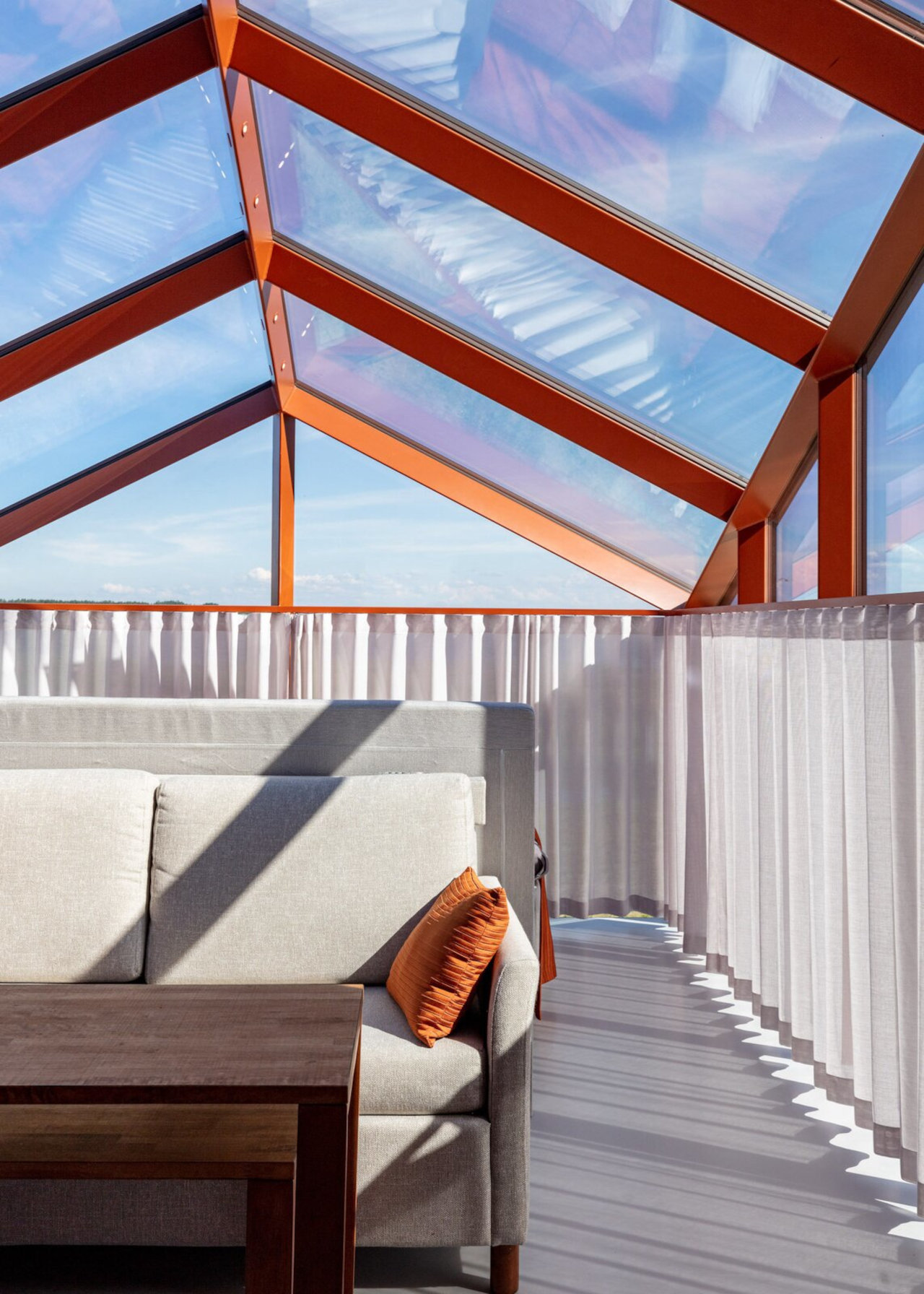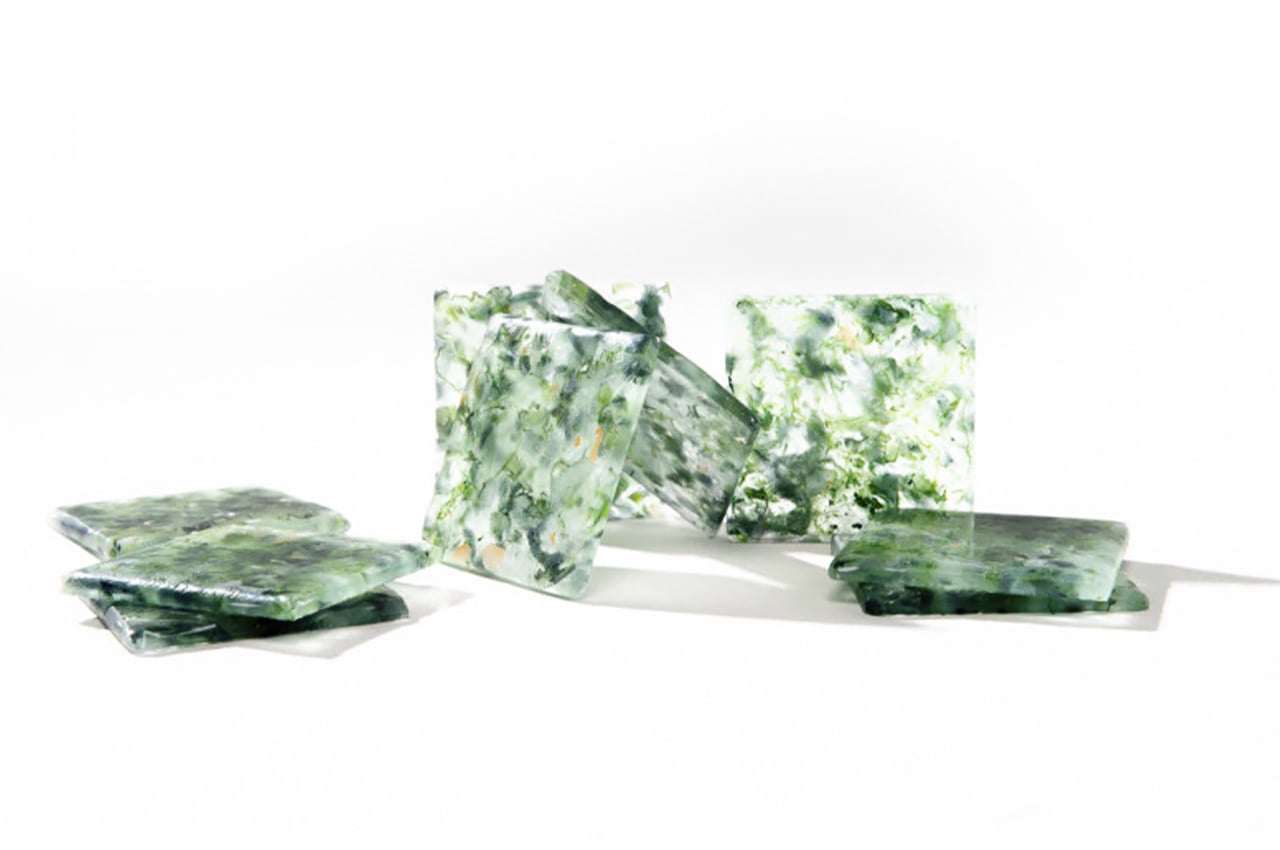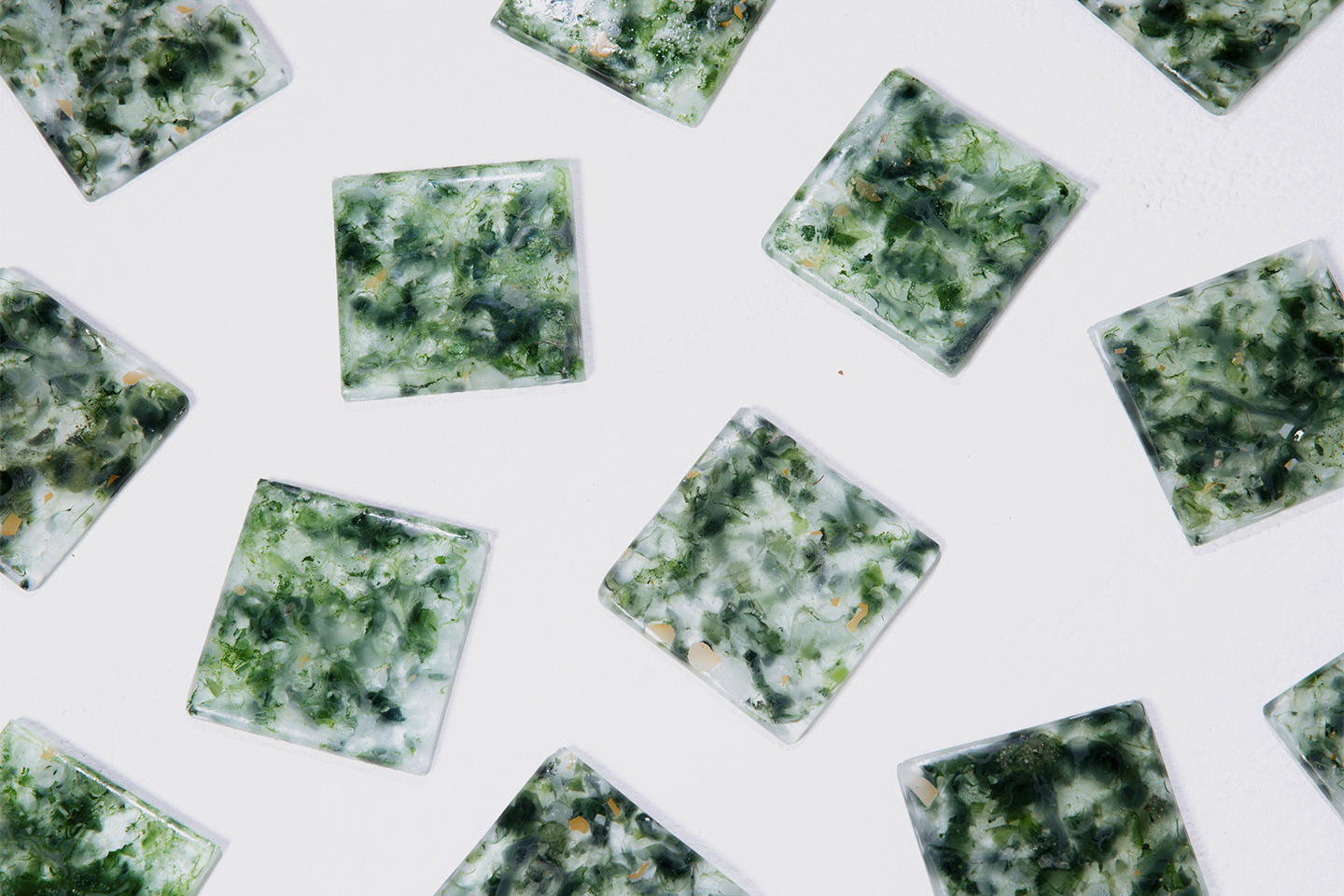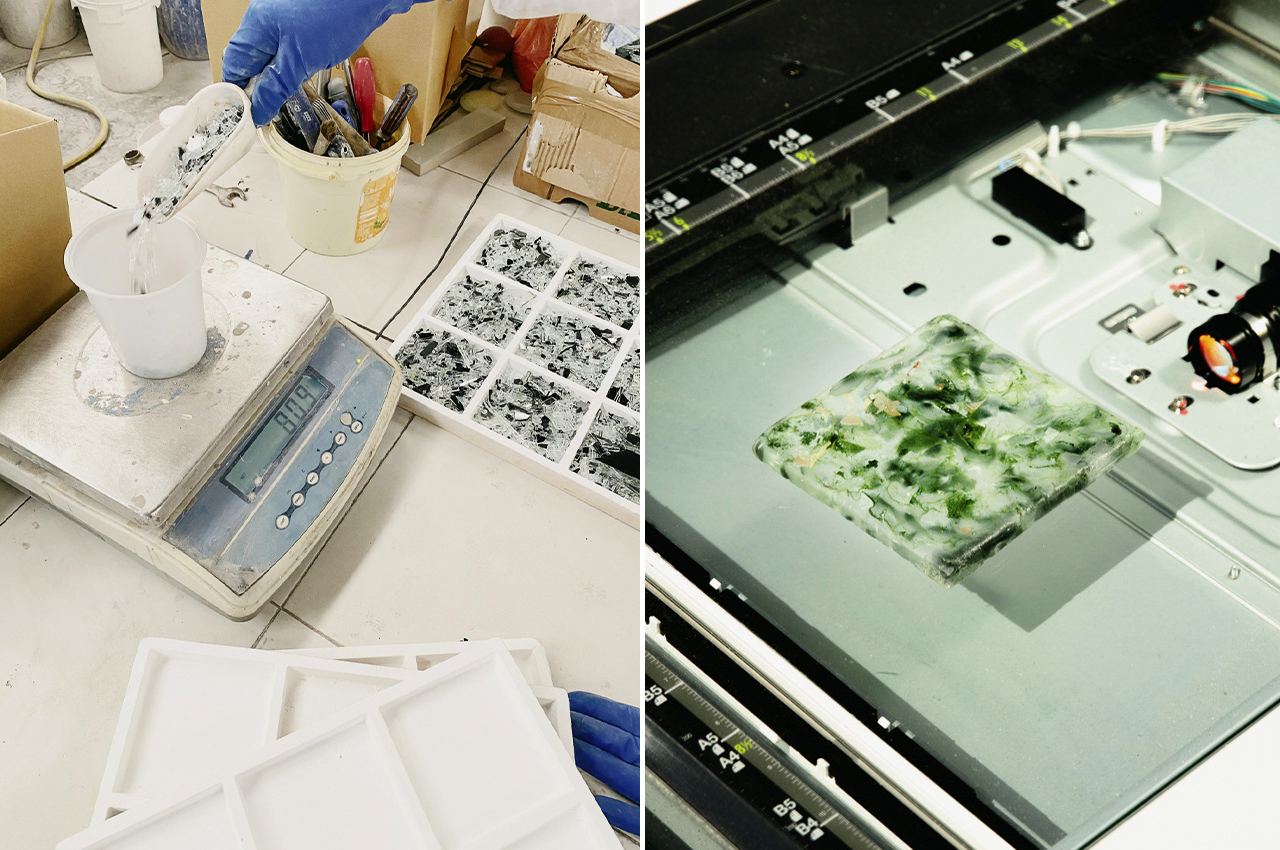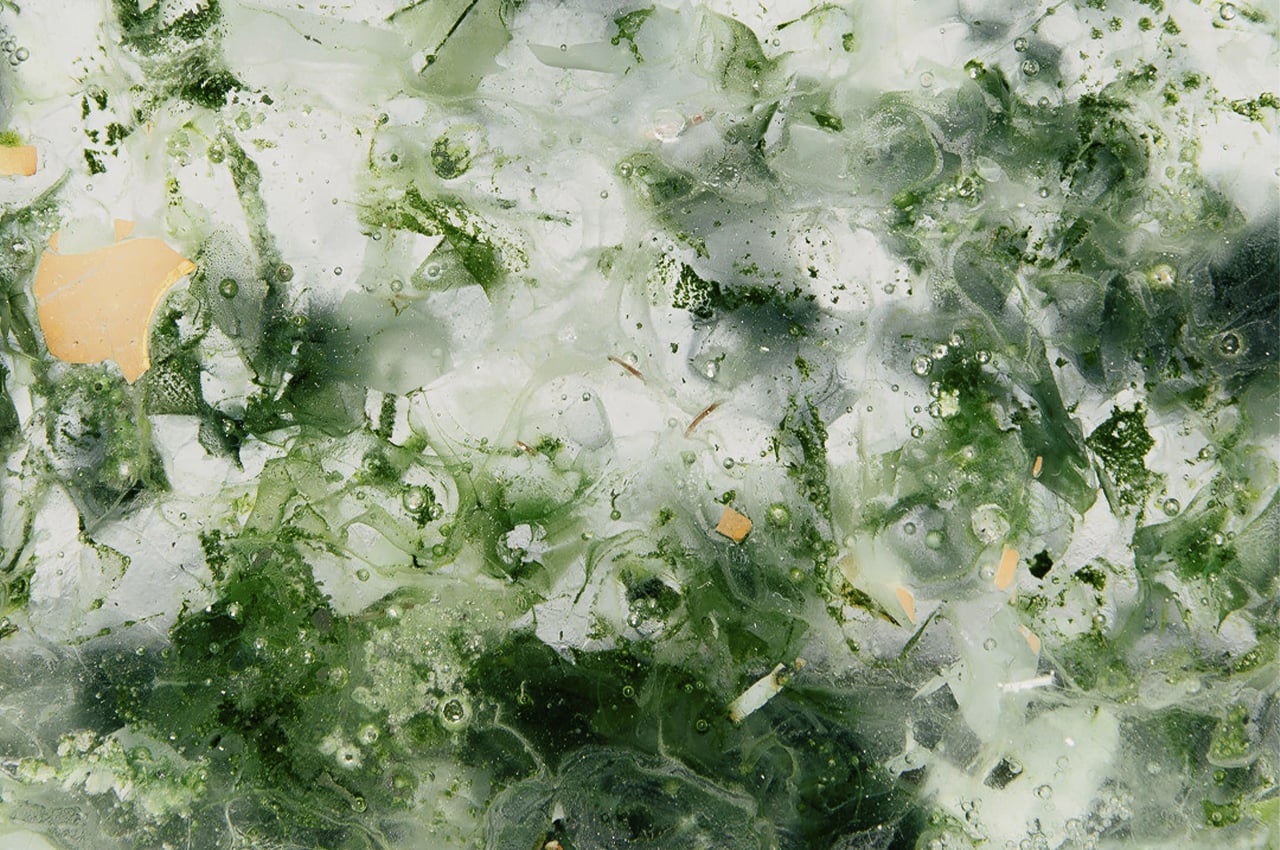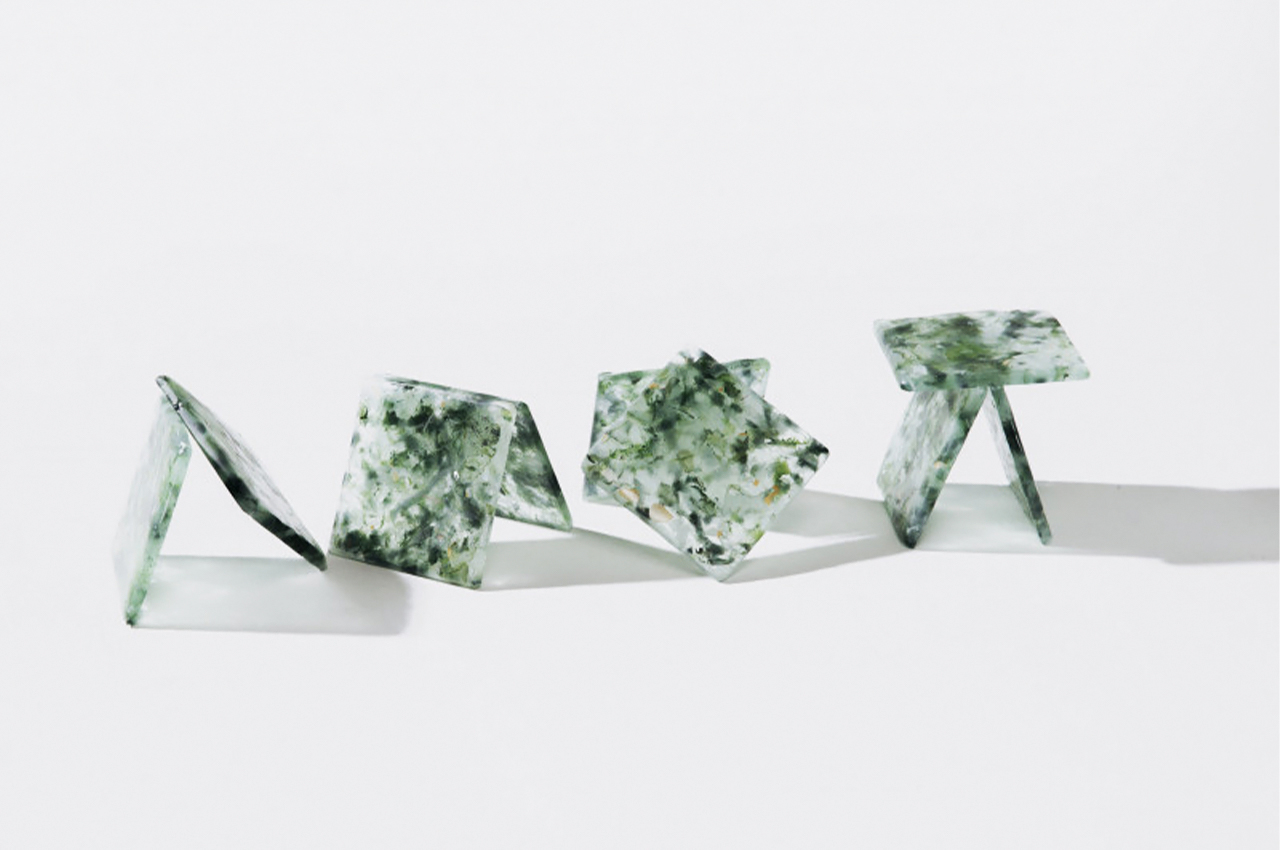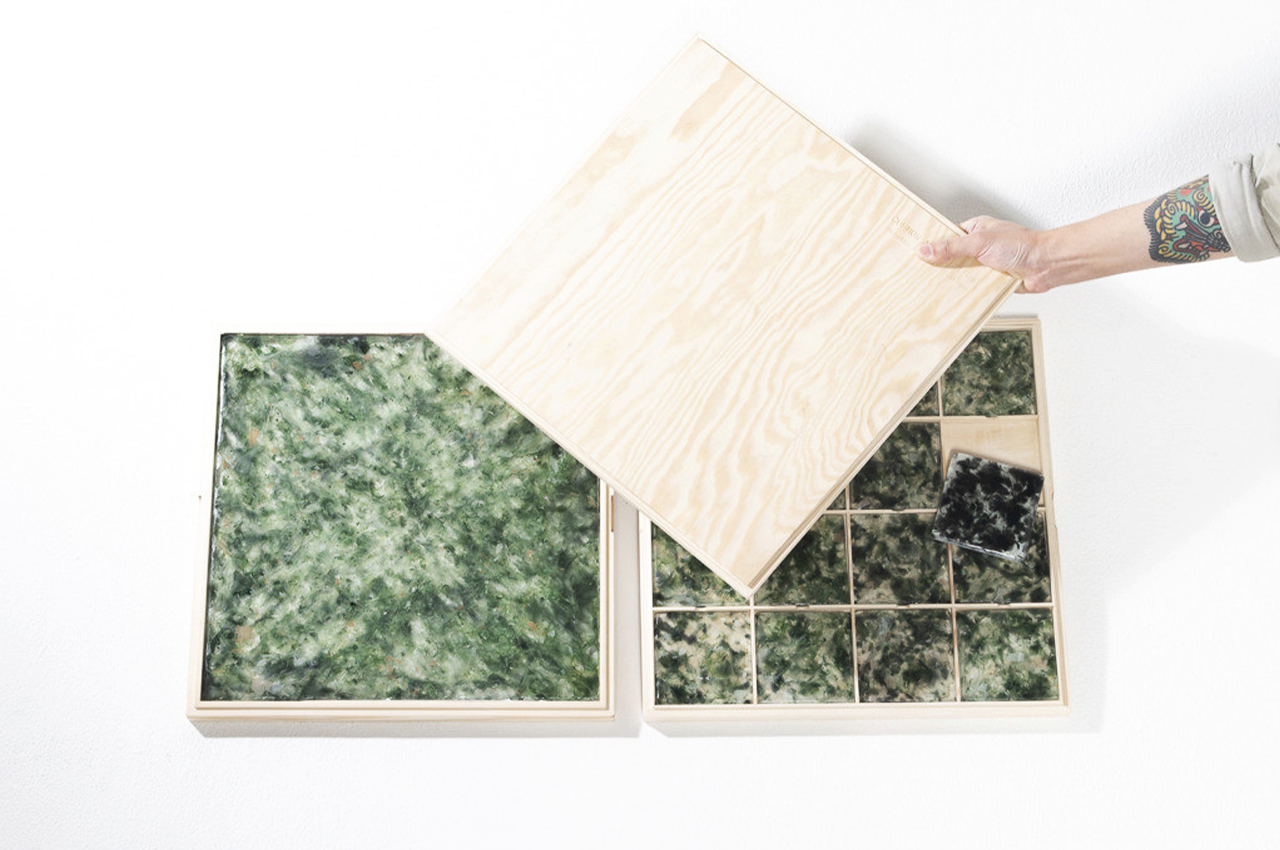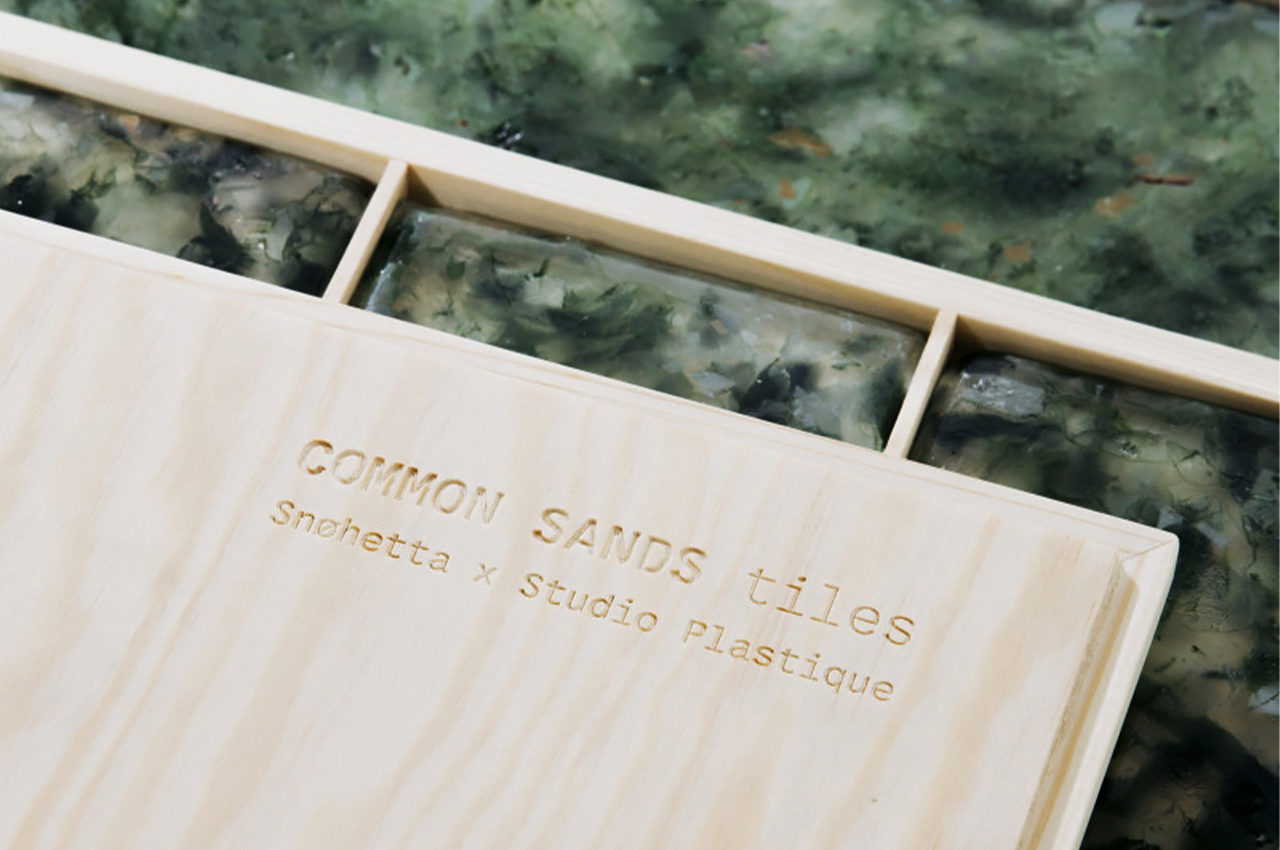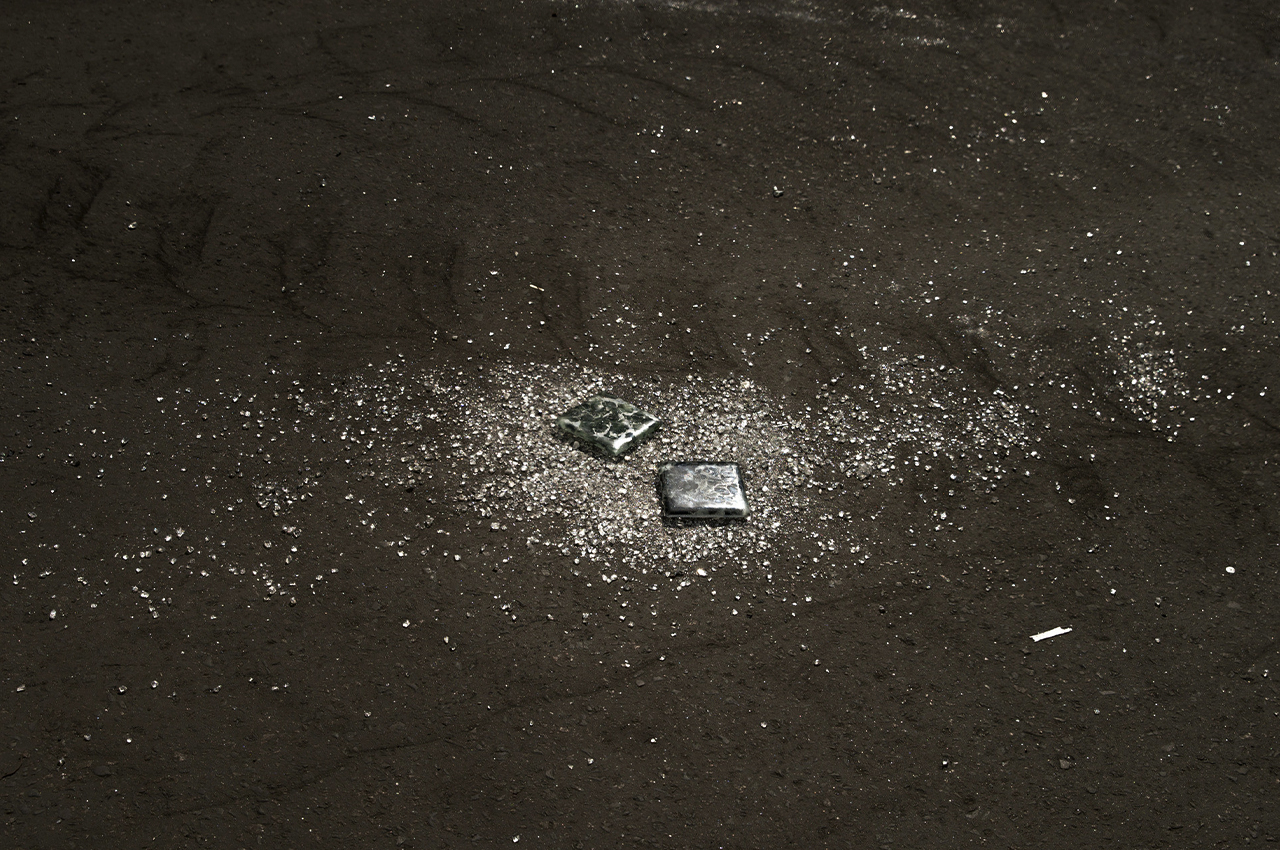Minimalism never meant small, though many products that espouse that design philosophy do tend to minimize the space they occupy. When it comes to desks and work tables, there has also been a trend to lean more towards space efficiency, especially since offices and homes often have limited space for large furniture. There are instances, however, when a desk does need to be the focal point of a room, especially in offices that are designed around a single person’s work or presence. If you have enough space for it, this wood and glass protractor desk will definitely be an eye-catching piece thanks to its clean, minimalist design that makes the desk seem to be magically floating on air.
Designer: Kardiel
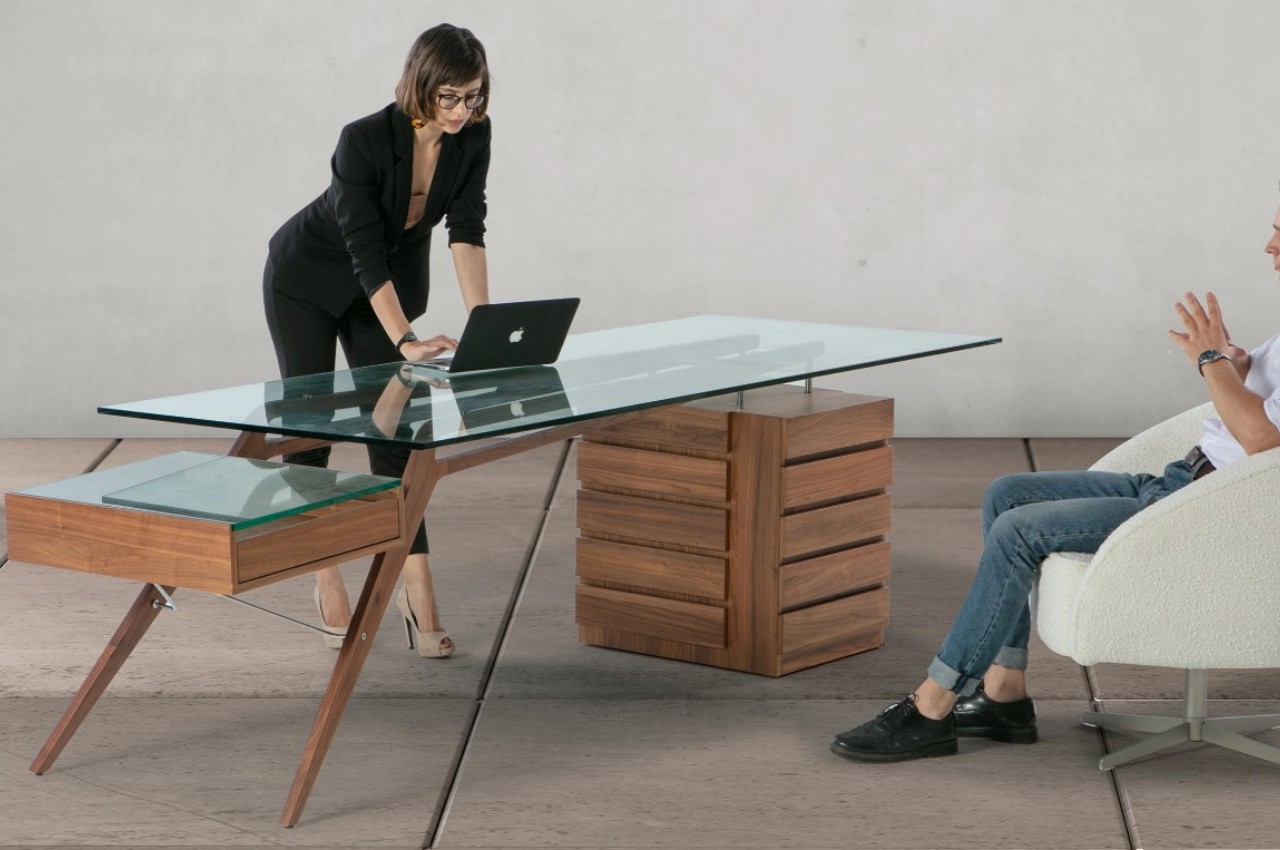
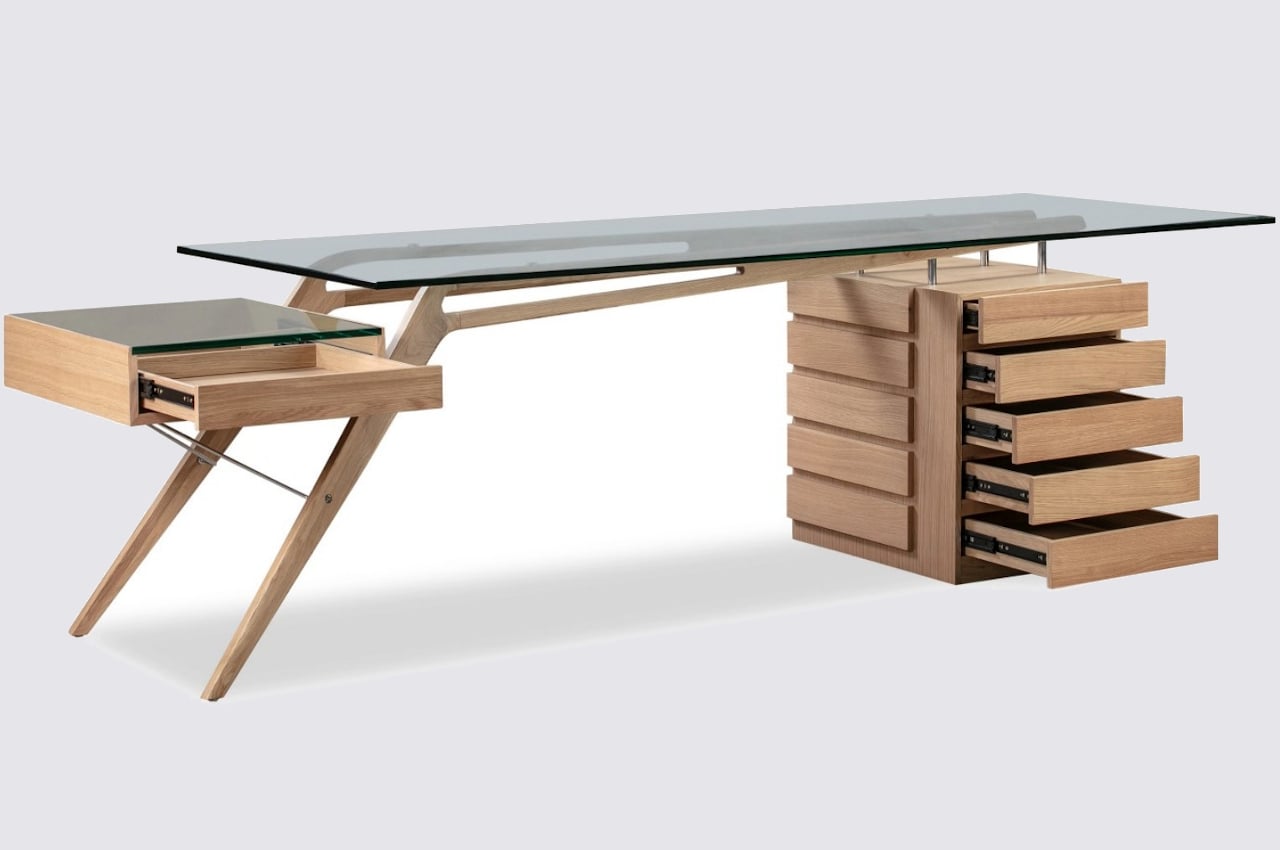
Based on the original by Italian architect and designer Carlo Mollino, the 1949 Protractor Desk combines a mid-century aesthetic with modern design techniques to create a piece of architectural art worthy of becoming the centerpiece of any office or room. It uses very simple forms yet has an air of sophistication to it through its use of fine materials and organic lines.
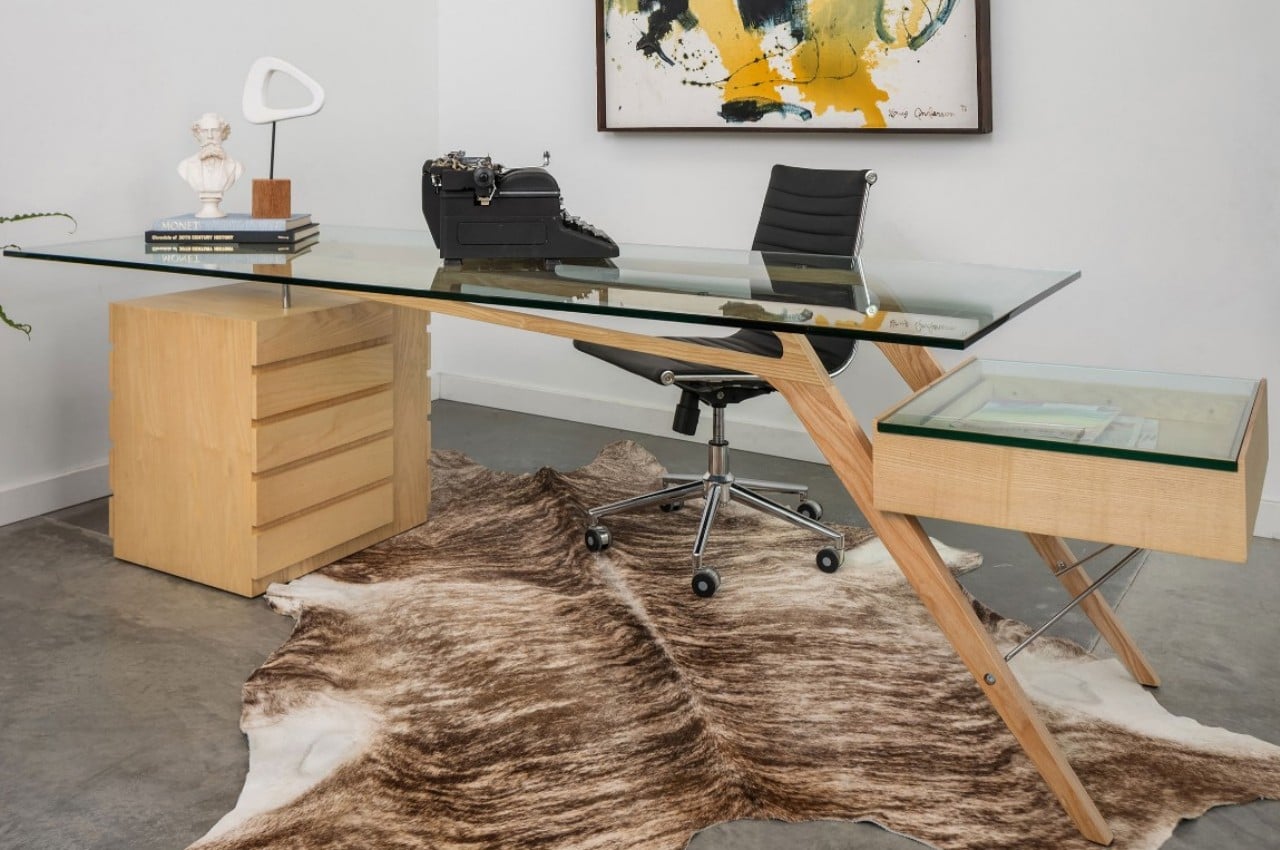
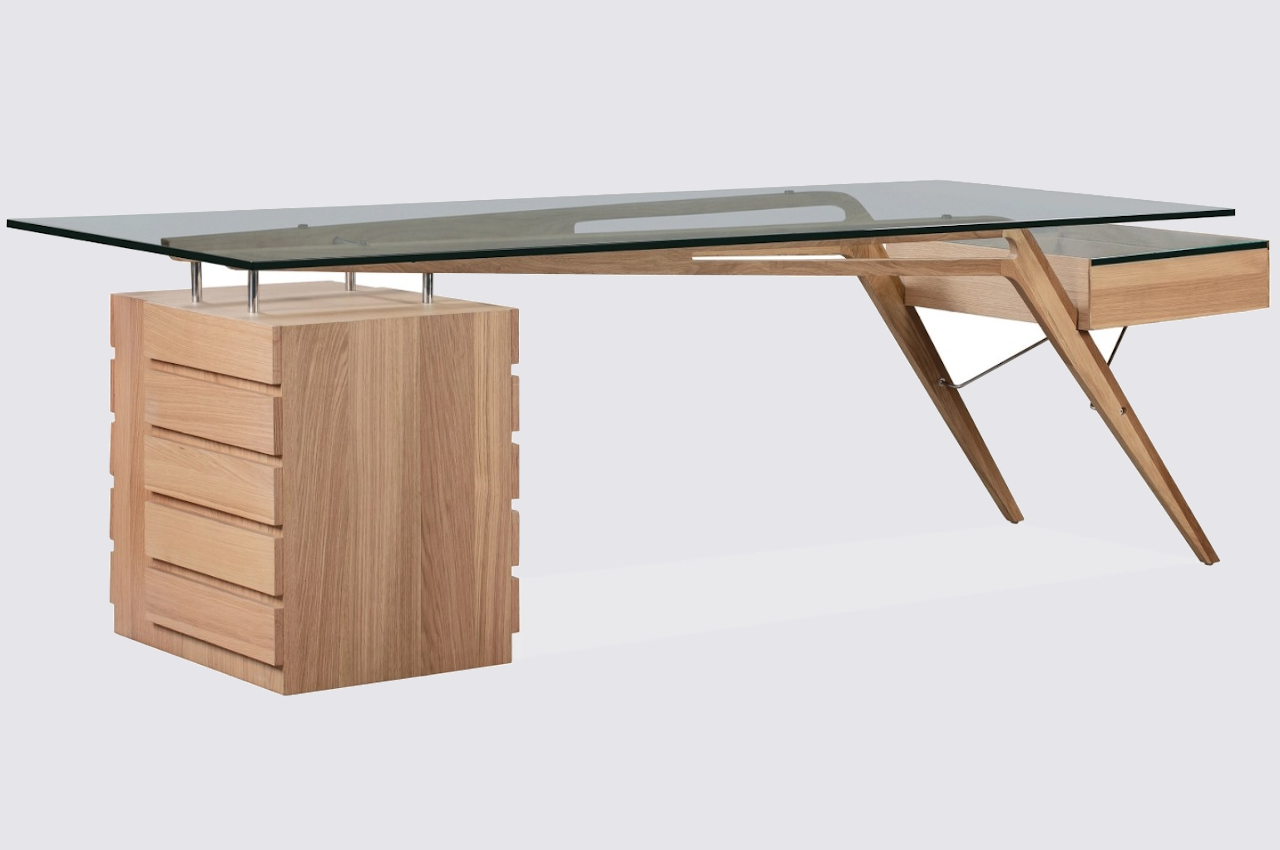
Although it is literally the most minimal part of the piece, the mid-century Protractor Desk’s unbelievably thin legs immediately catch your attention, puzzling the mind on how it is able to hold the glass tabletop aloft at all. Shaped like a boomerang or an opened compass, the wooden beams form intersecting and contrasting lines that give the table a dynamic character. The horizontal beam has oblong cutouts that give the illusion of an invisible frame. There is very little to obscure your view beneath the desk, leaving ample room for a chair to slide into.
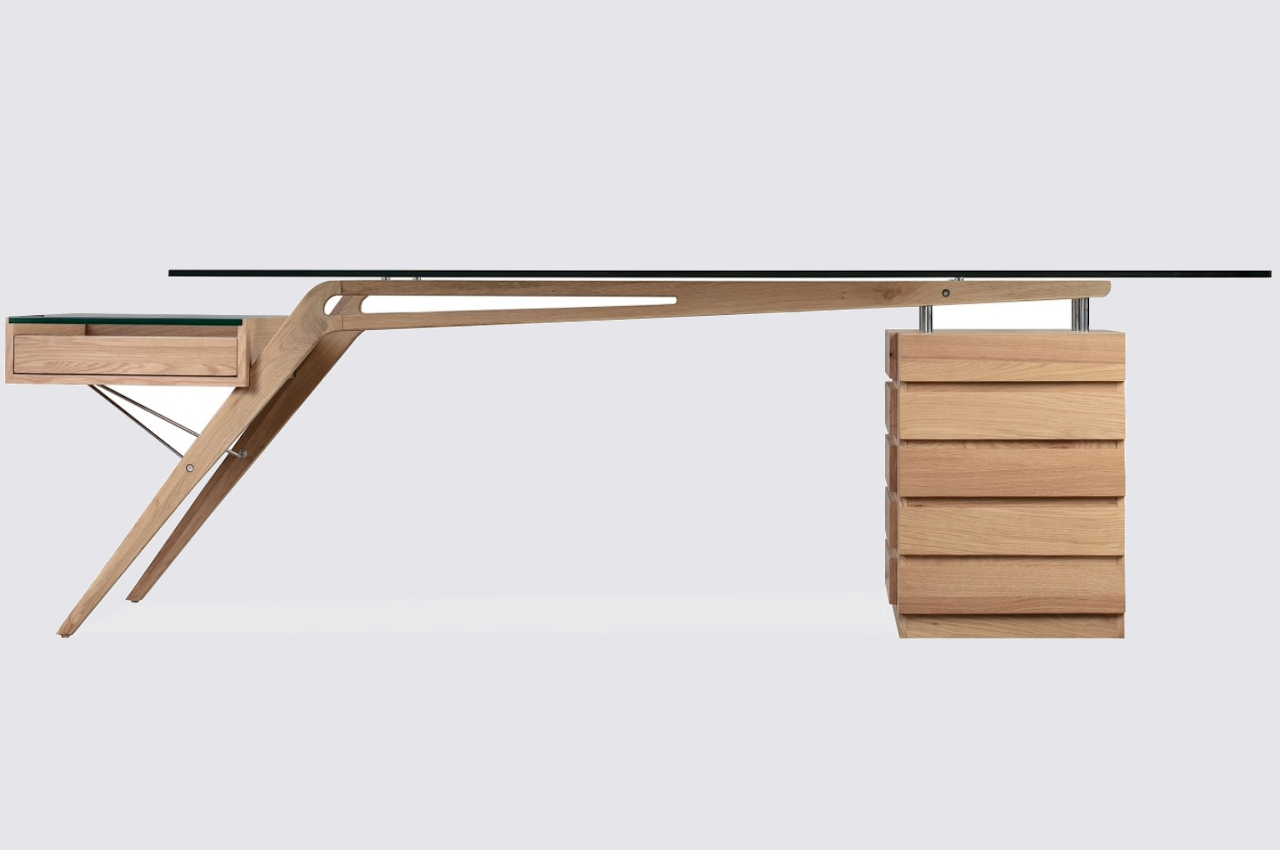
Of course, its airy appearance is just an illusion, and the desk’s fine legs on one side are balanced by a slatted wooden cube that is home to five drawers. Four stainless steel bolts connect the box to the end of the wooden beam. Its solid and simpler form provides a sharp contrast to the thin legs on the opposite side, providing both visual and structural balance to the desk. Opposite the box is an open-faced single pull-out drawer that seemingly floats in the air, supported only by two steel rods. This reinforces the table’s almost ethereal design, which complements and contrasts the earthy tones of its wooden body.
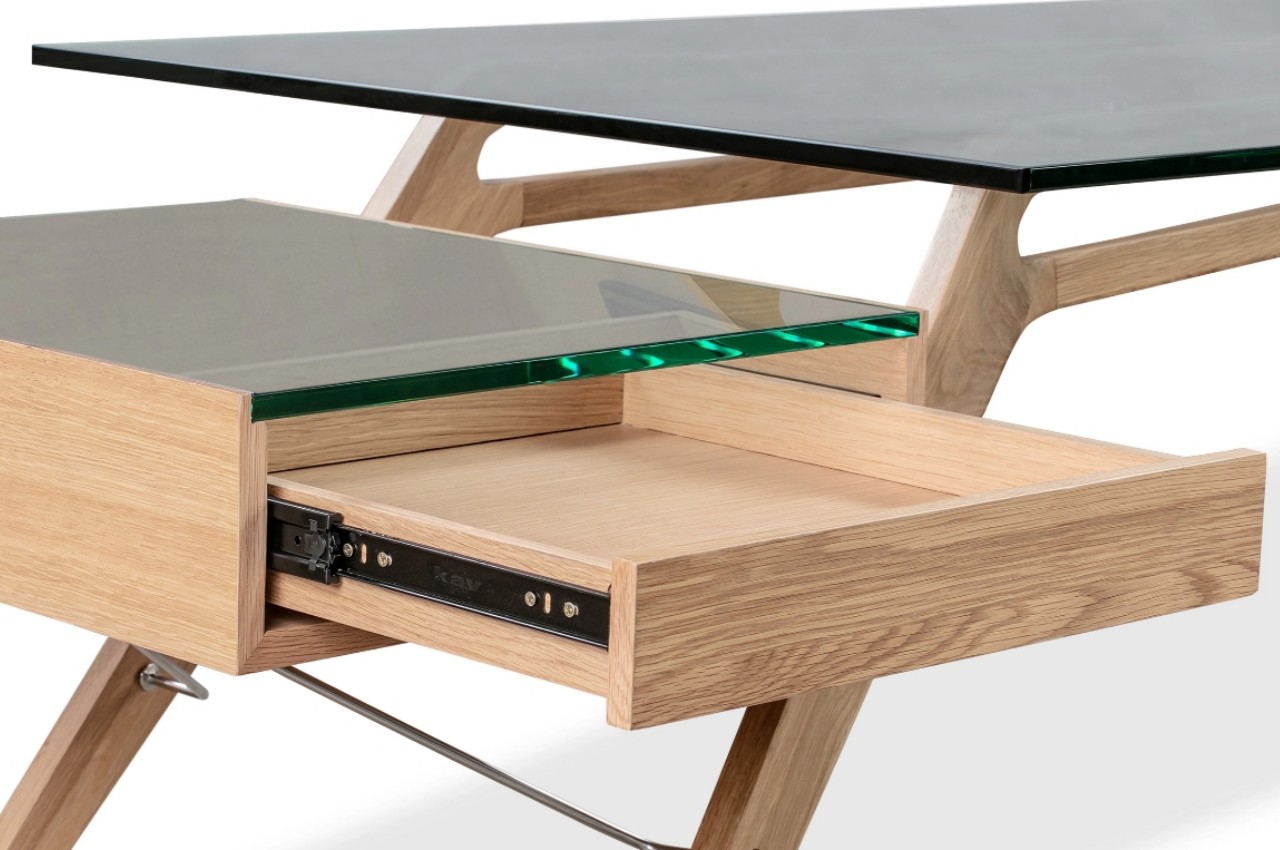

The 1949 Protractor Desk is definitely long by regular desk measures, about 98.4 inches long to be precise. You’ll need to reserve a lot of space for this piece of furniture, but given its dominating presence and eye-catching design, it’s one that you’ll want to really stand out anyway.
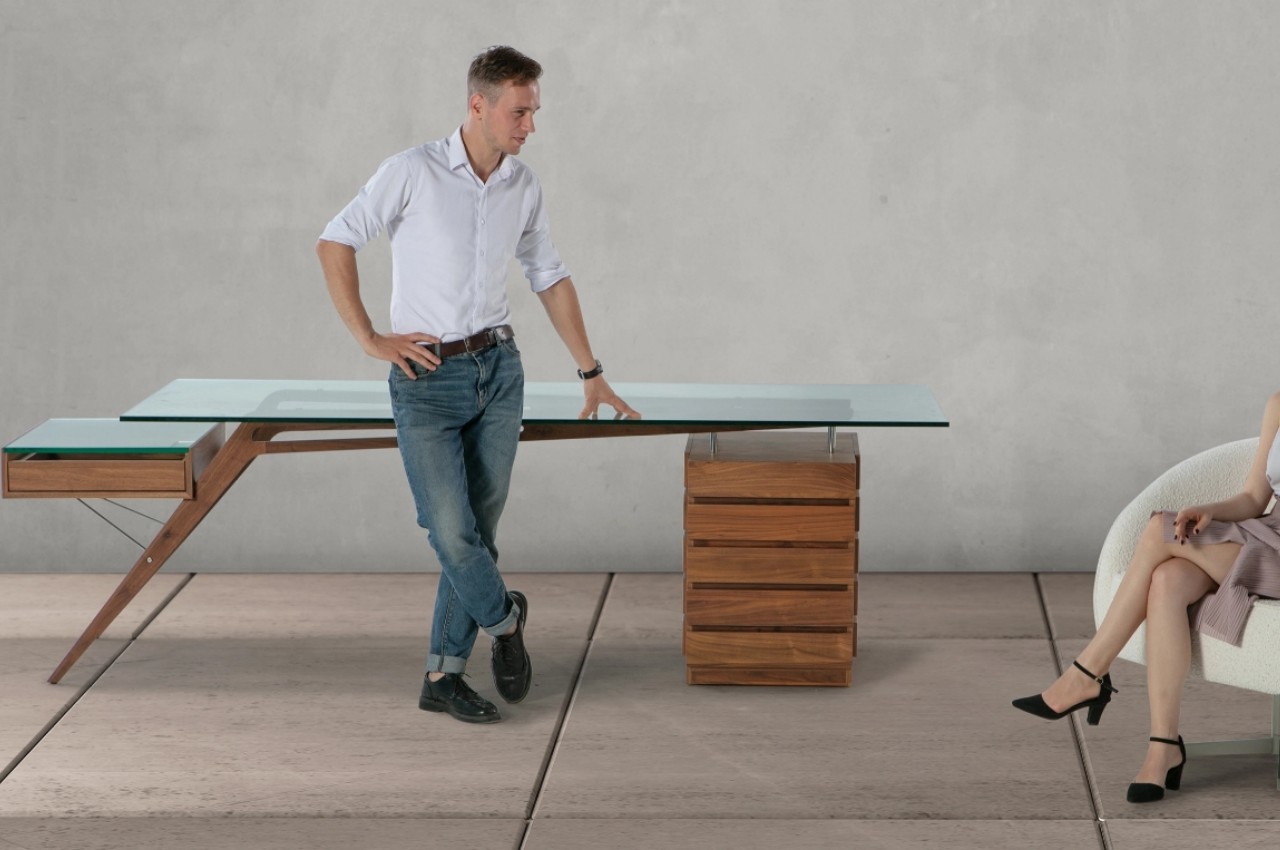
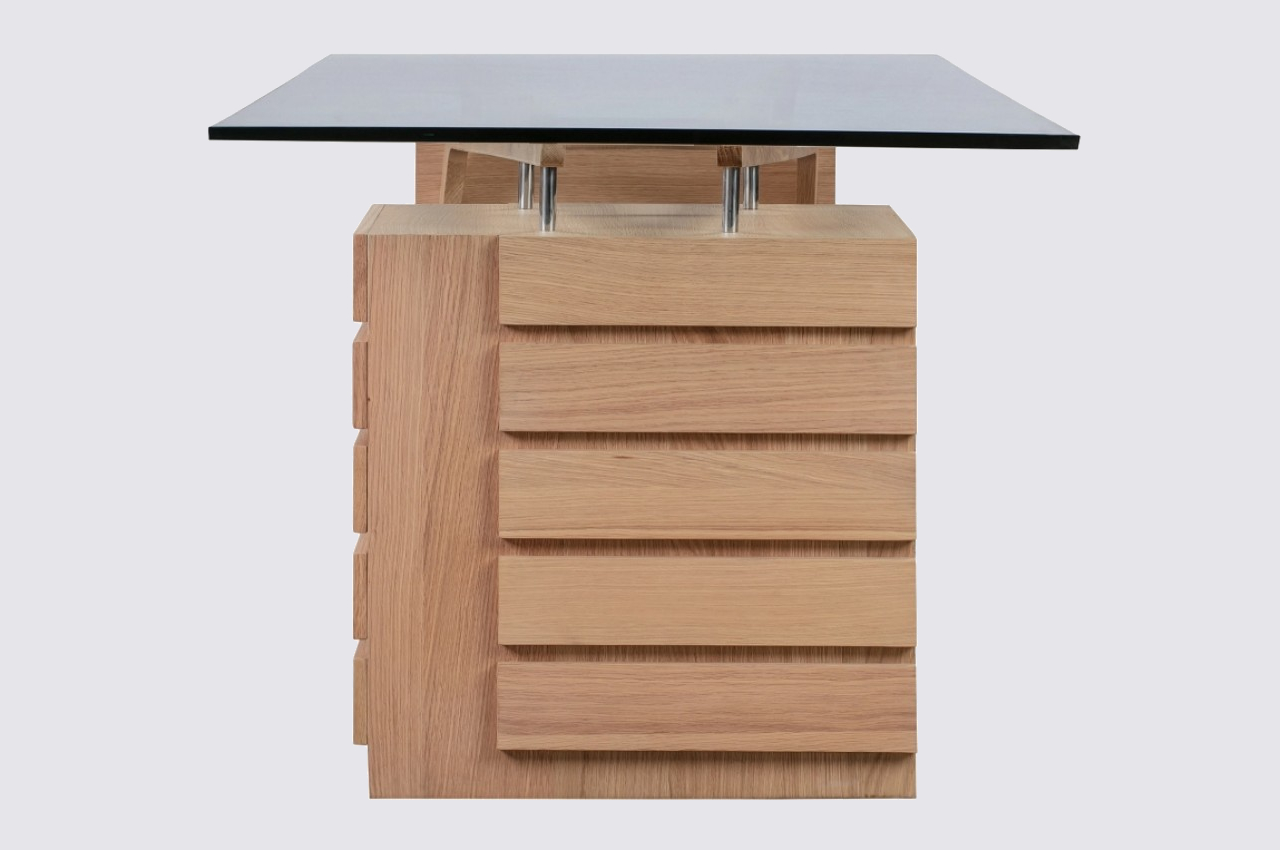
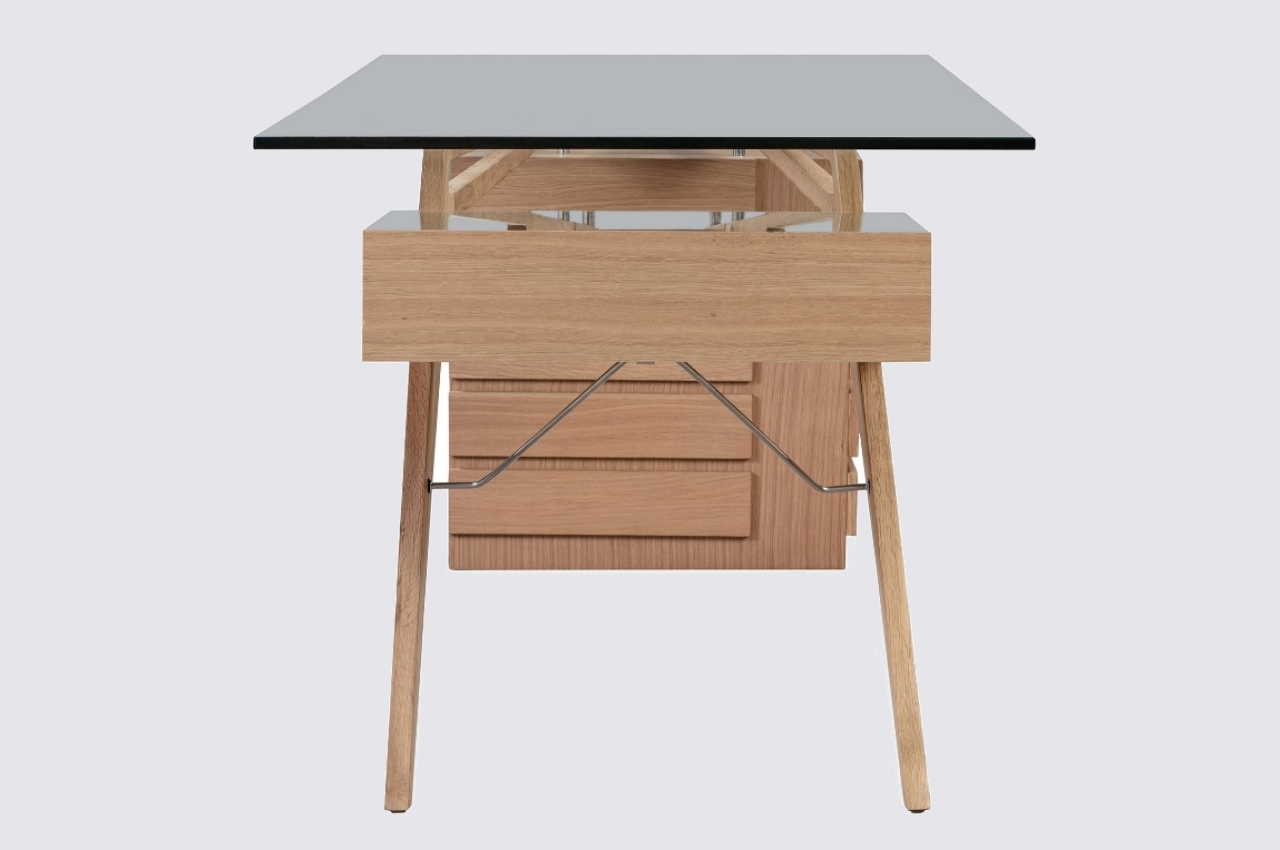
The post This gorgeous desk will dominate any room with its mid-century design first appeared on Yanko Design.
